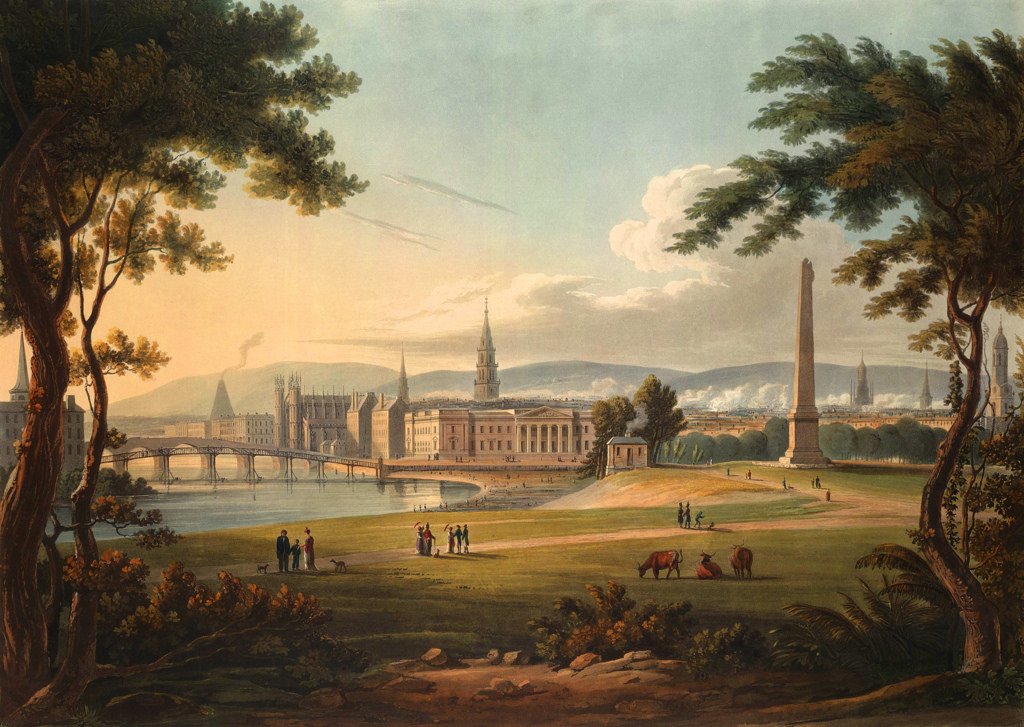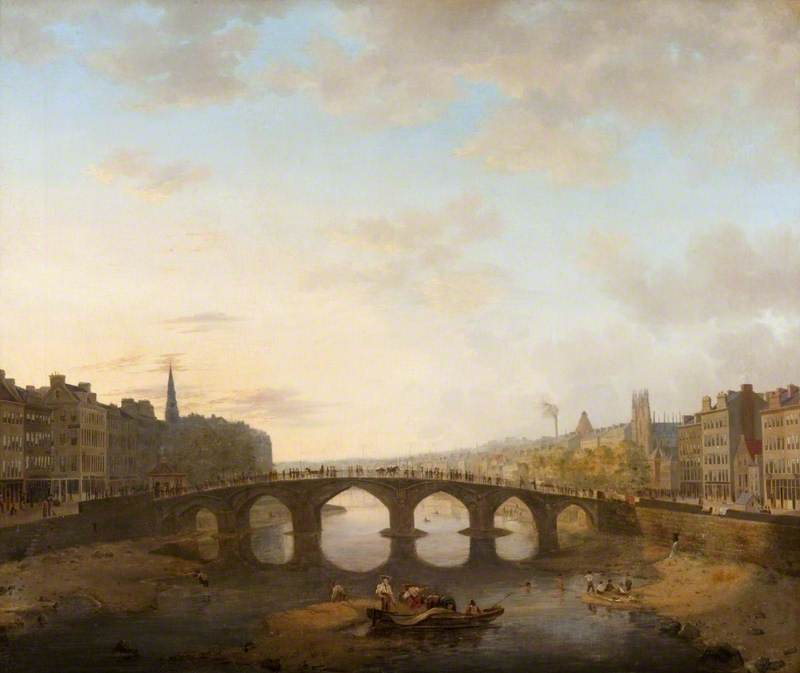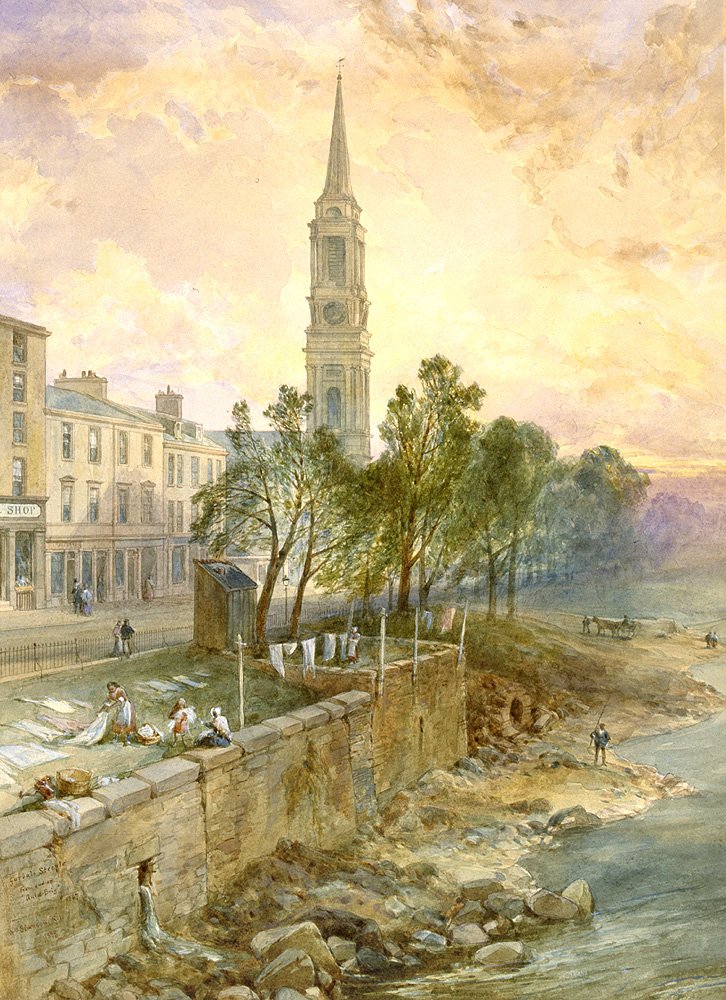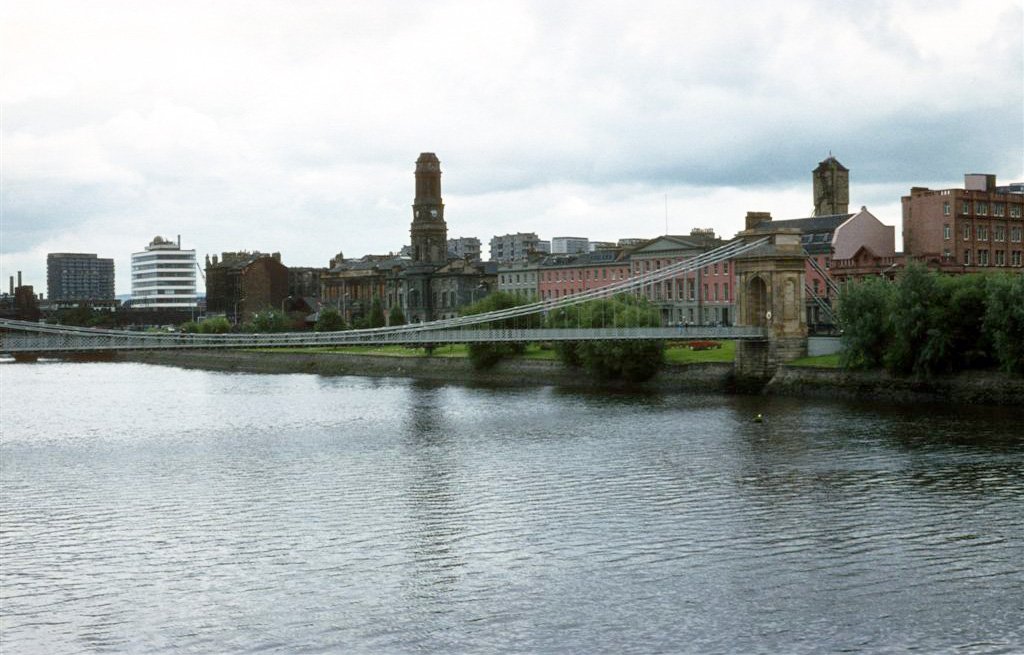Photographer #RaymondDepardon visited #Glasgow in 1980 on assignment from the Sunday Times. The job was to photograph affluence & poverty, neither were something Glasgow was short of. But the affluence of Glasgow in 1980 was discreet, largely retreated to neighbouring suburbs. 
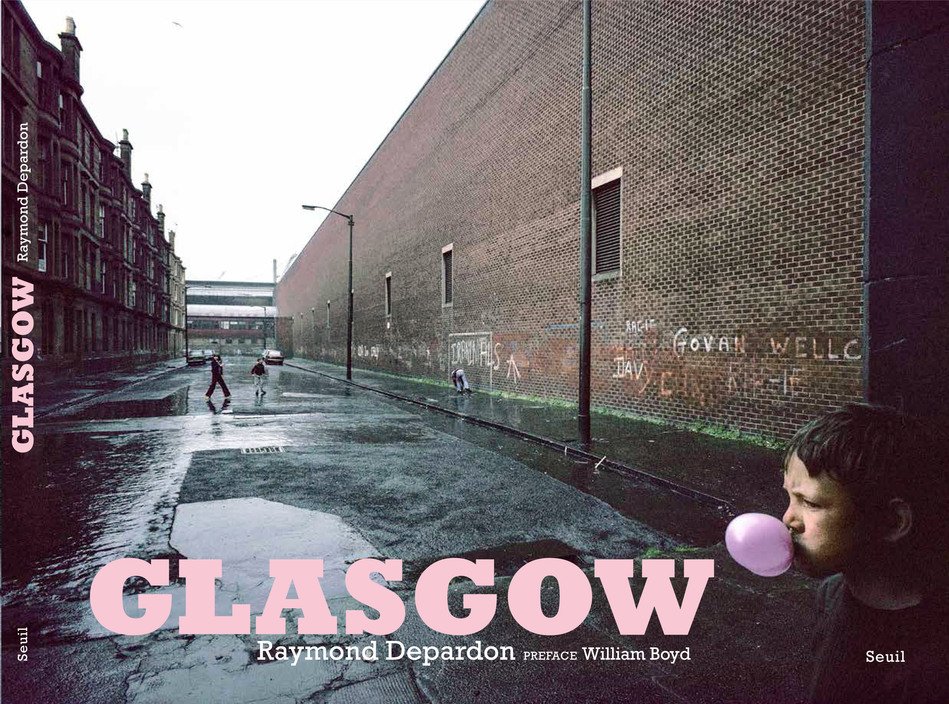
This once metropolis had torn - and was continuing to tear- itself apart. The brick and ashlar edifices that lined the gridded streets, the great architectural baubles and trinkets that two centuries of commerce & industry had built were disappearing. So too were its people. 

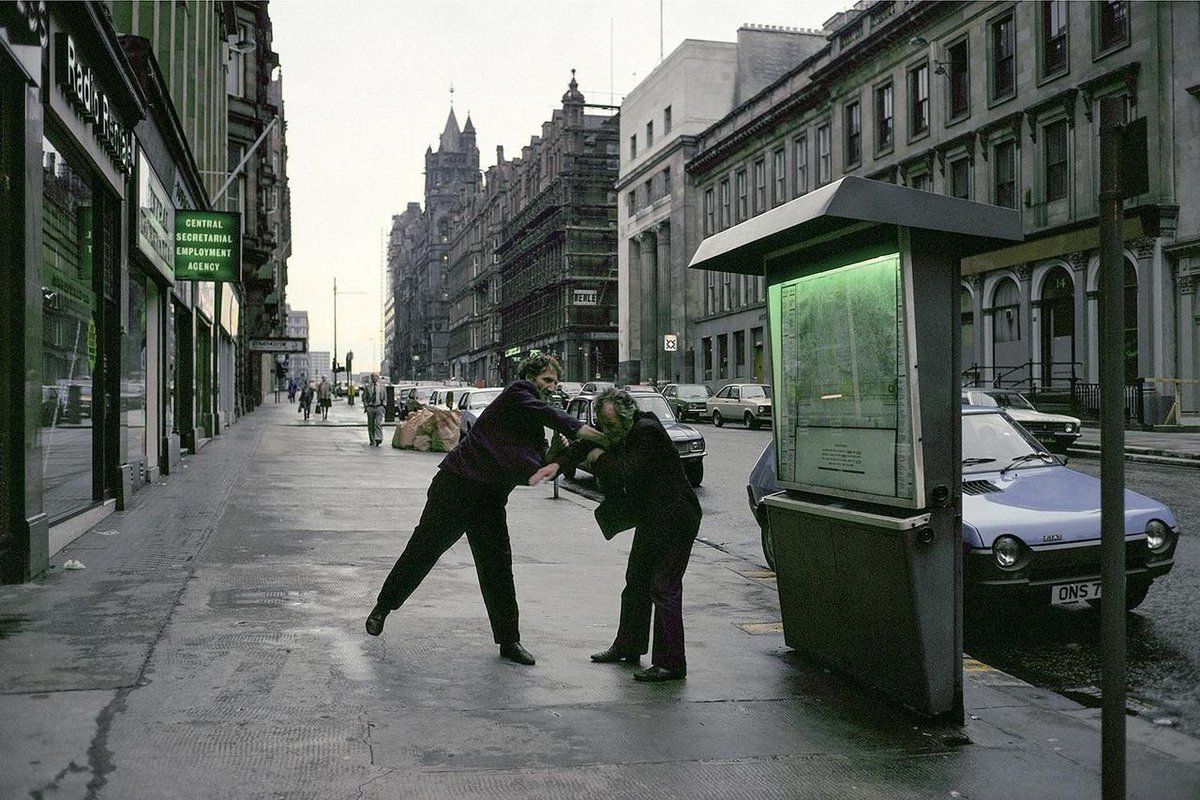
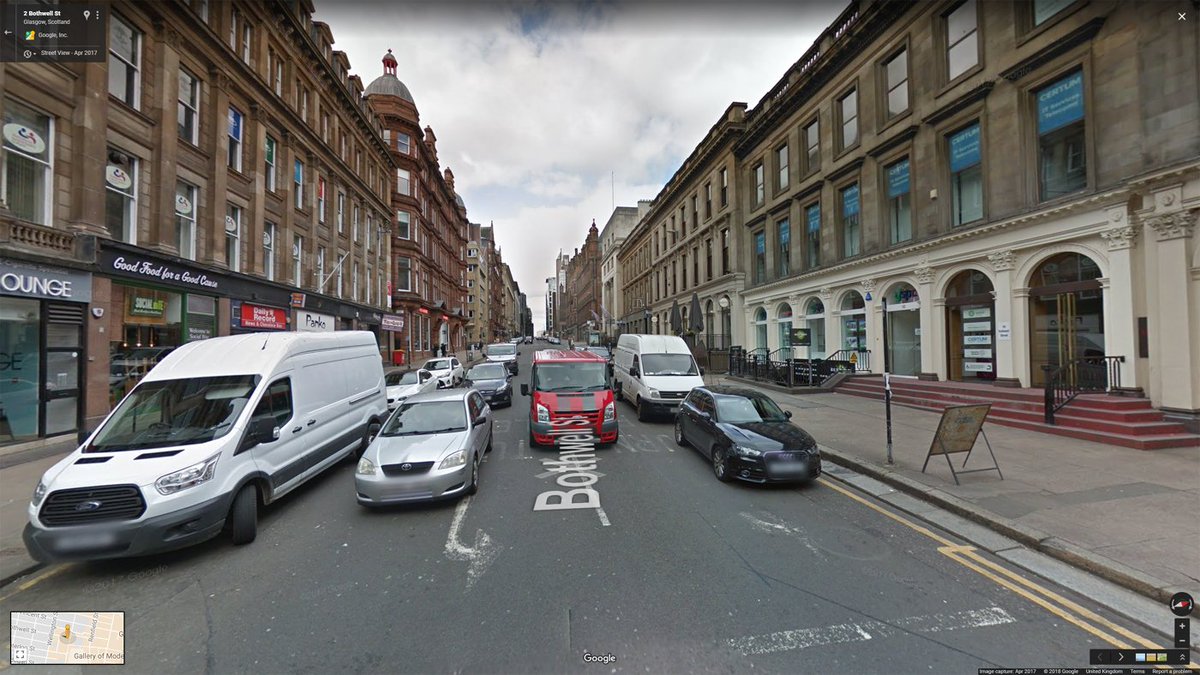
How could you plan for life when there's no certainty your workplace, house, your street, your entire district will stand for any length of time. What is hope when decrepitude stands on every other corner, whole streets of empty tenements lined up waiting for their execution. 

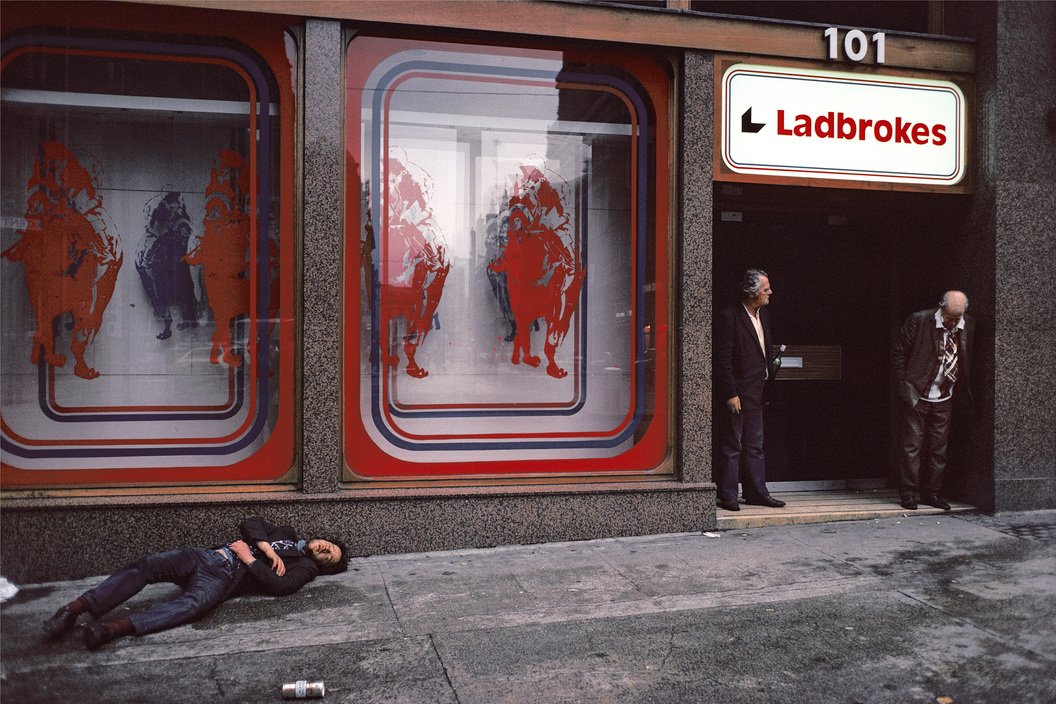

People are resilient though. More so than buildings. 

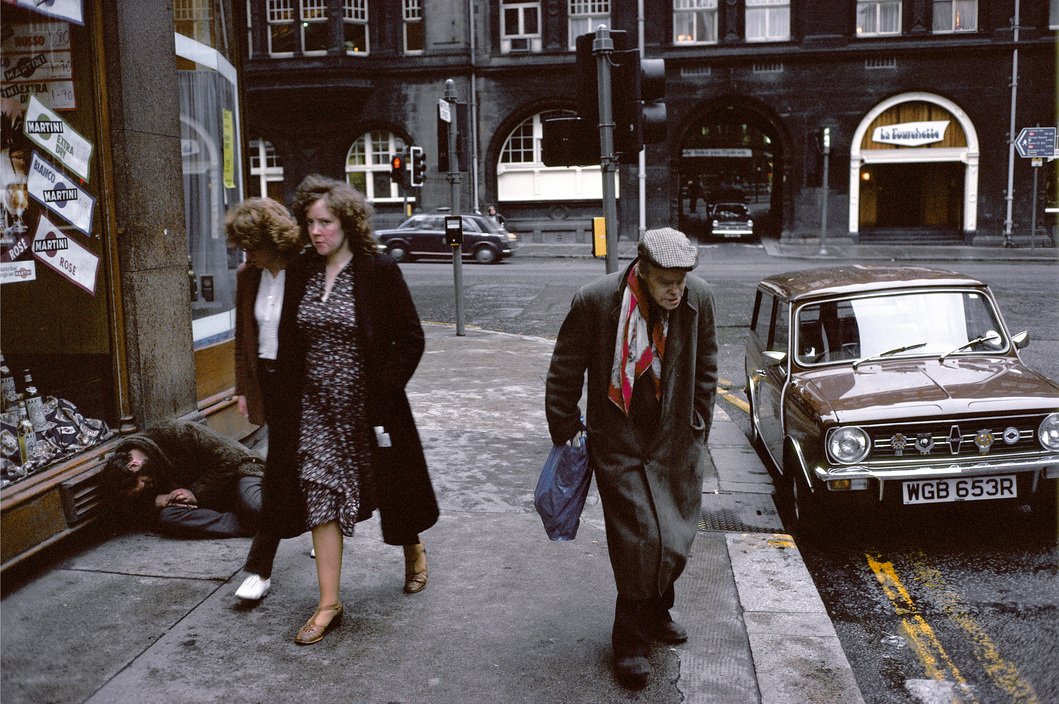
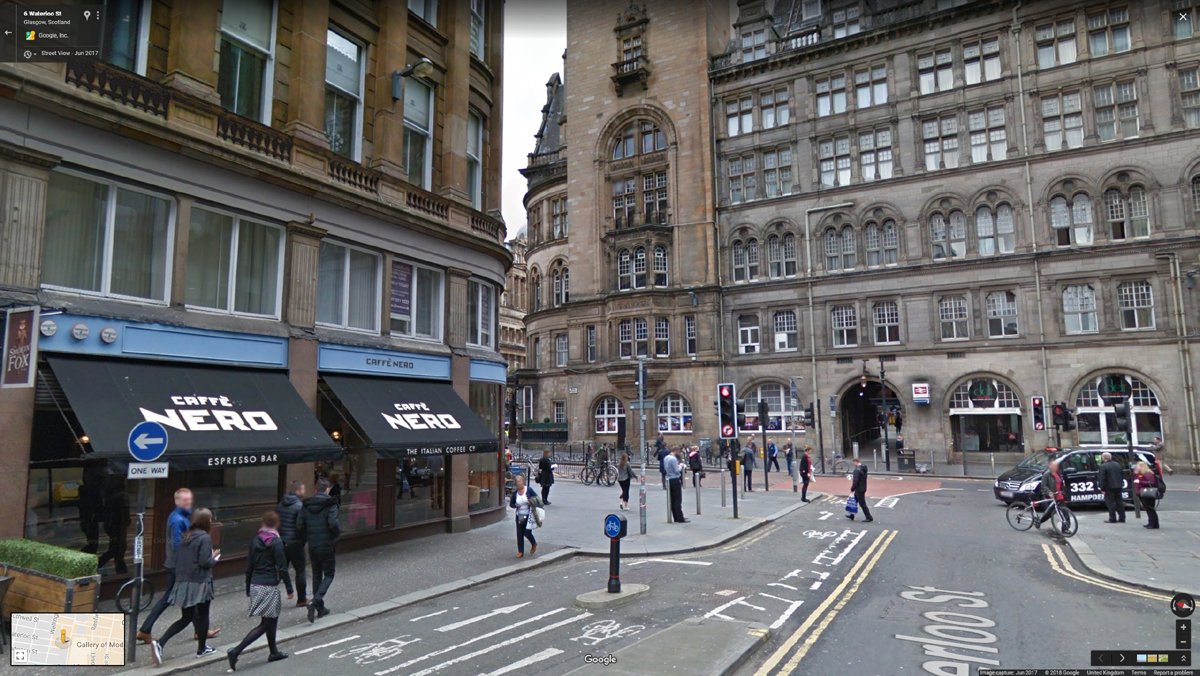
Life goes on. 

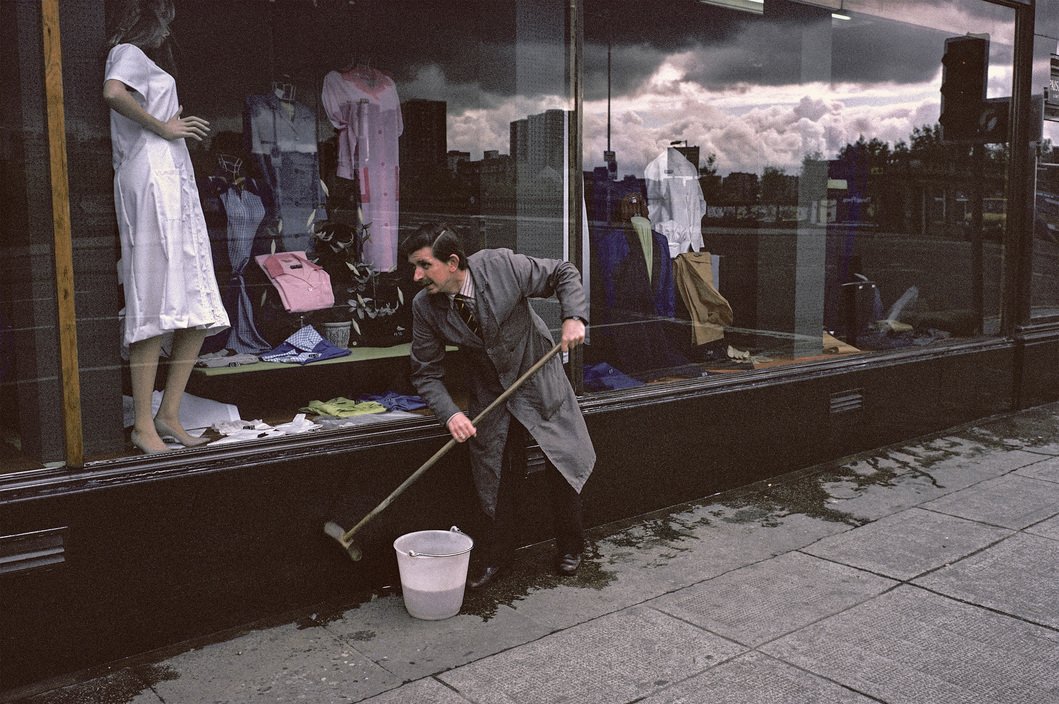
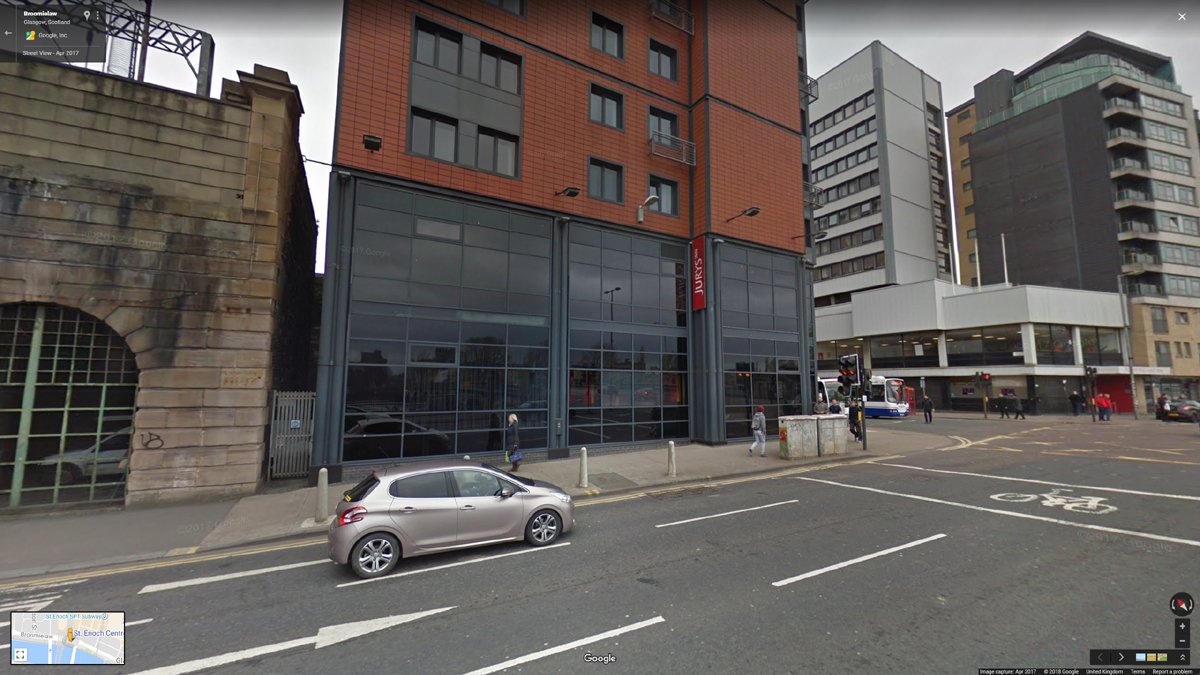
However hard it gets. 

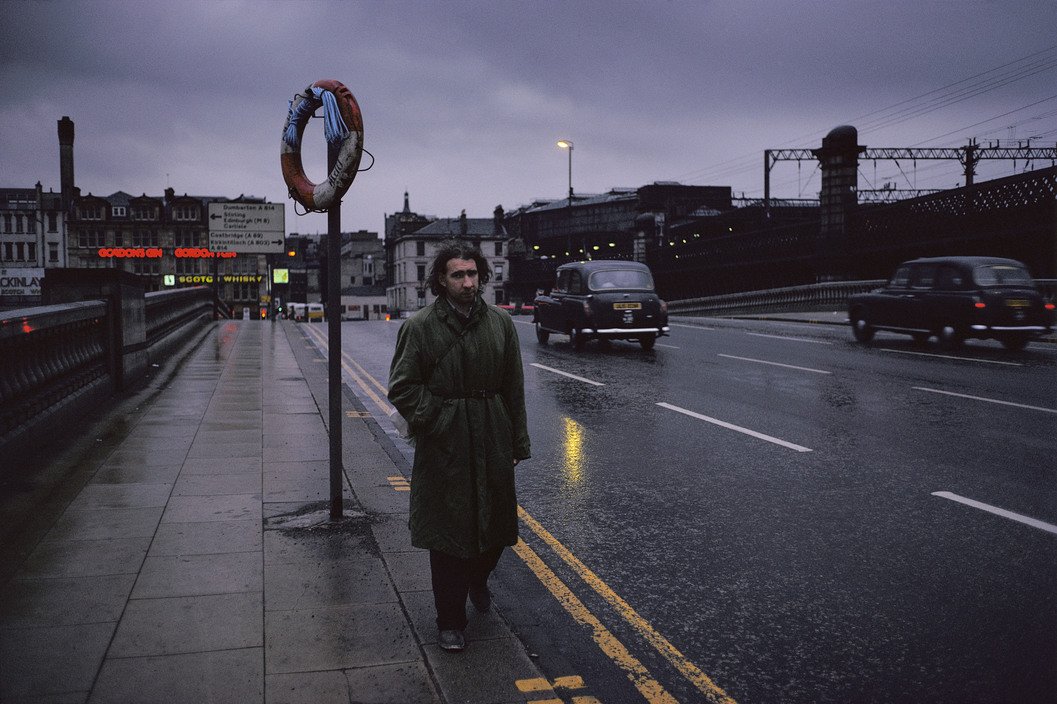

Jennifer Saunders knew about life and graft. There hasn't been a tram since she was in nappies, so she's walking, but by hook or by crook she's wearing those shoes. 

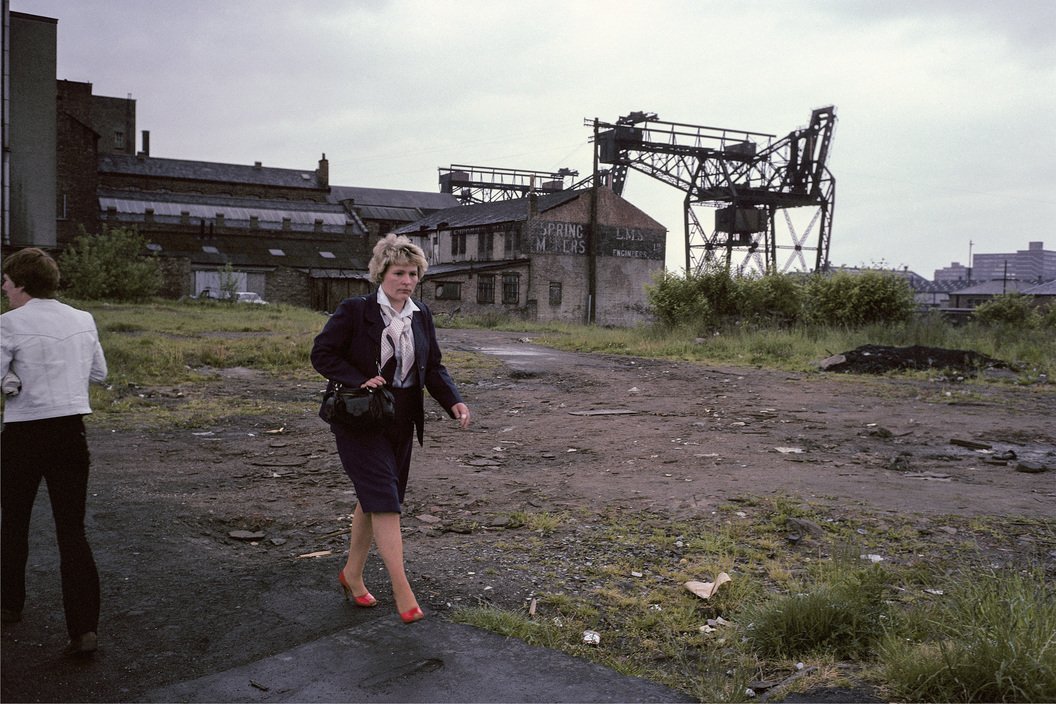
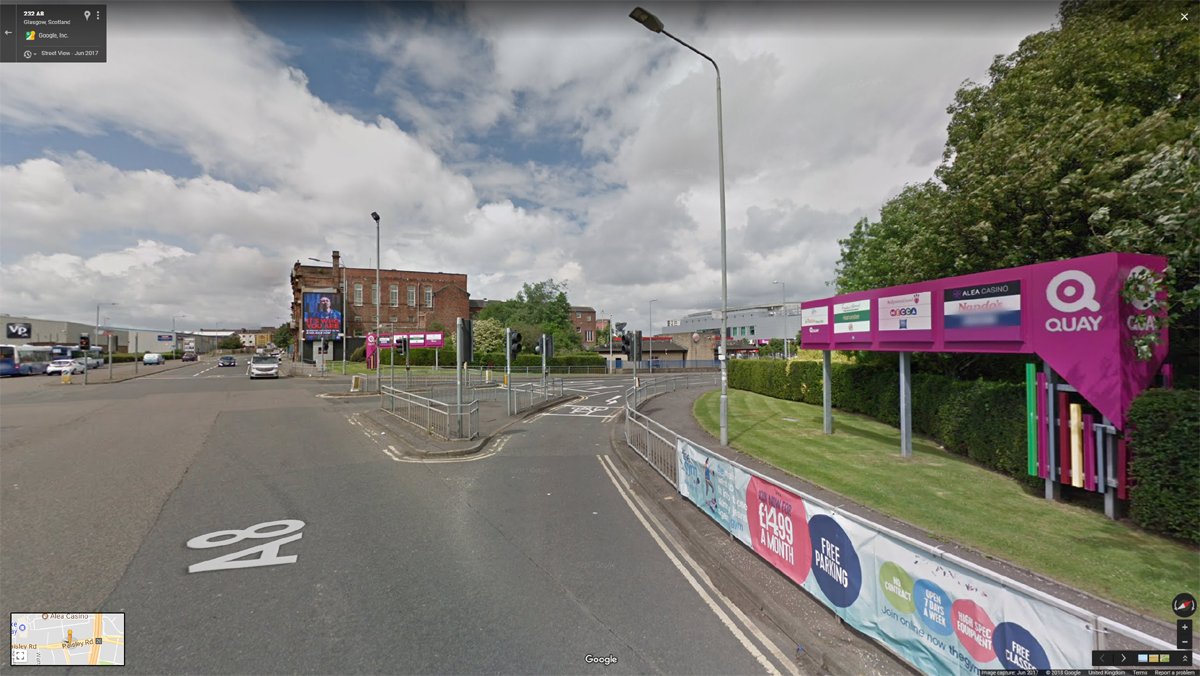
A derelict dock is an isolating, scary experience Even more frightening that government policy resulted in their closure and the steelworks they supplied with ore. 

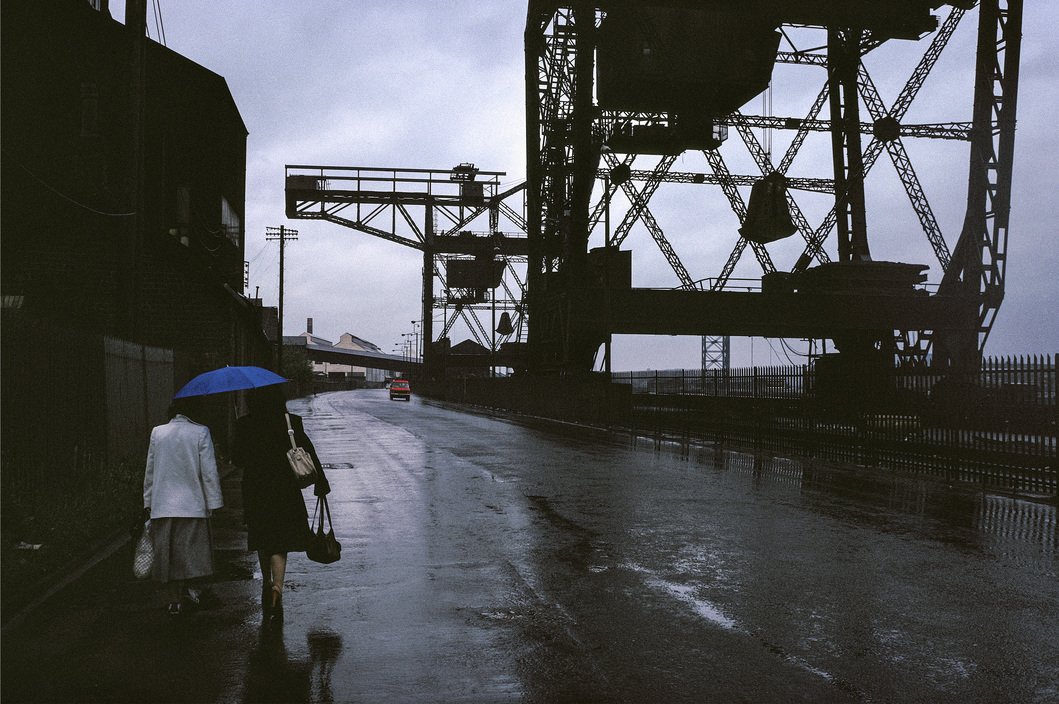
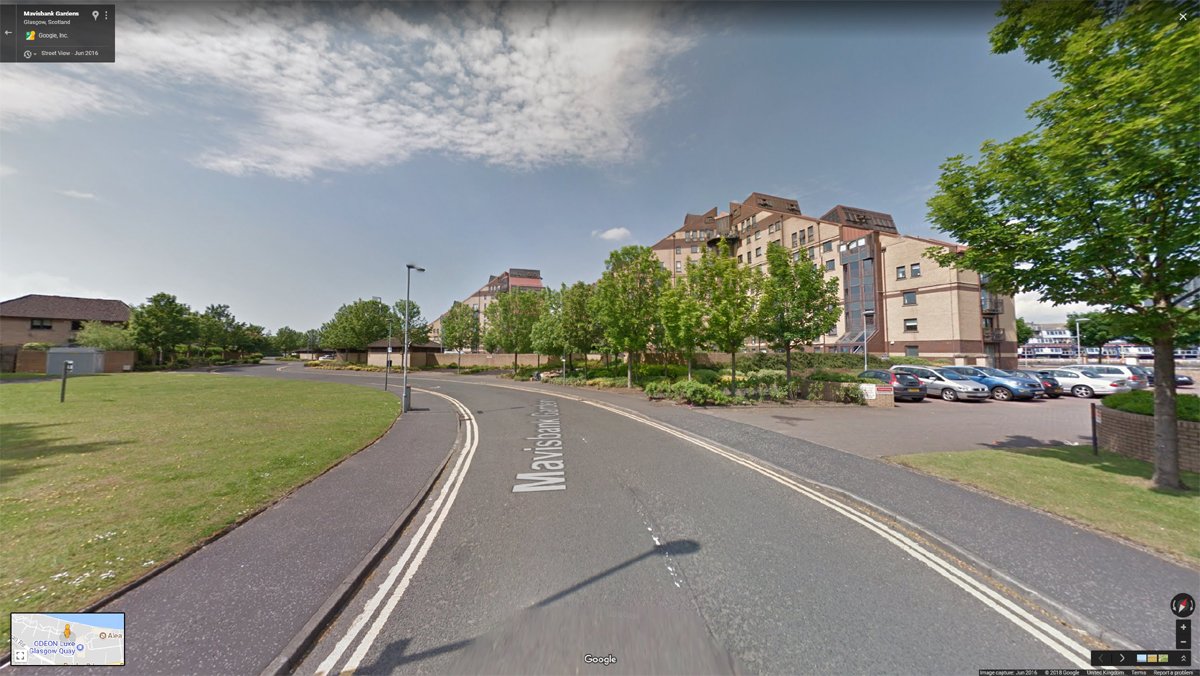
But ah kin still smile furr yer photie, son. 


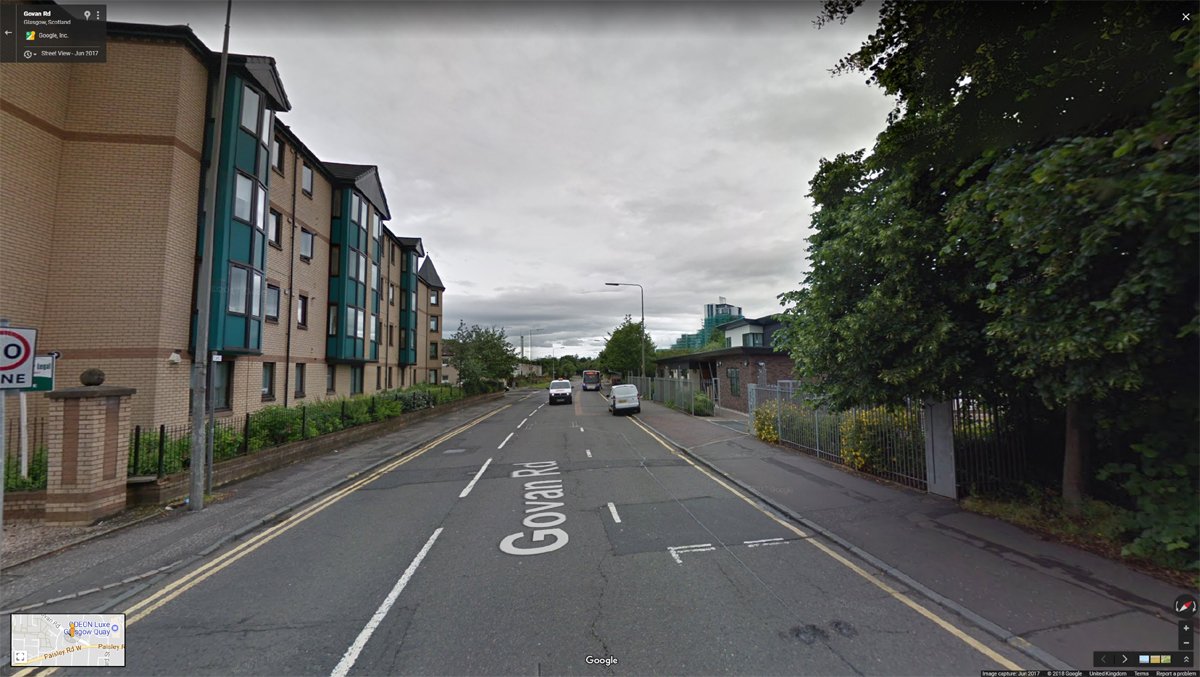
Just be discreet with that camera… 

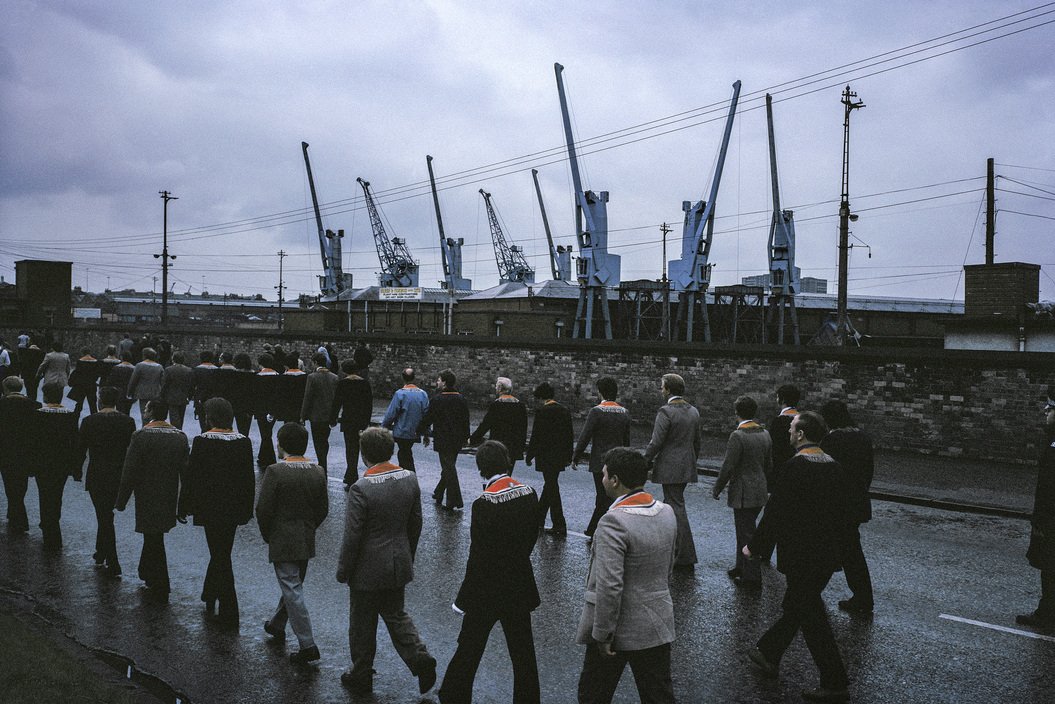
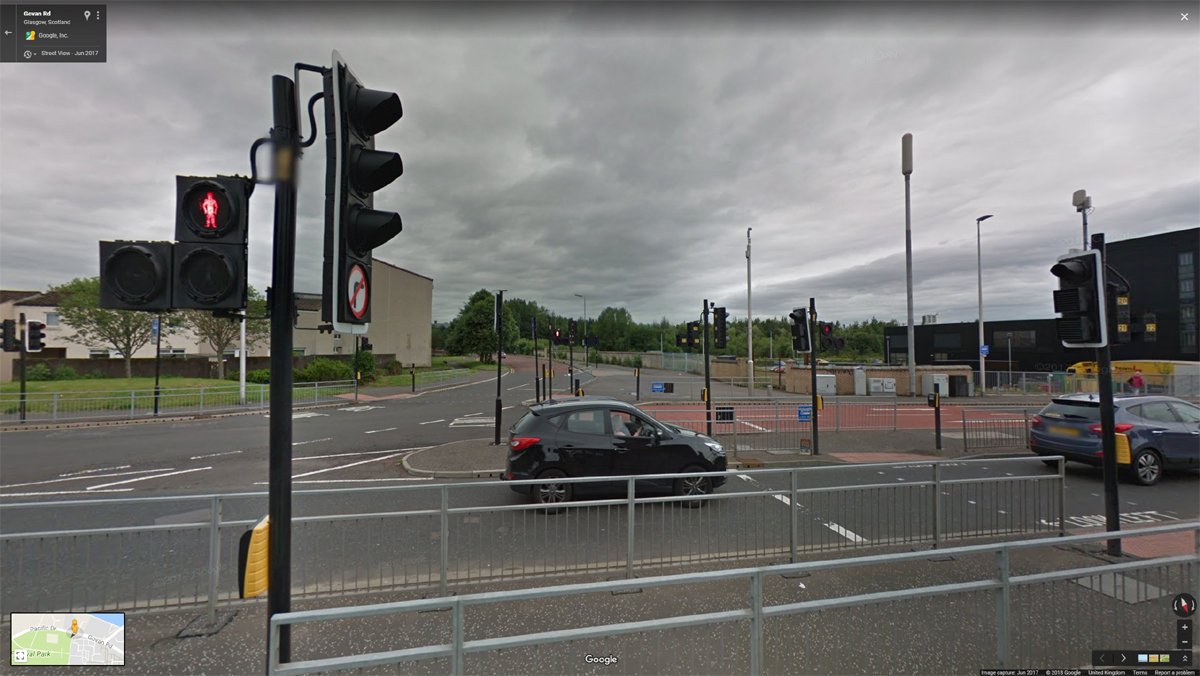
~Overview of the last 4 images: Demolition of Glasgow and the closure of its docks and shipping industries had been on the table since the 1920s and started in the 1950s. It dragged on into the 1990s. Areas in red have been demolished, red dots indicate Depardon's images. 


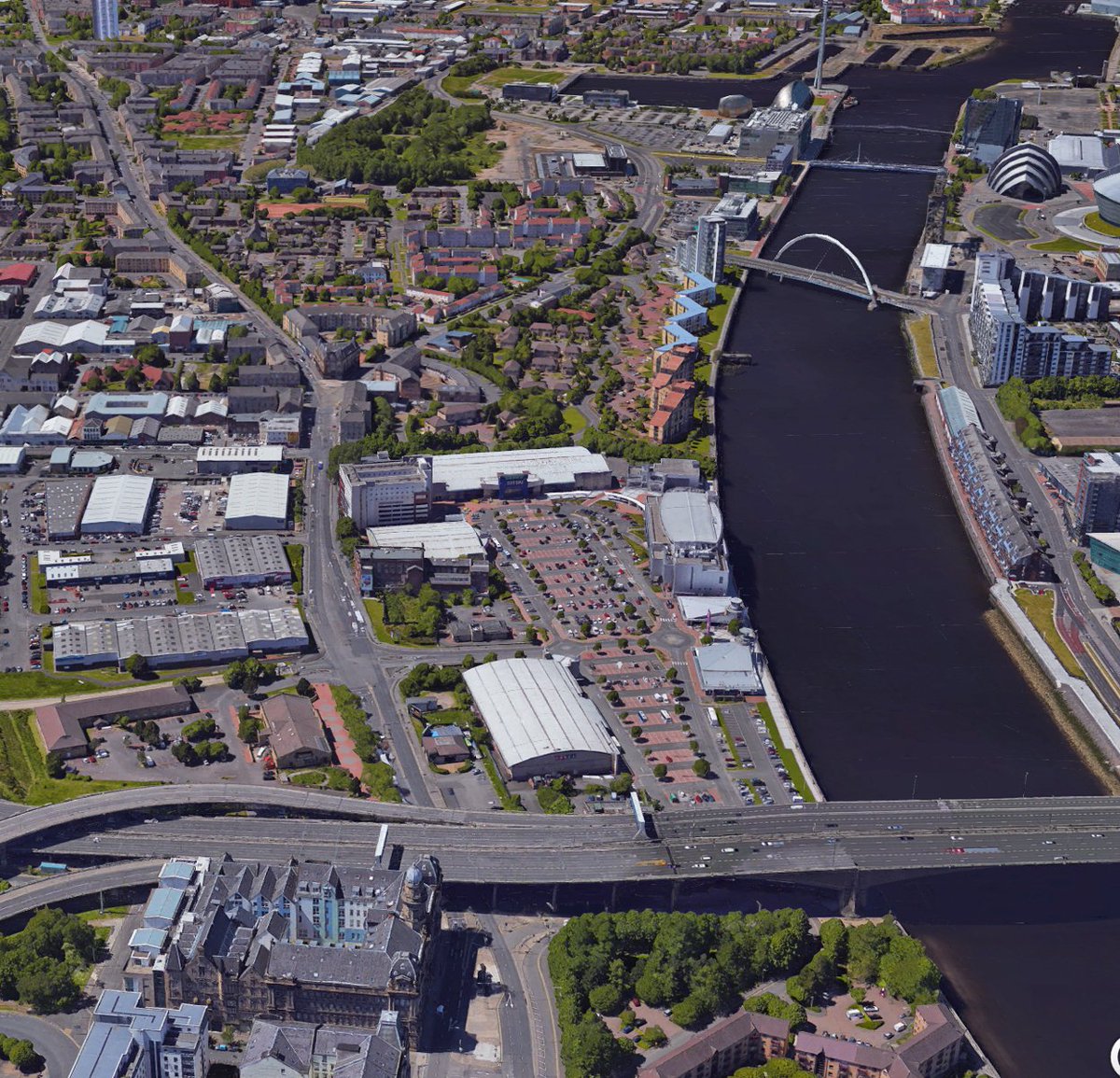
This ancient burgh, burial place of Kings, used to build ships for Tsars. Now it deals in scraps. I'd have cried too. 



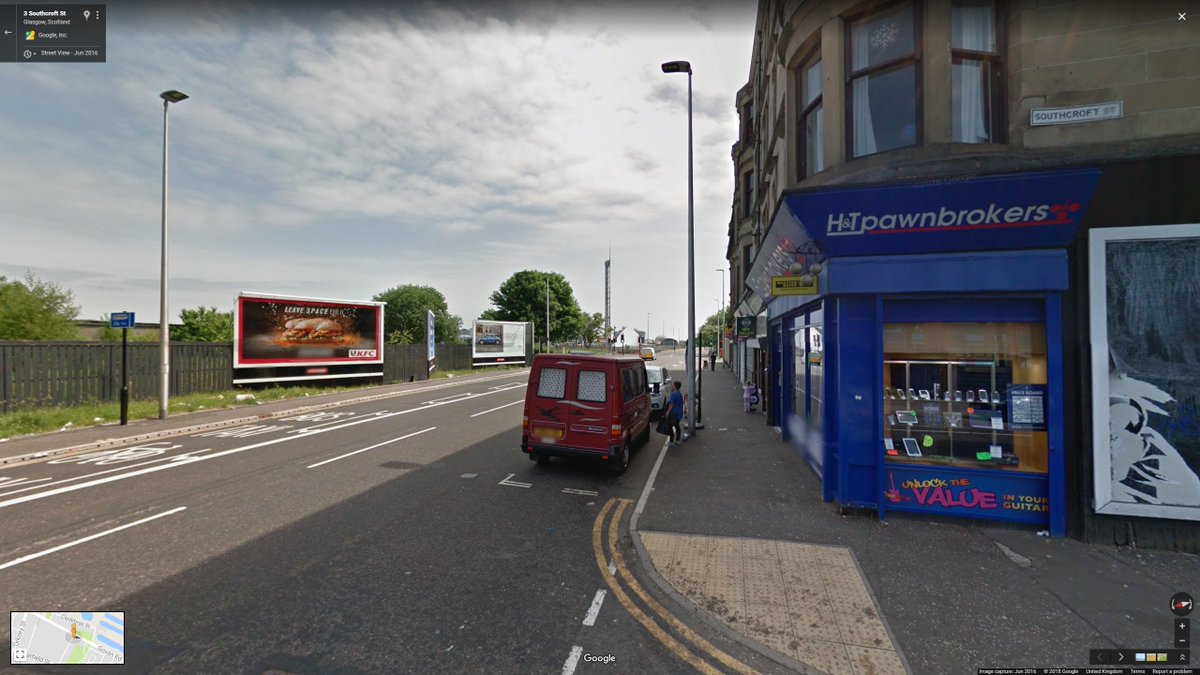
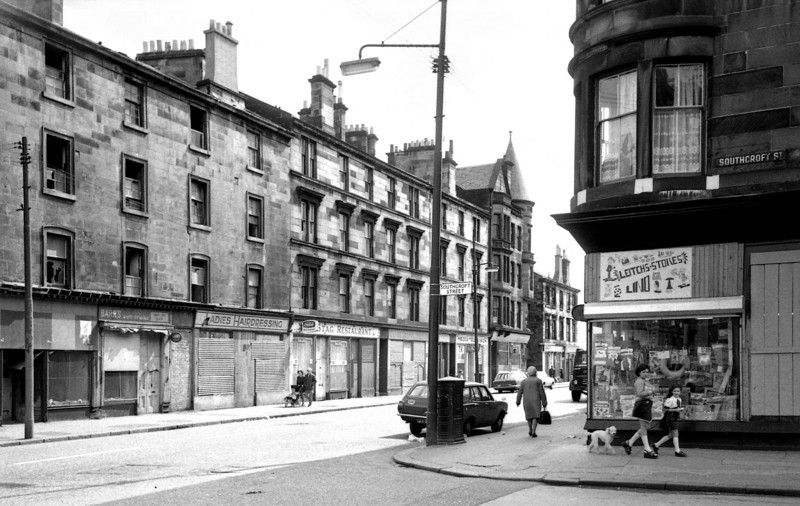
Ignorance can be bliss. 

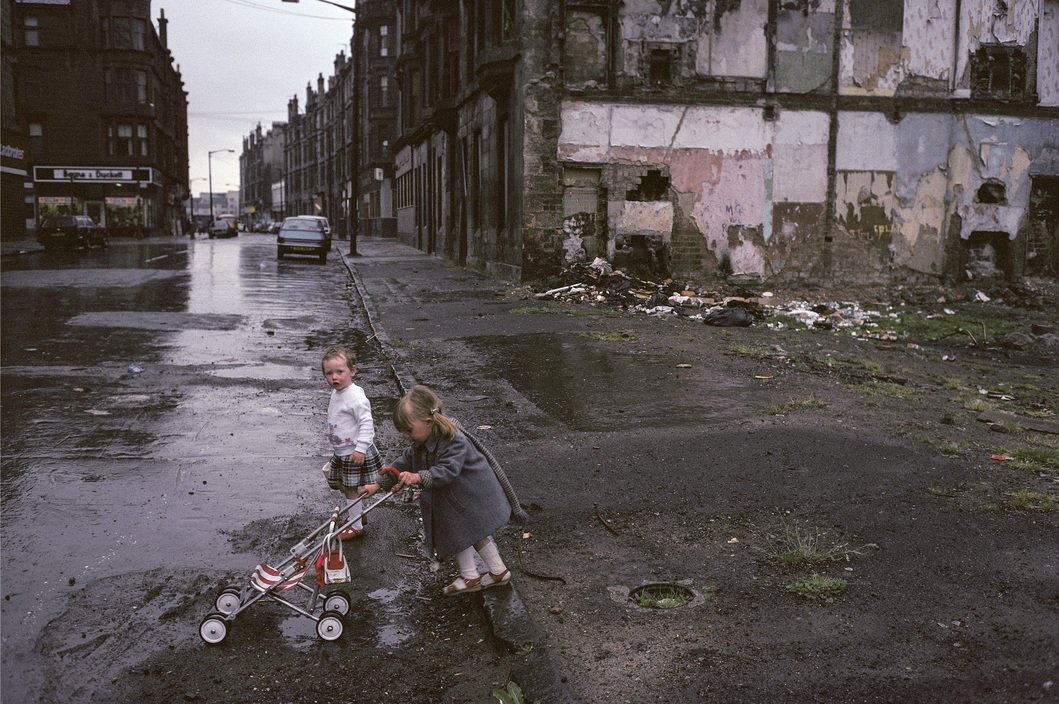
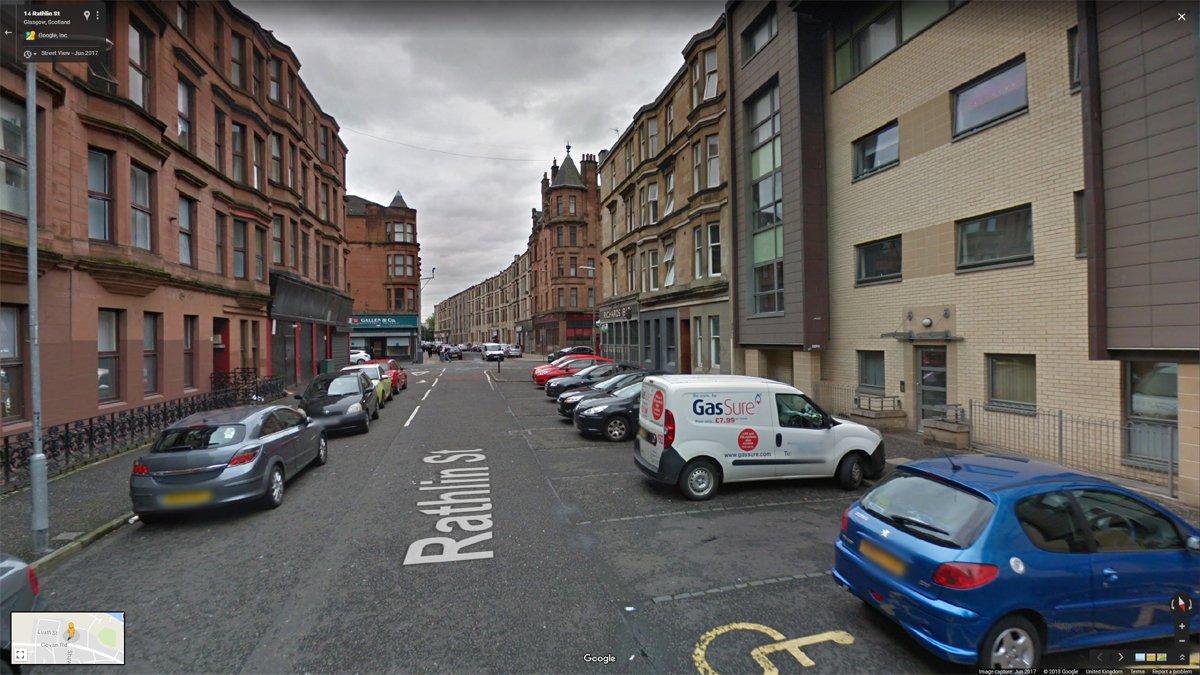
And demolition sites were always fun to play in. 


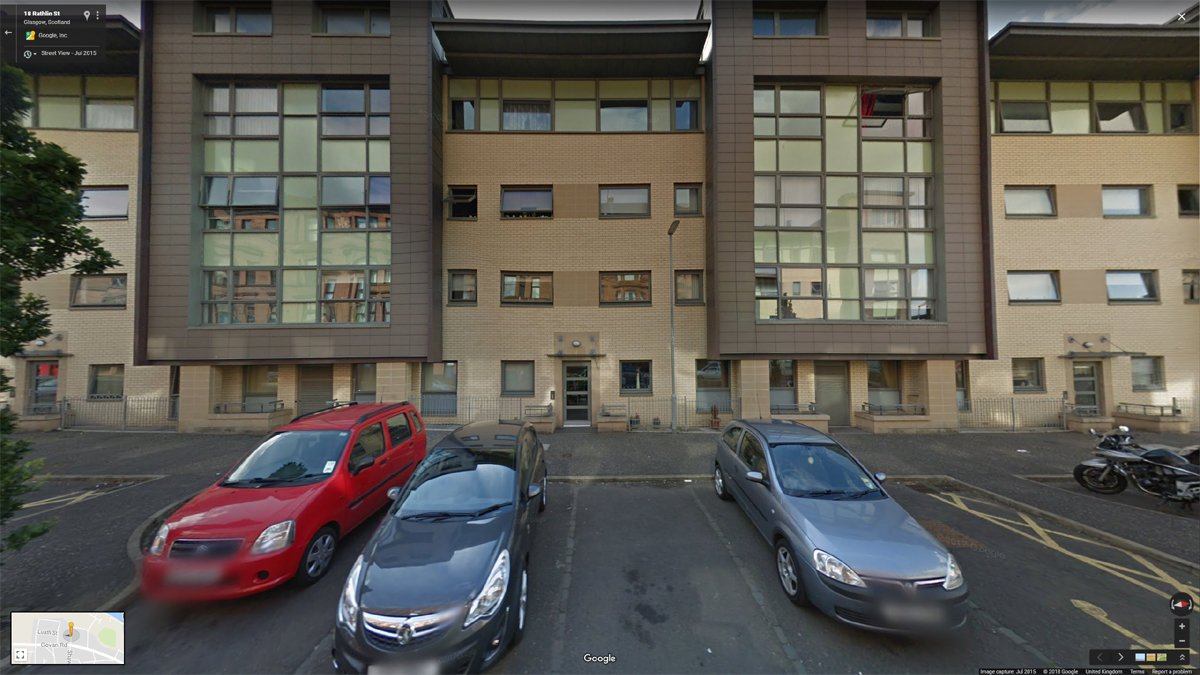
So it isn’t all doom and gloom. 

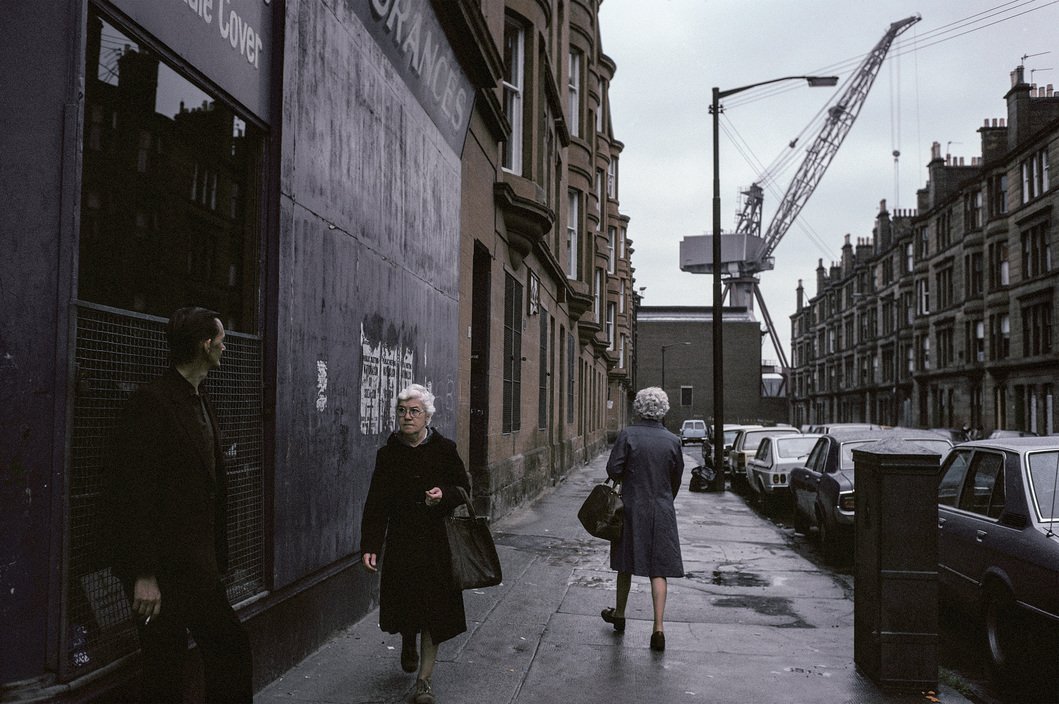
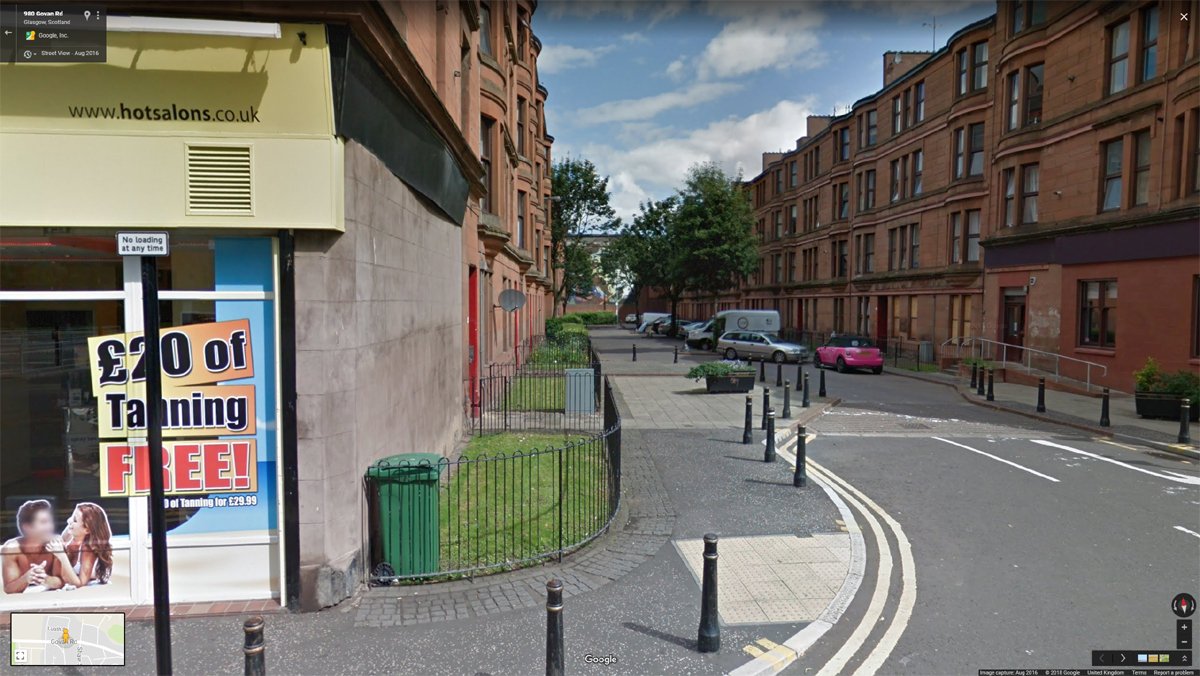
No-one has a car so we can still play in the streets. 

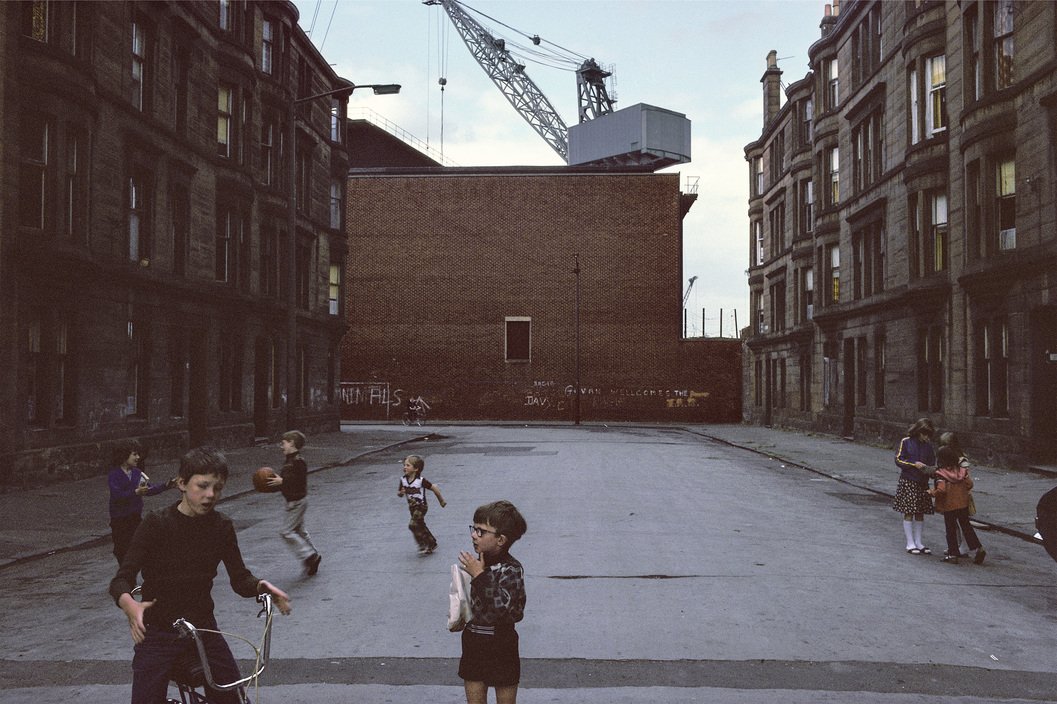
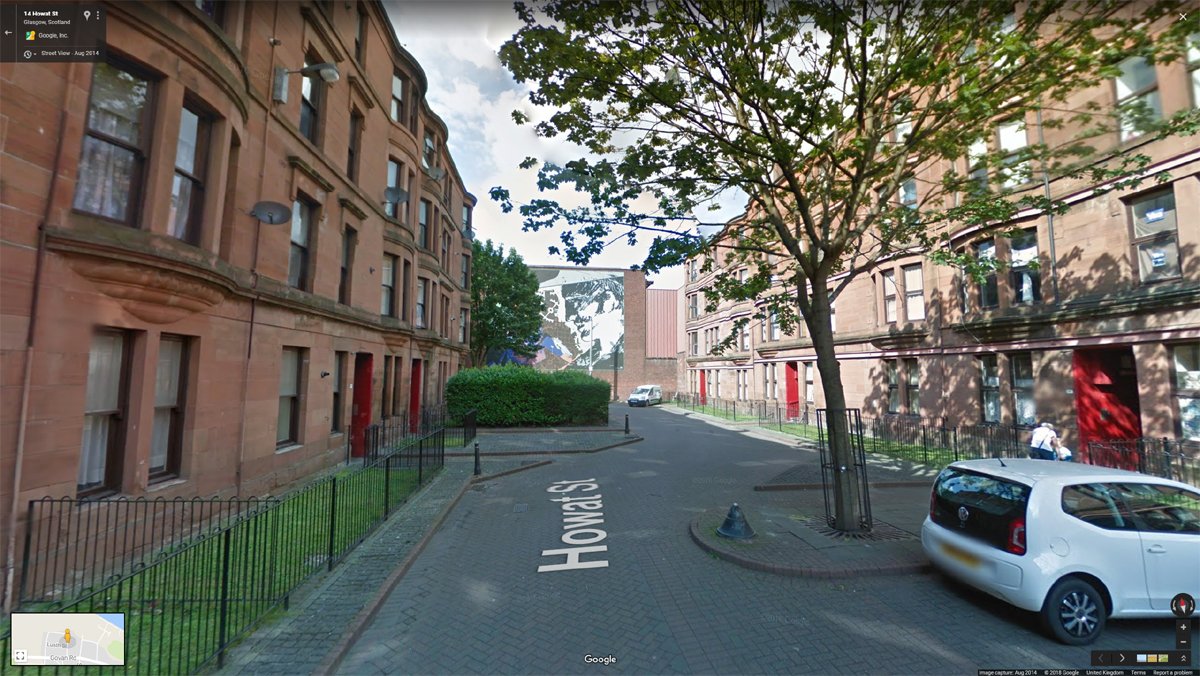
Even if it rains. Which it will. Mibbees. Prolly. It will.Got a bike and a baw, and some Hubba Bubba. 


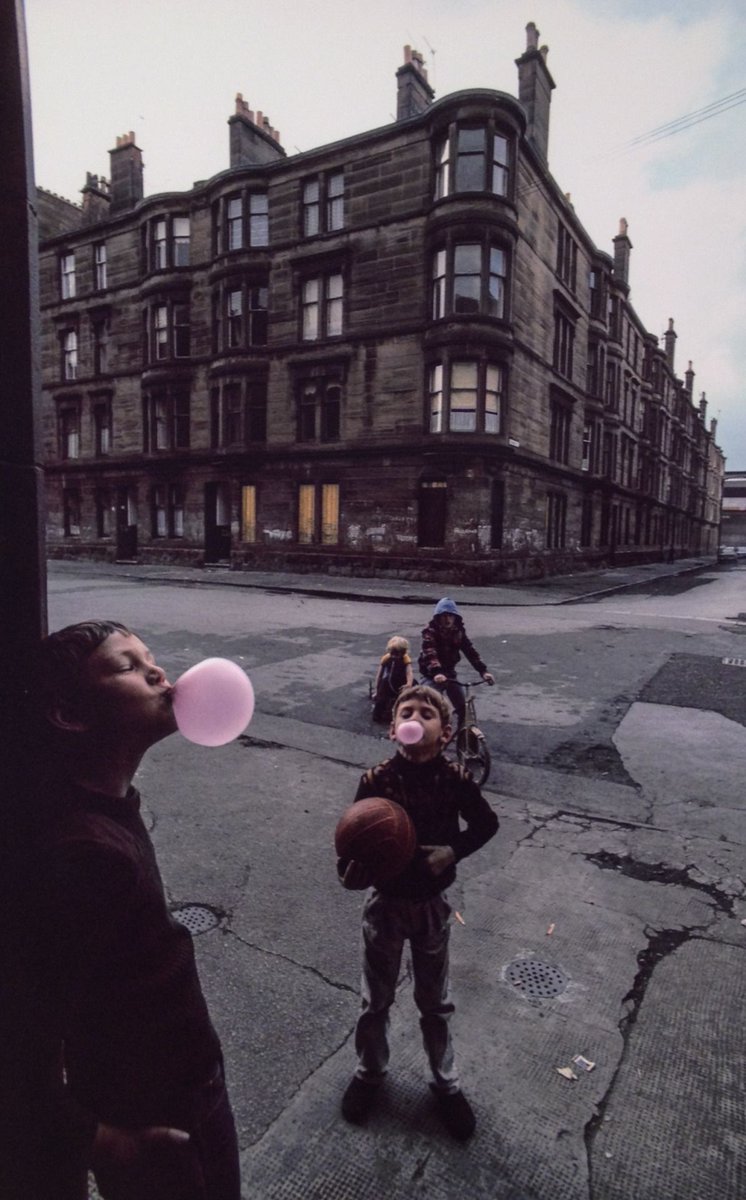
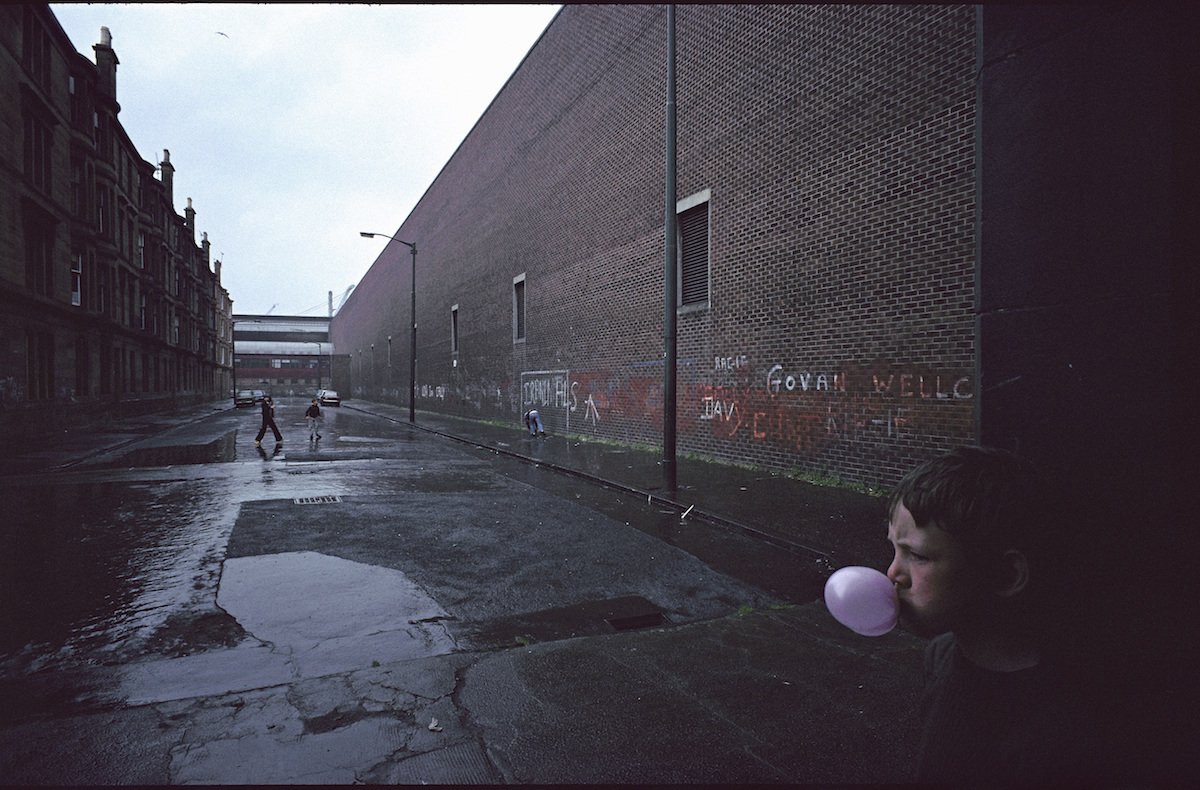

And they are trying. Very trying. 

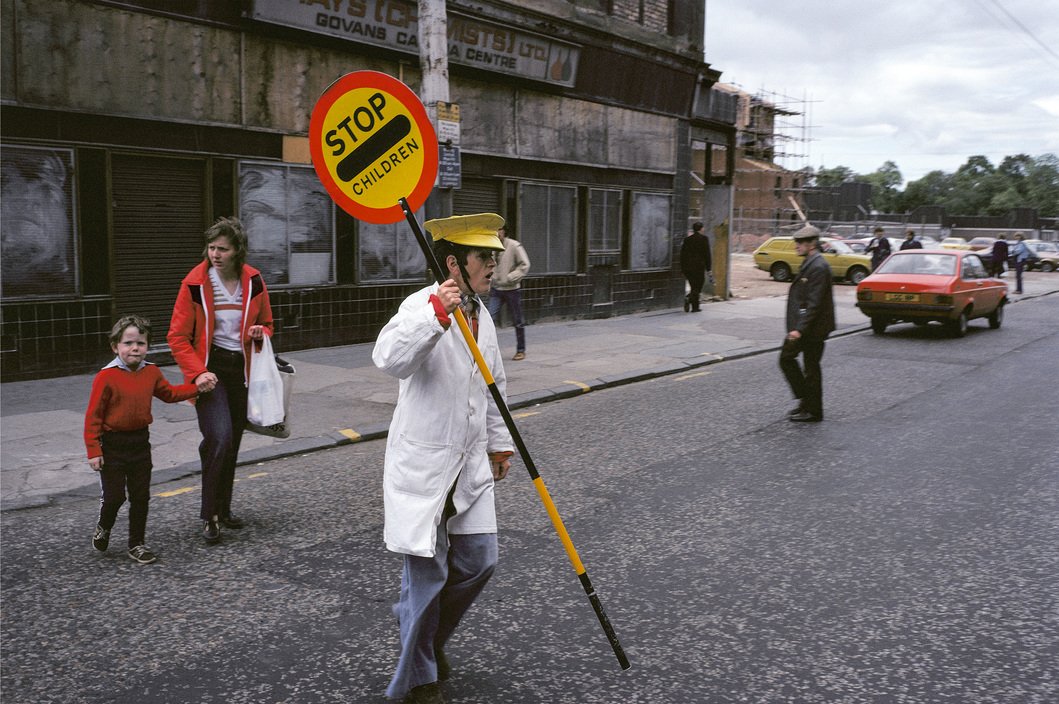
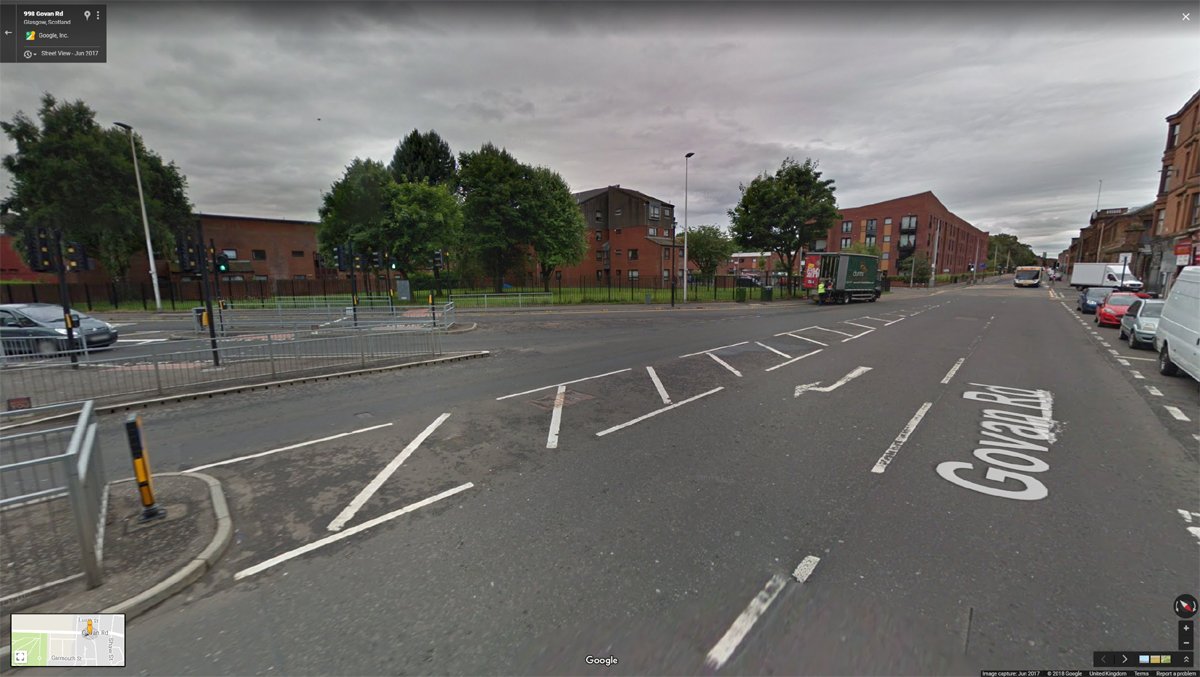
And who else could build our ships? 

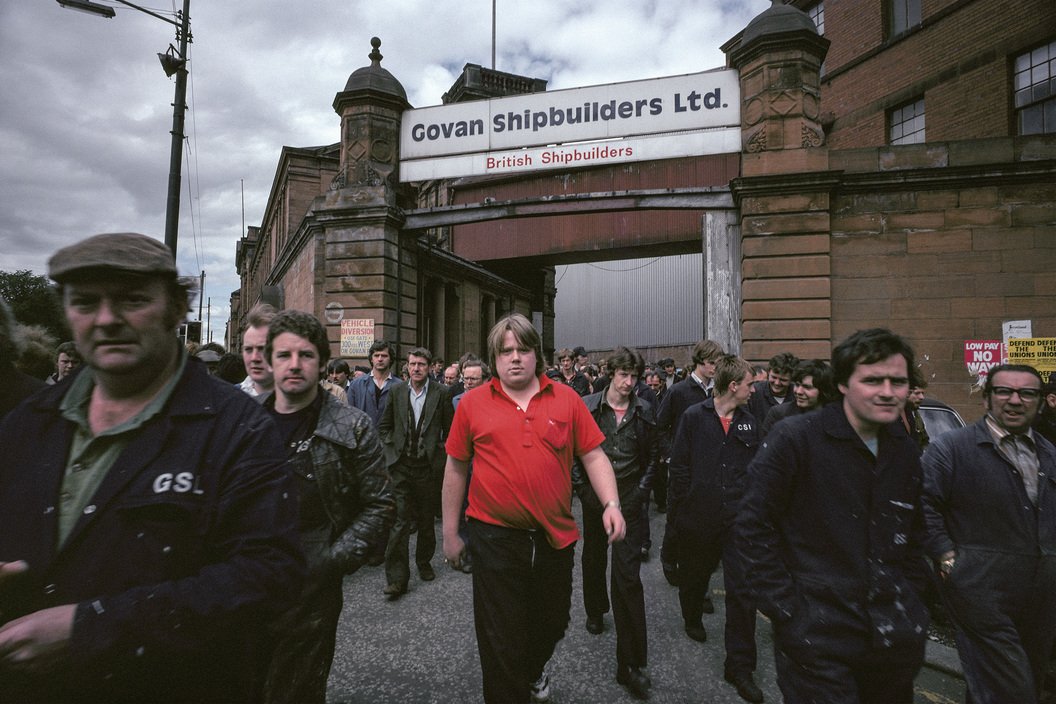
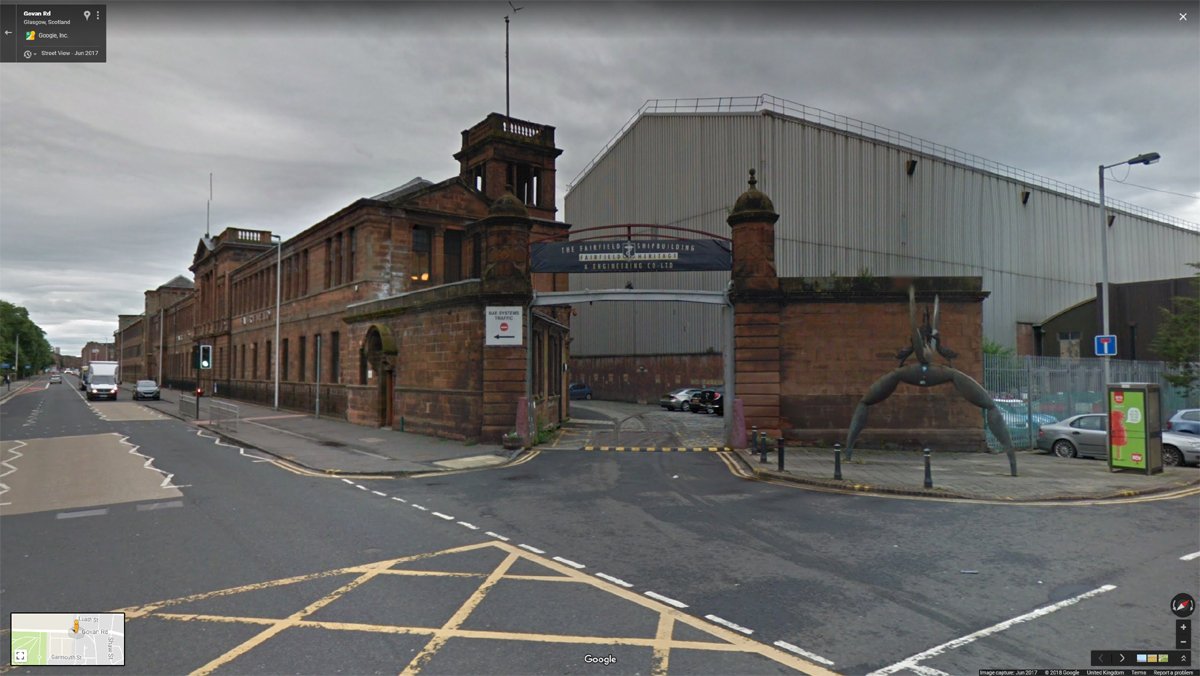
They'd never sell us a turkey… 

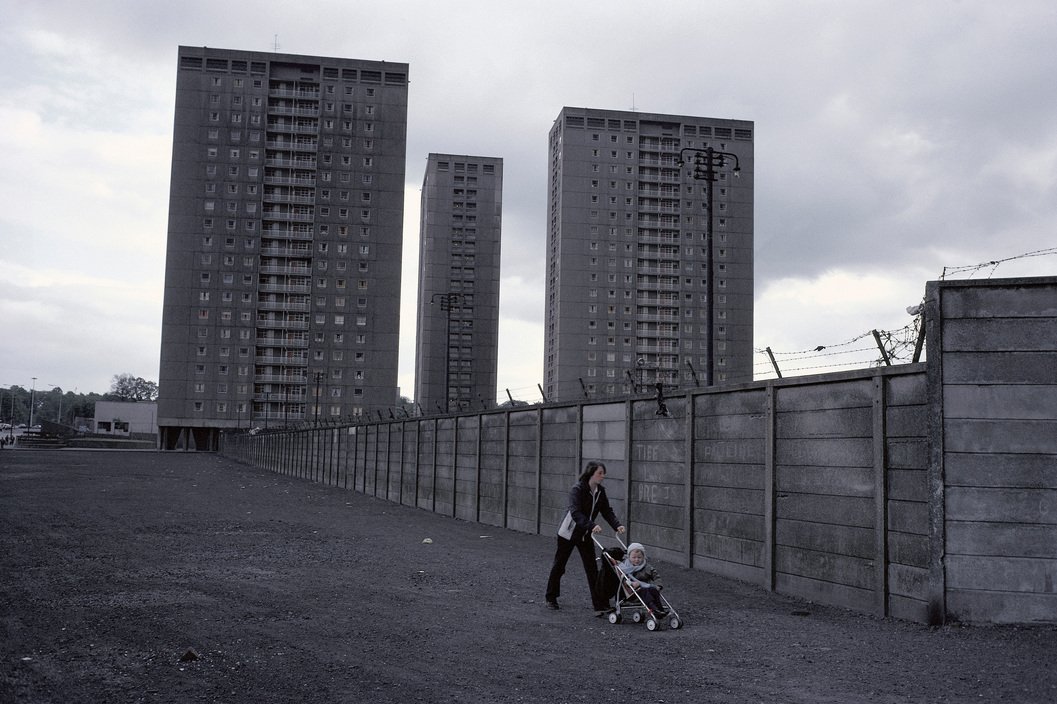
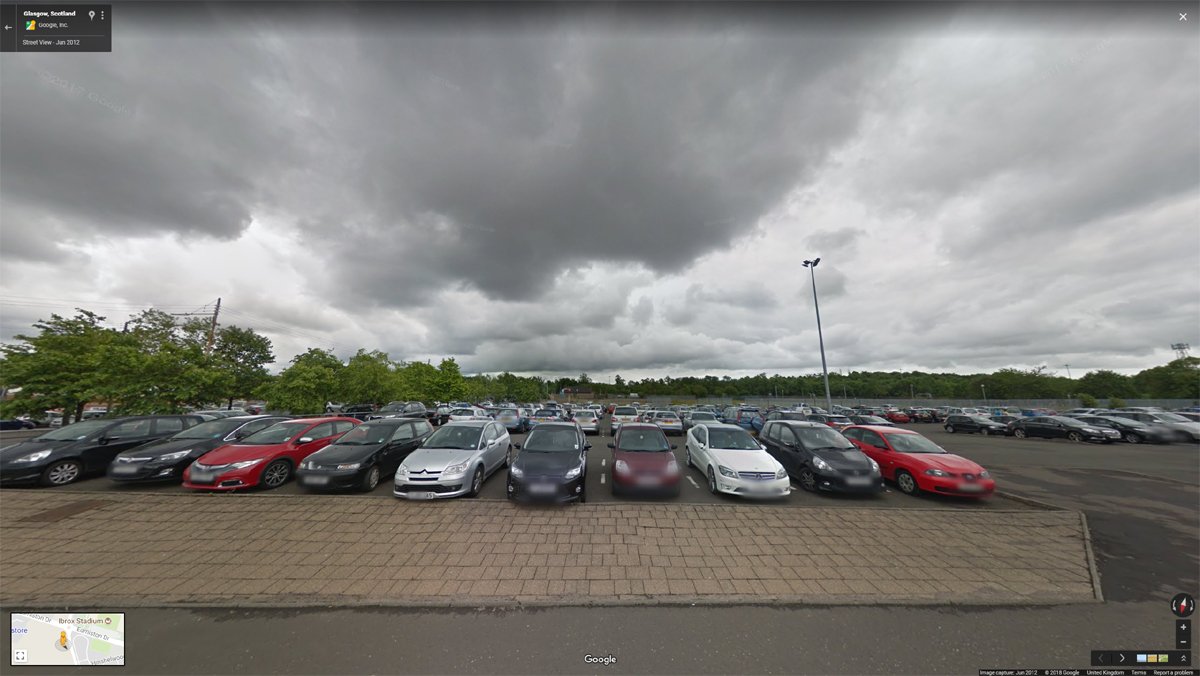
~Overview of the last 11 images: Glasgow's 'Comprehensive Redevelopment' involved demolishing the city; replacing it with motorways, maisonettes & tower blocks; decanting the population to New Towns; down-scaling of industry and removing them to hinterland zones 



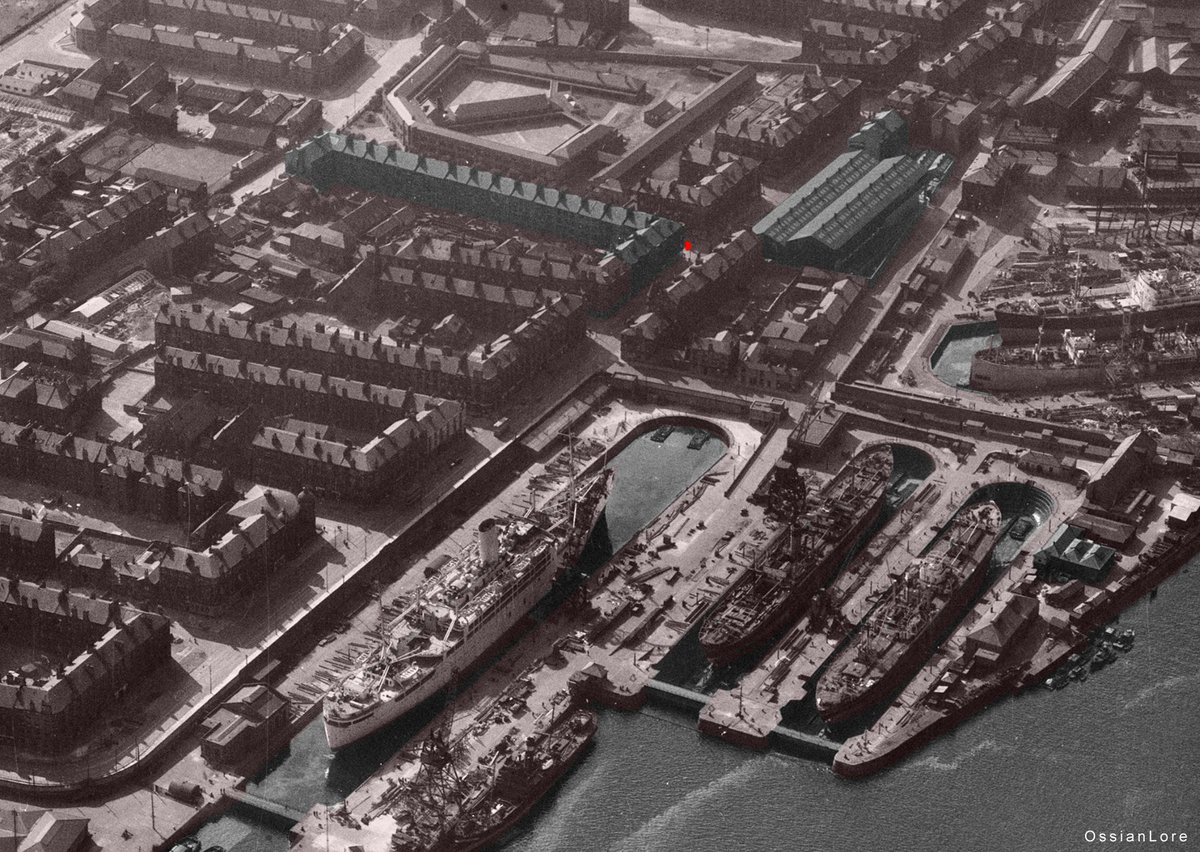
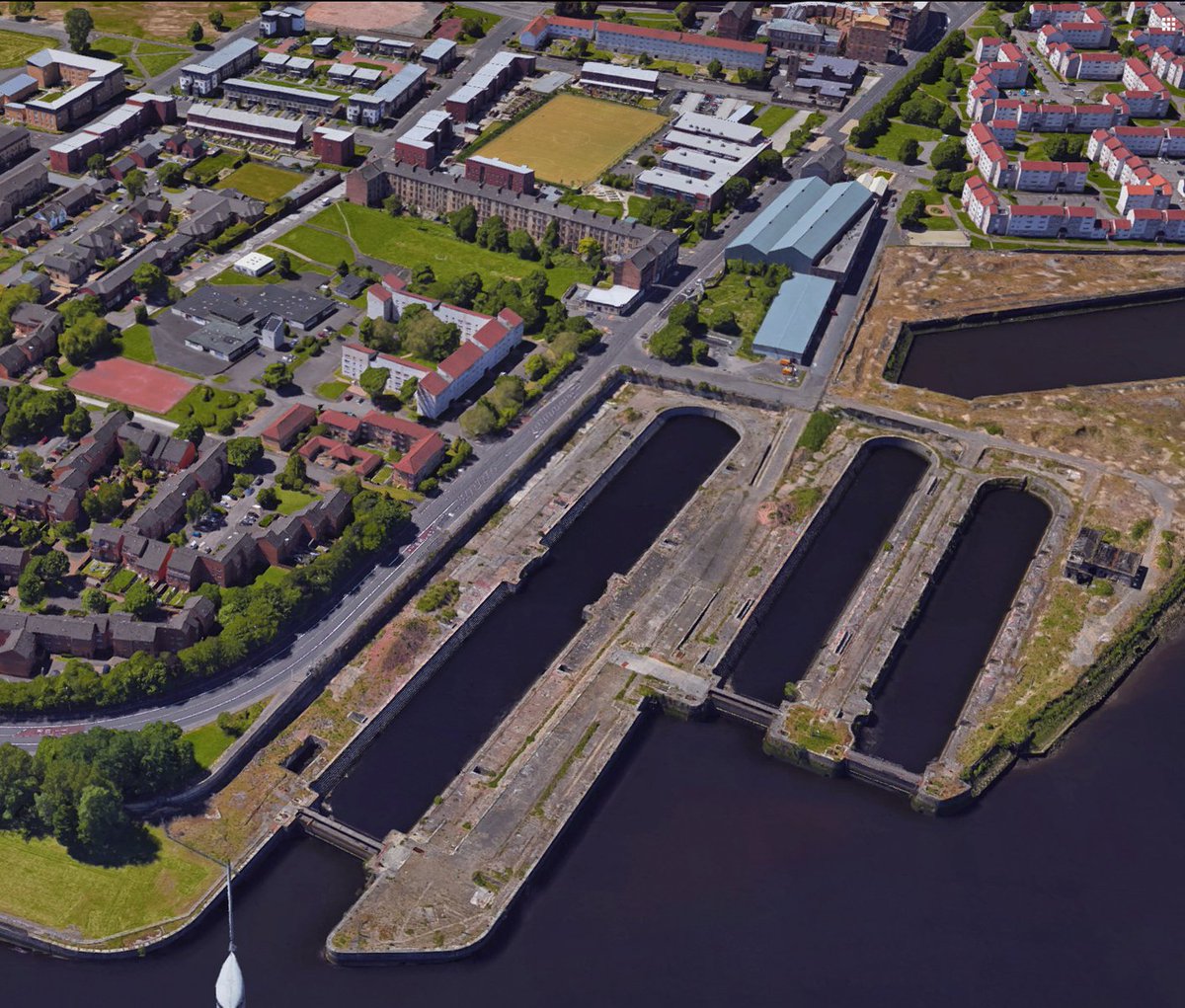

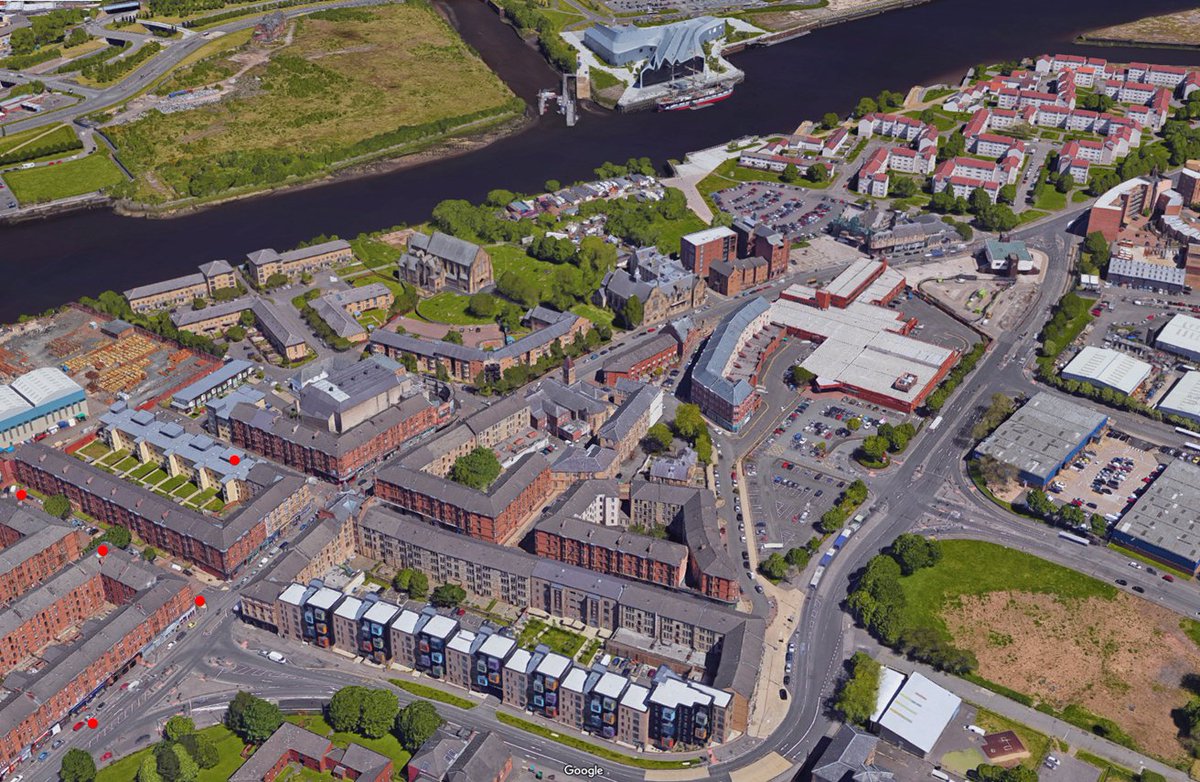
Food for thought. 

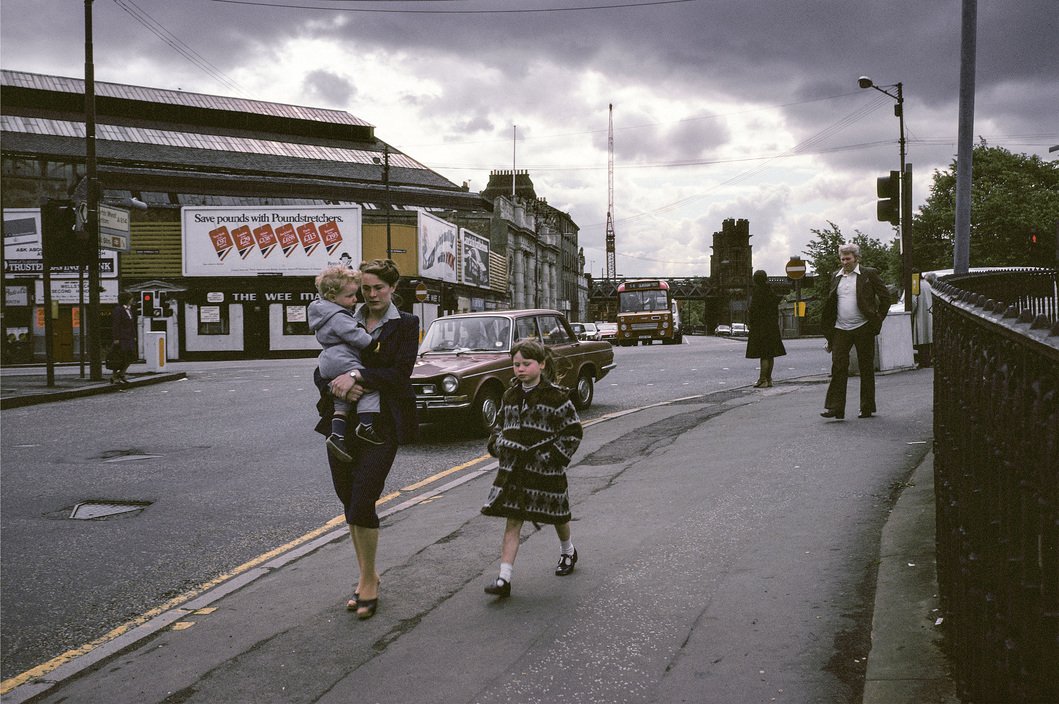
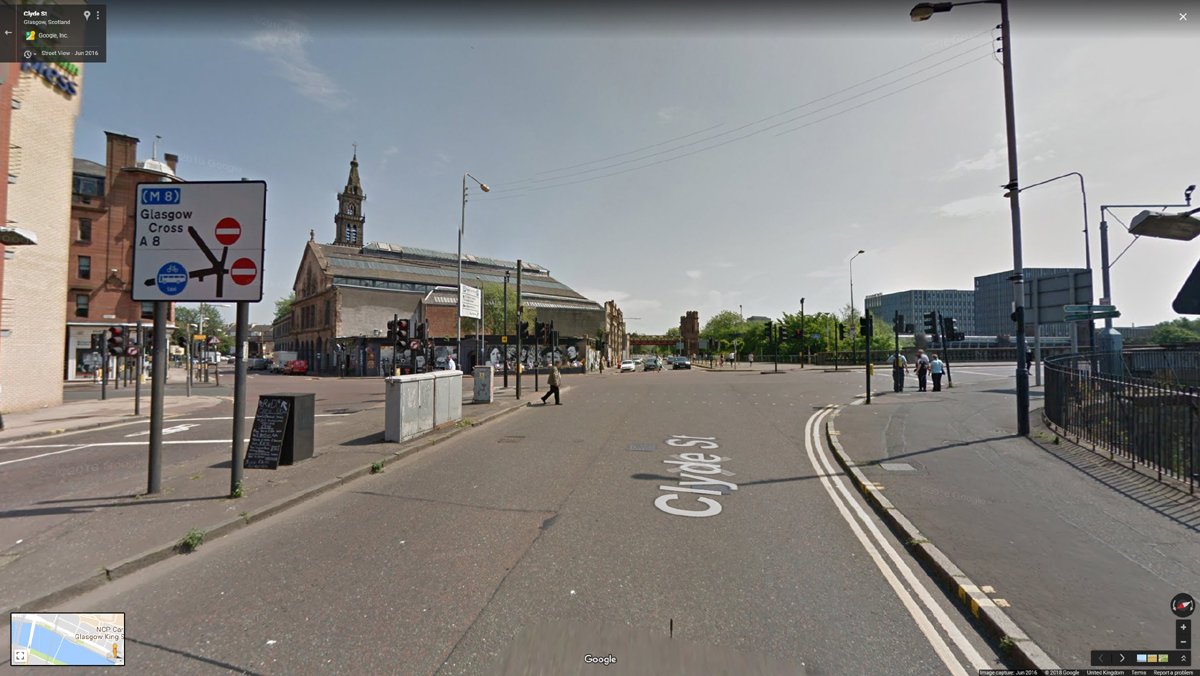
They wouldn't condemn the city as substandard just to build more substandard… 


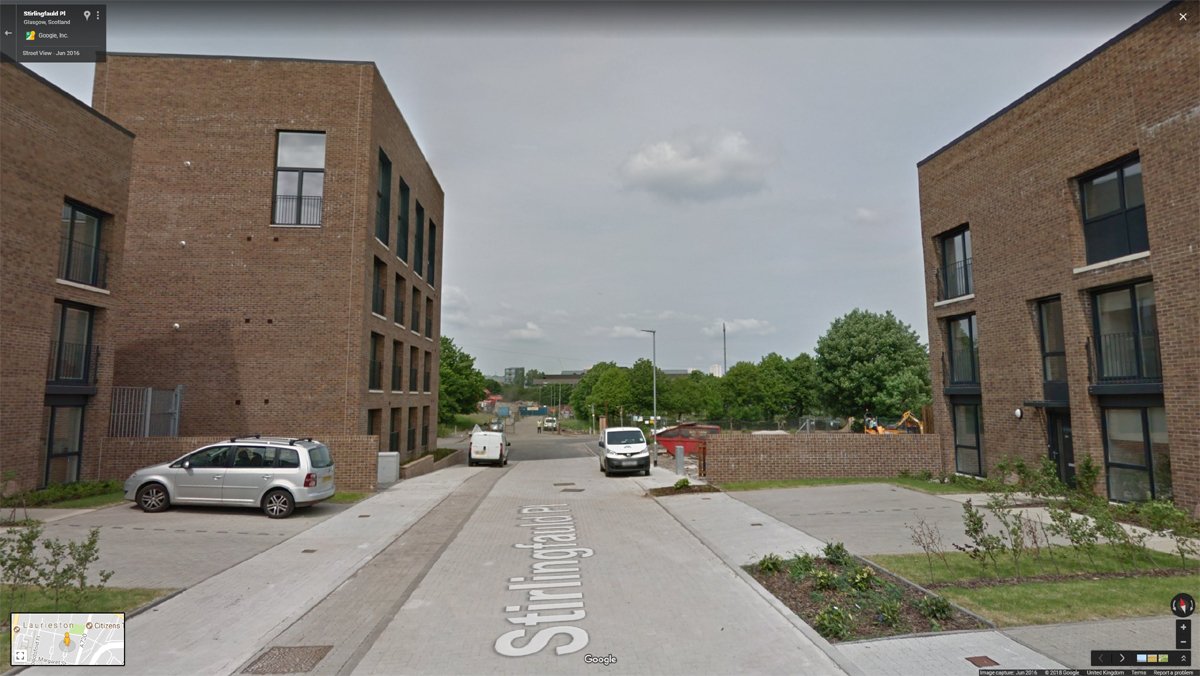
Suburbanise an inner city district… 

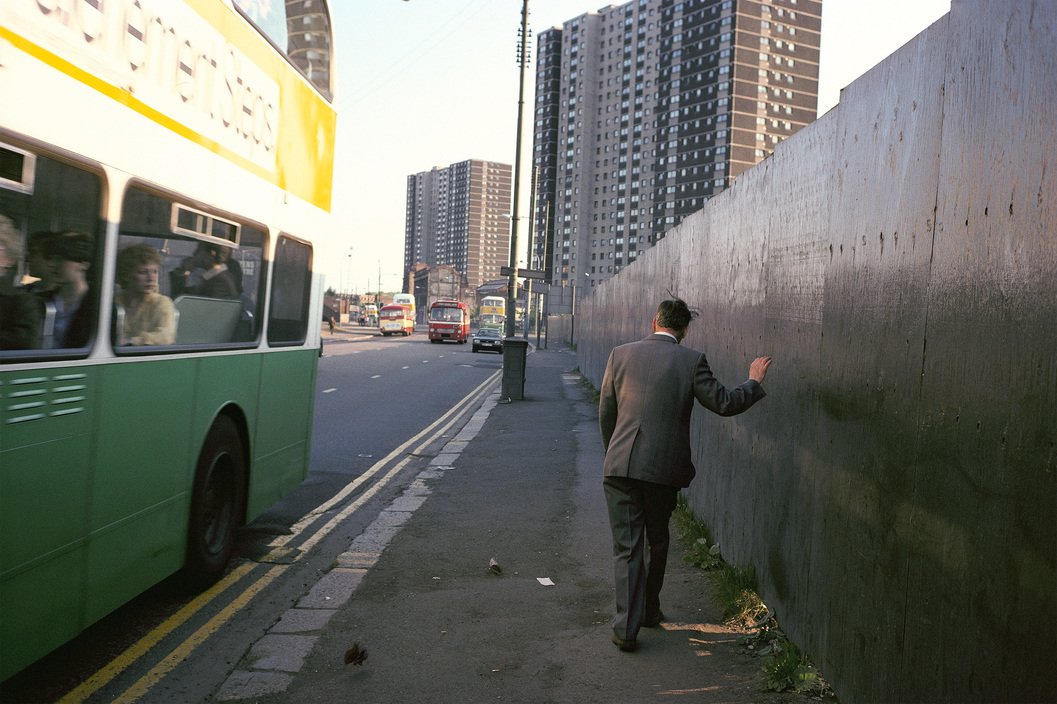
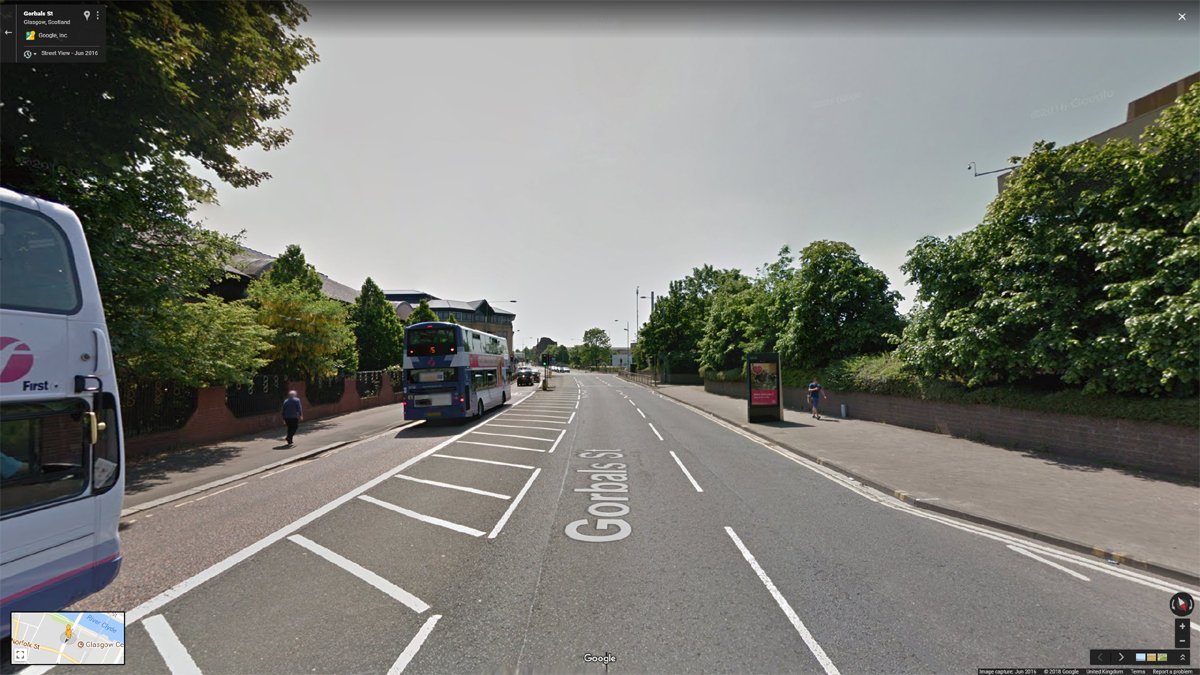
~Overview of the last 2 images: The Gorbals was an early casualty, though it happened in pieces and the vision never fully realised. Time heals wounds. 

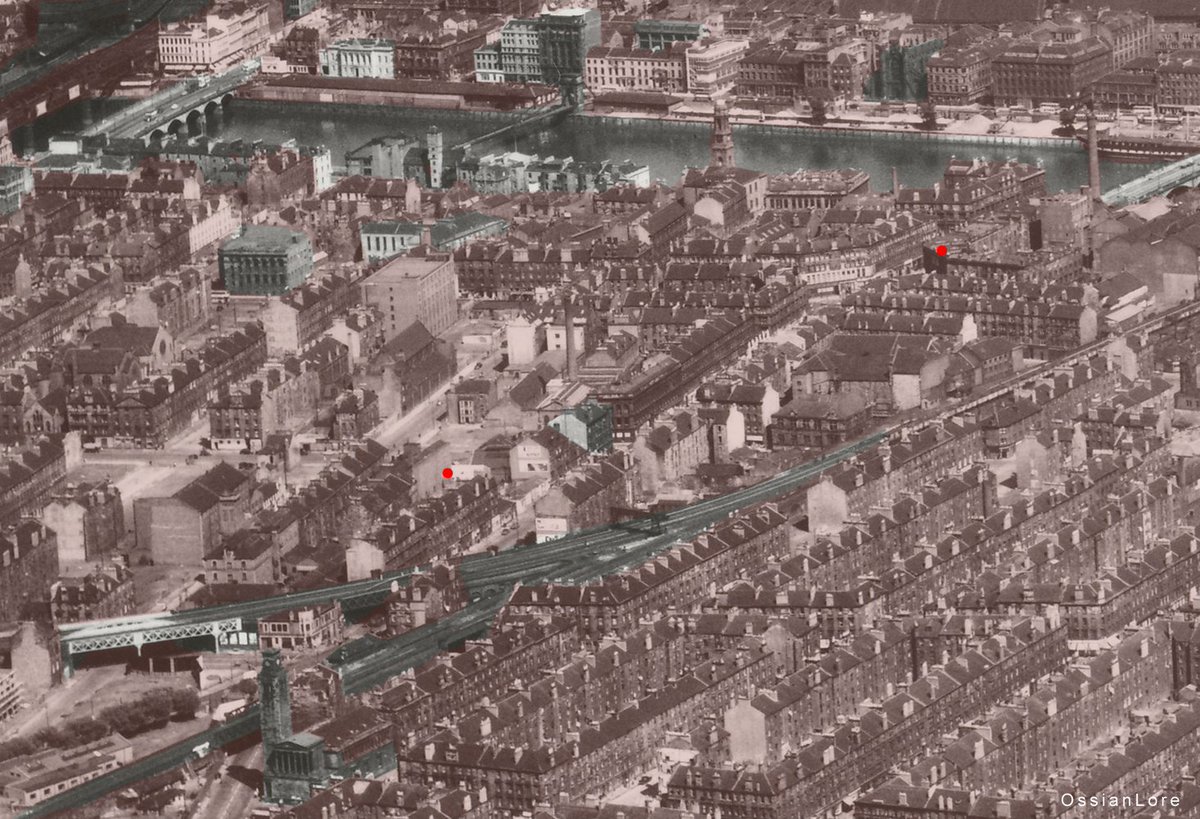

Not every area of Glasgow suffered the same fate. Some got off lighter than others. 

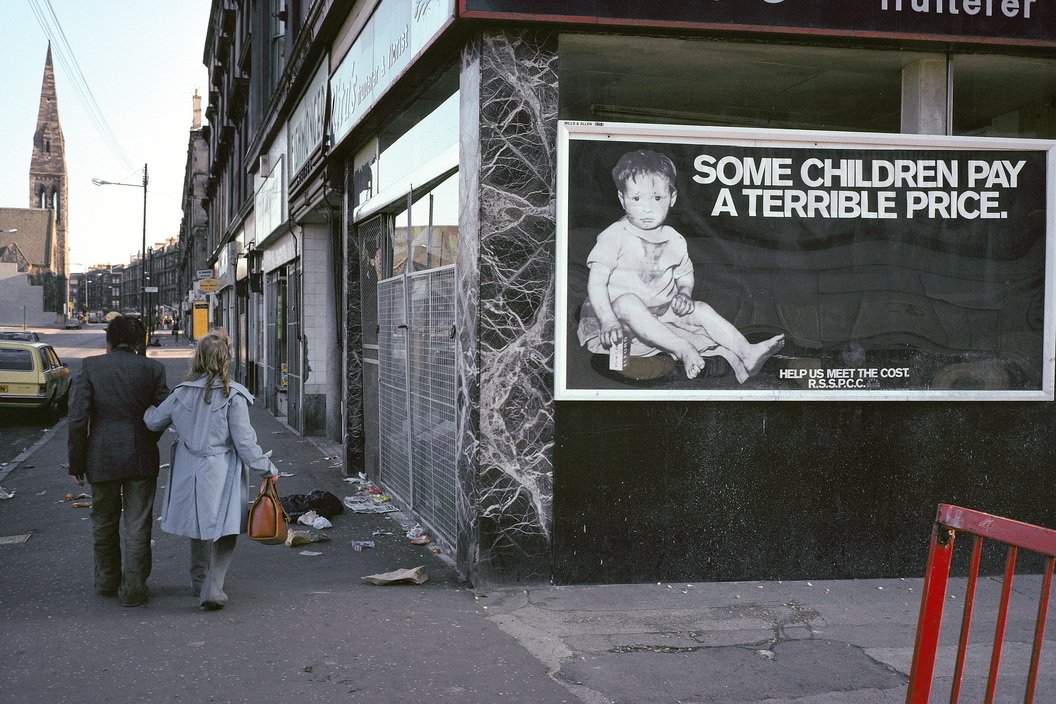

It shows in their faces. 

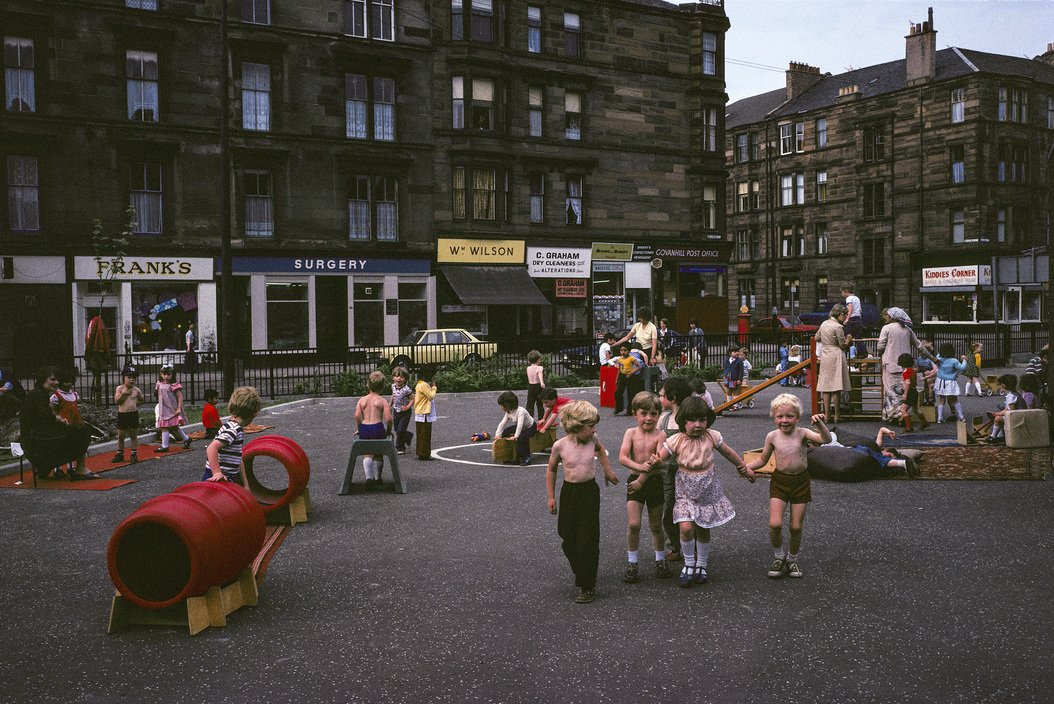
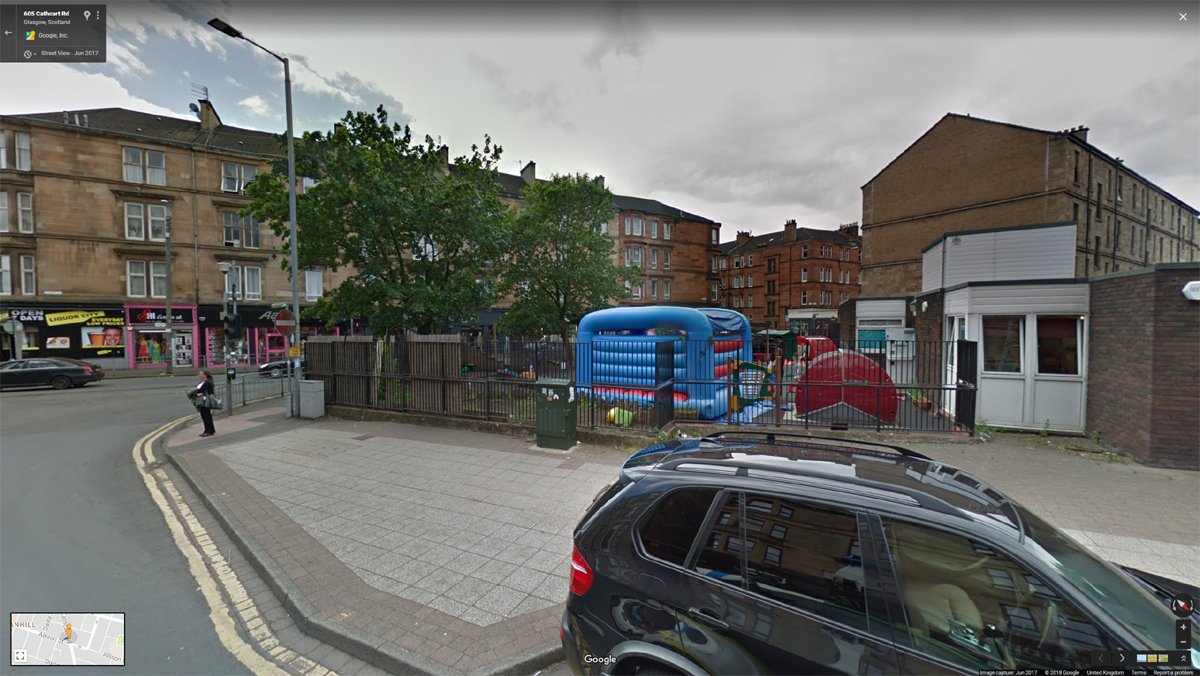
There is optimism. 

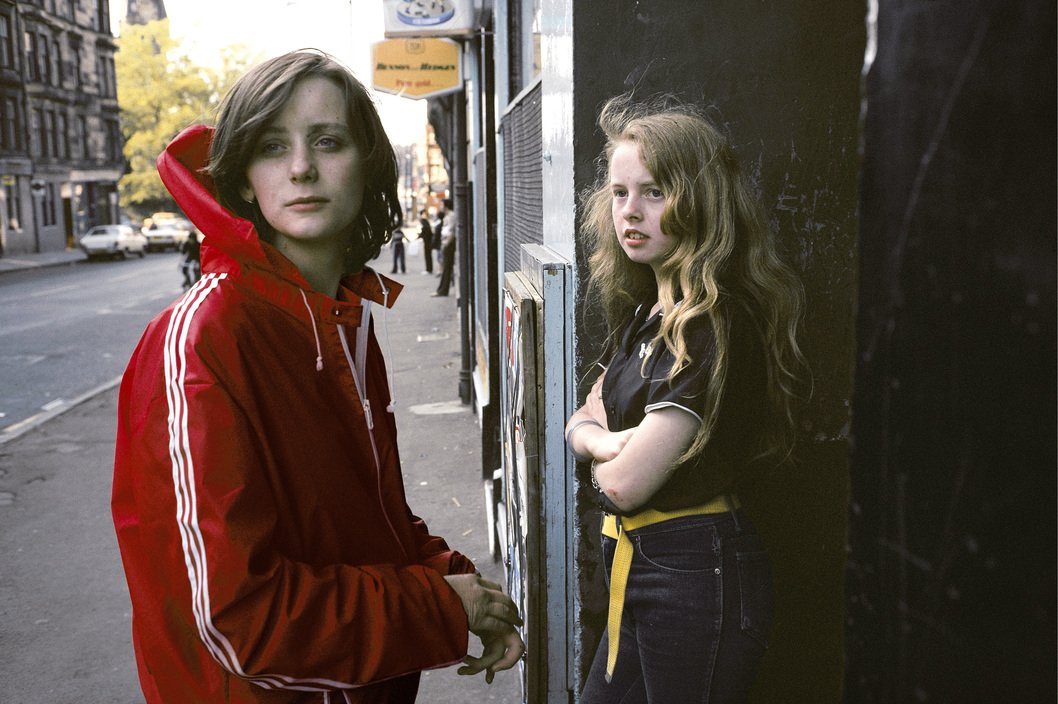
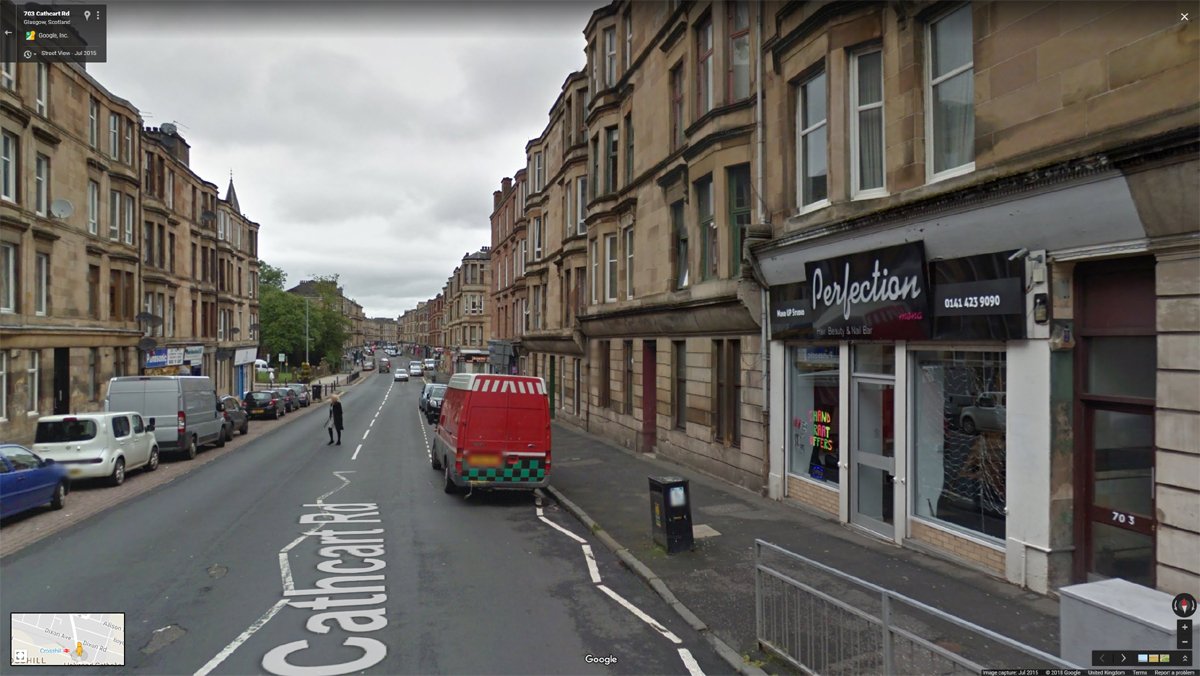
And fitba'. And drink… 

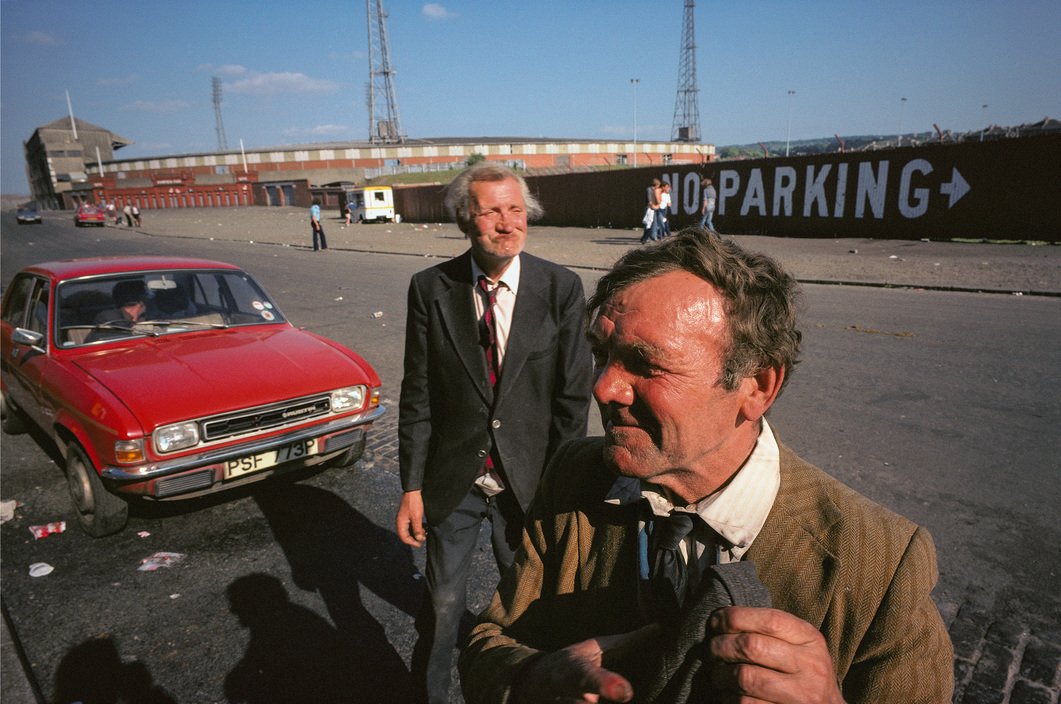
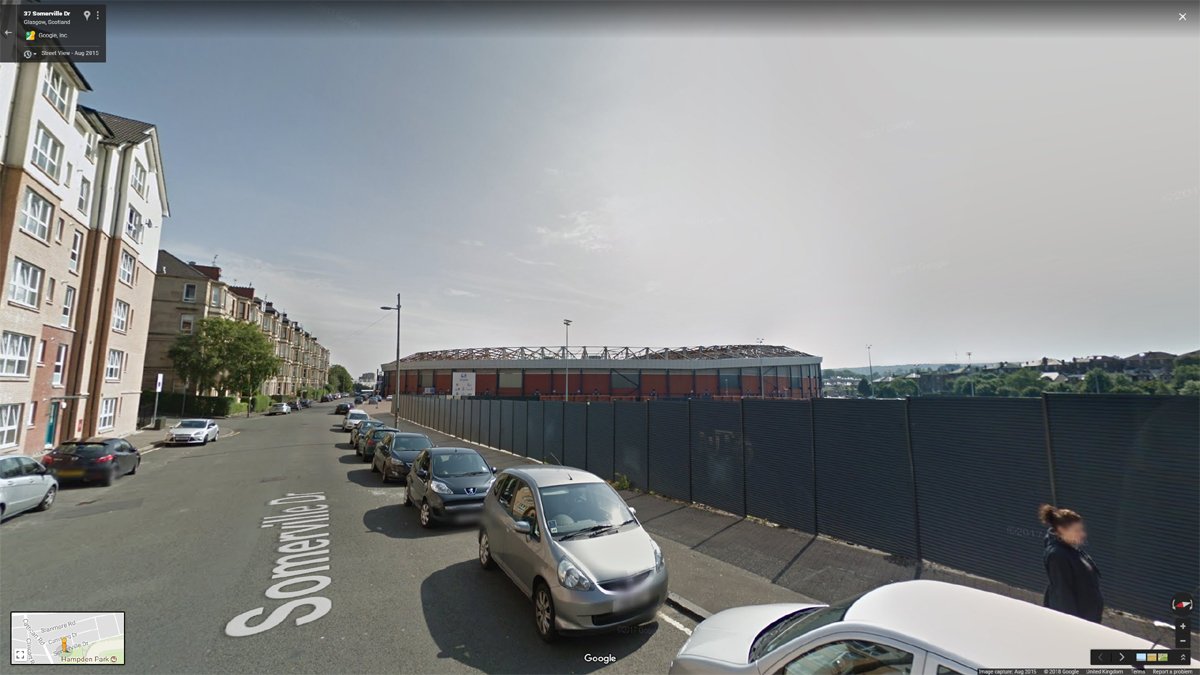
And when the sun is out its taps aff. Shoulders bared. Make hay. 

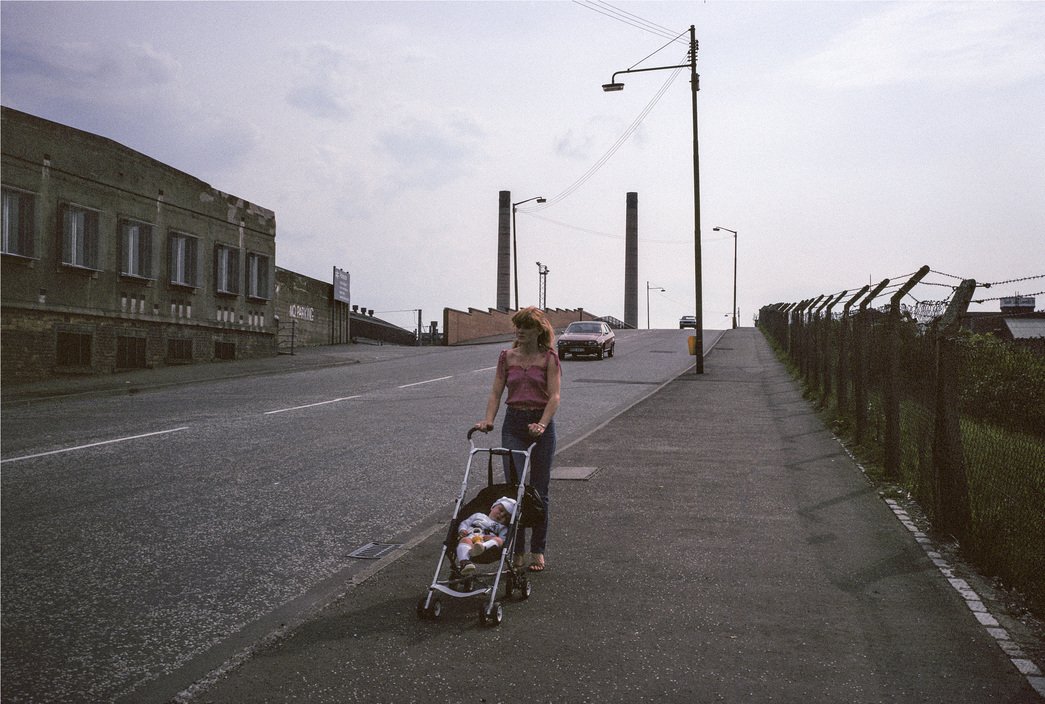
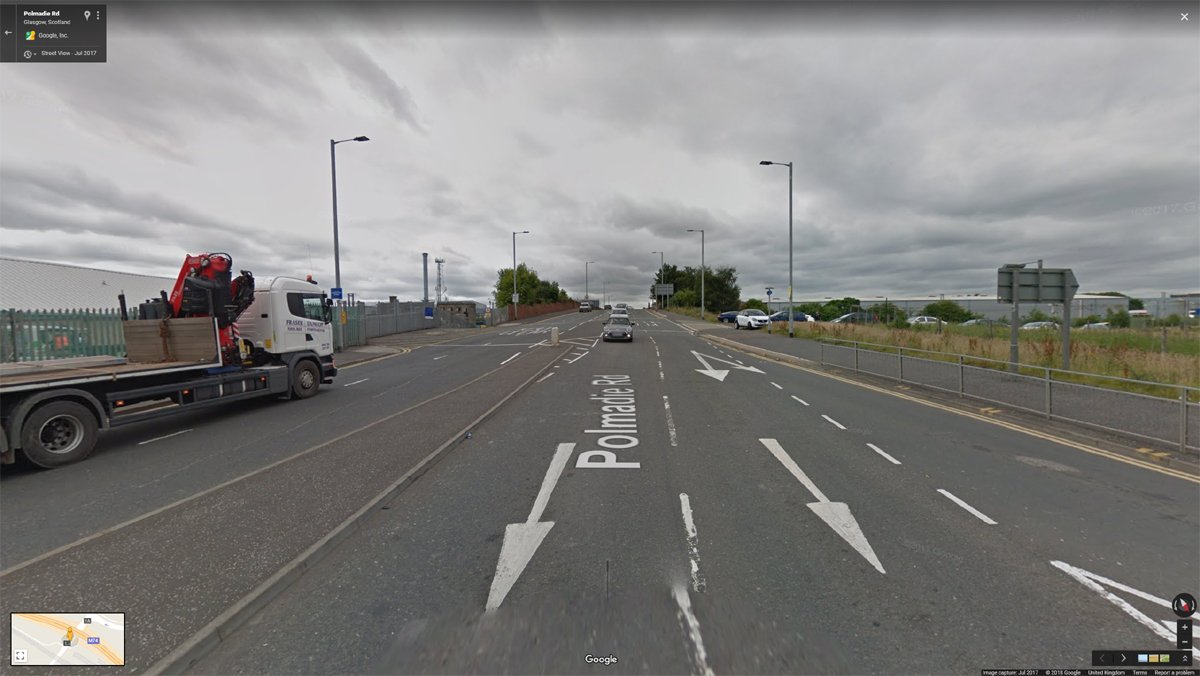
Parliamo Glasgow? 

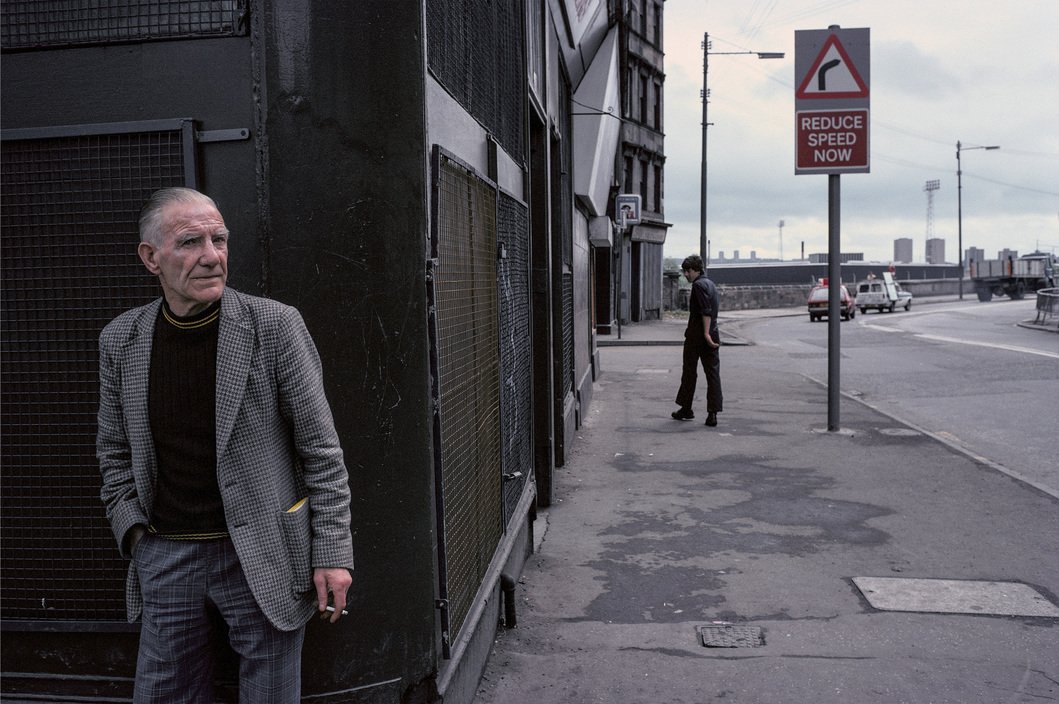
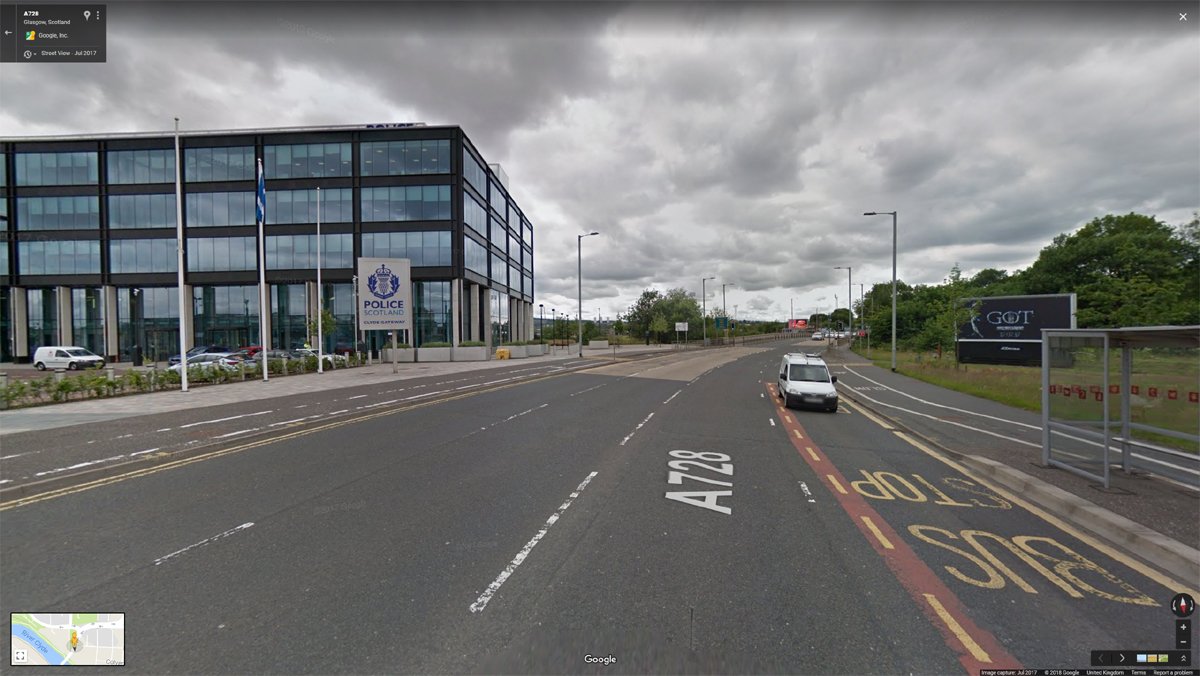
Whensebussdue… 

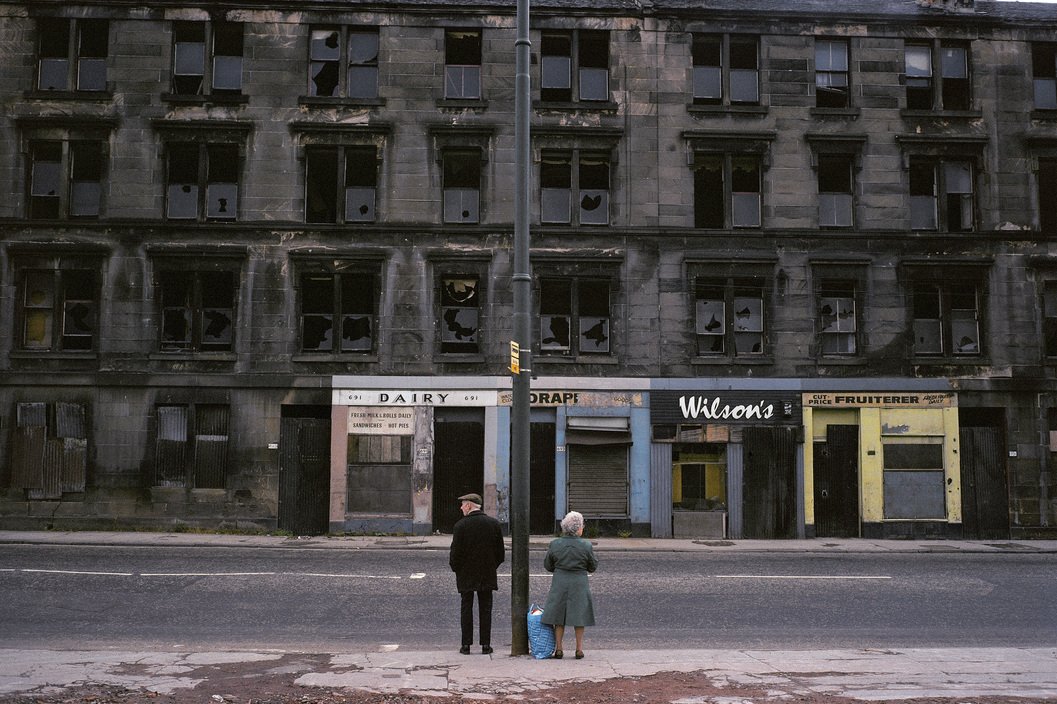
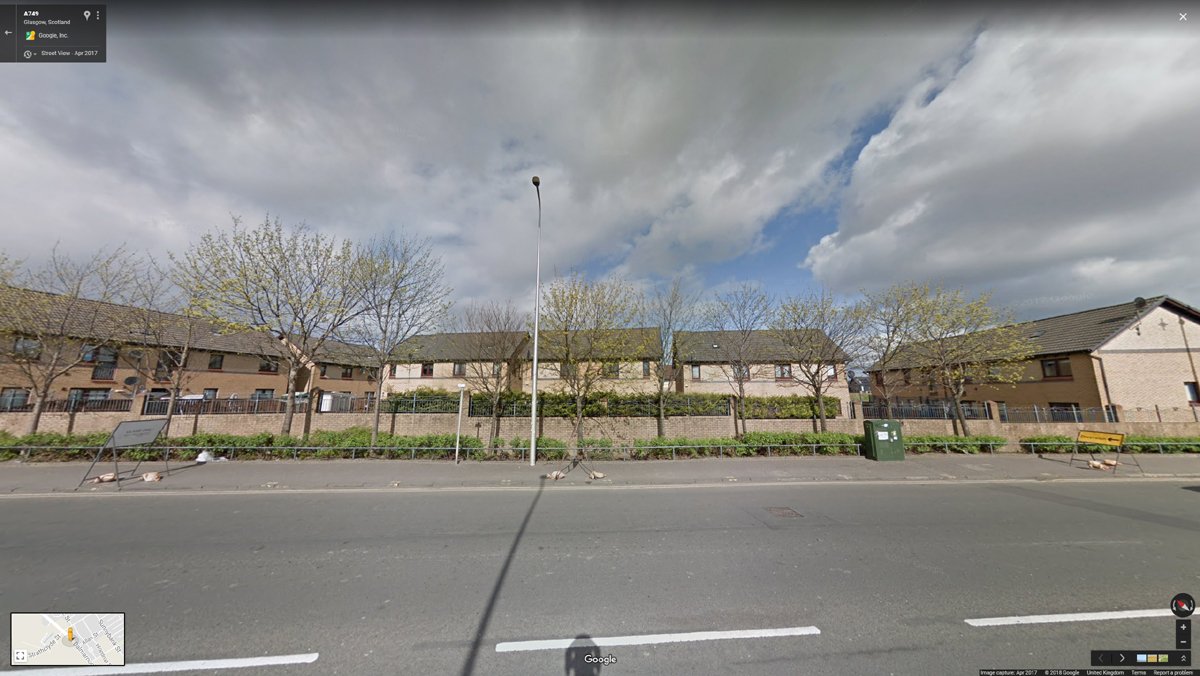
Condemned? 

Powerless? 

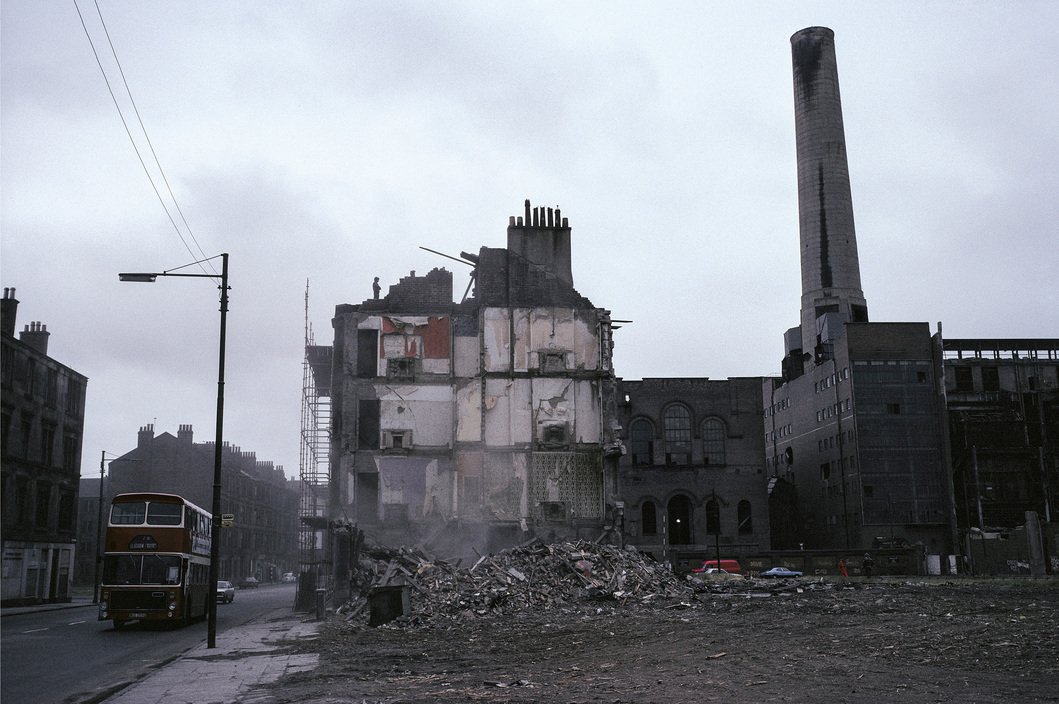
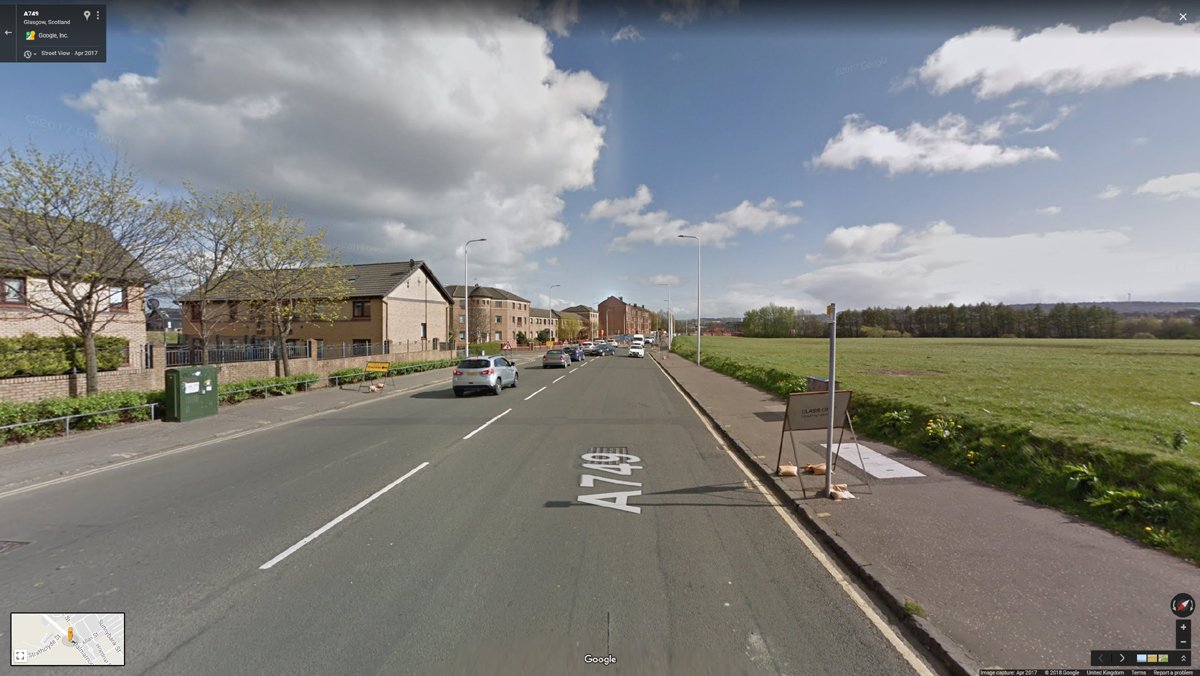
~Overview of the last 3 images: The River Clyde flows below Dalmarnock Power Station in the aerial image, its demolition captured by Depardon. The tenements had been neglected through 2 world wars and 30 years of post-war prevarication, they would disappear not long after. 

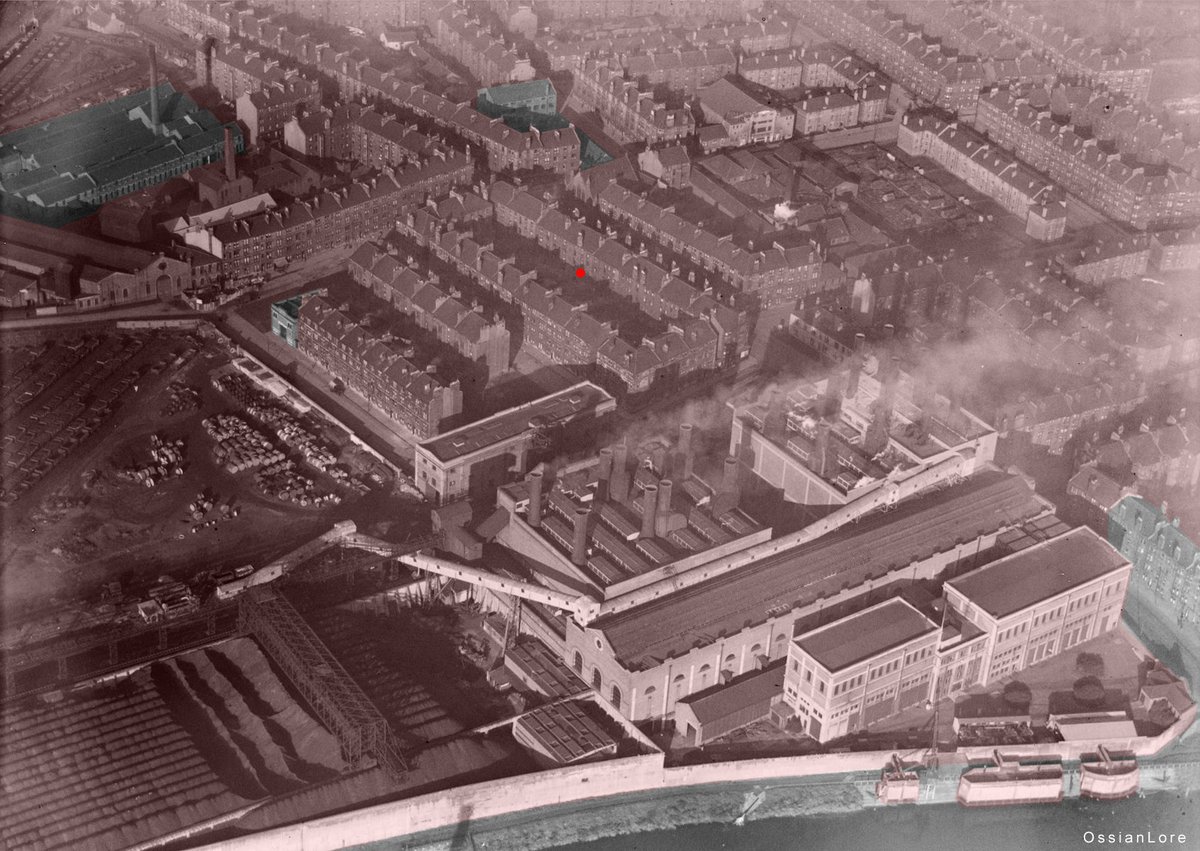
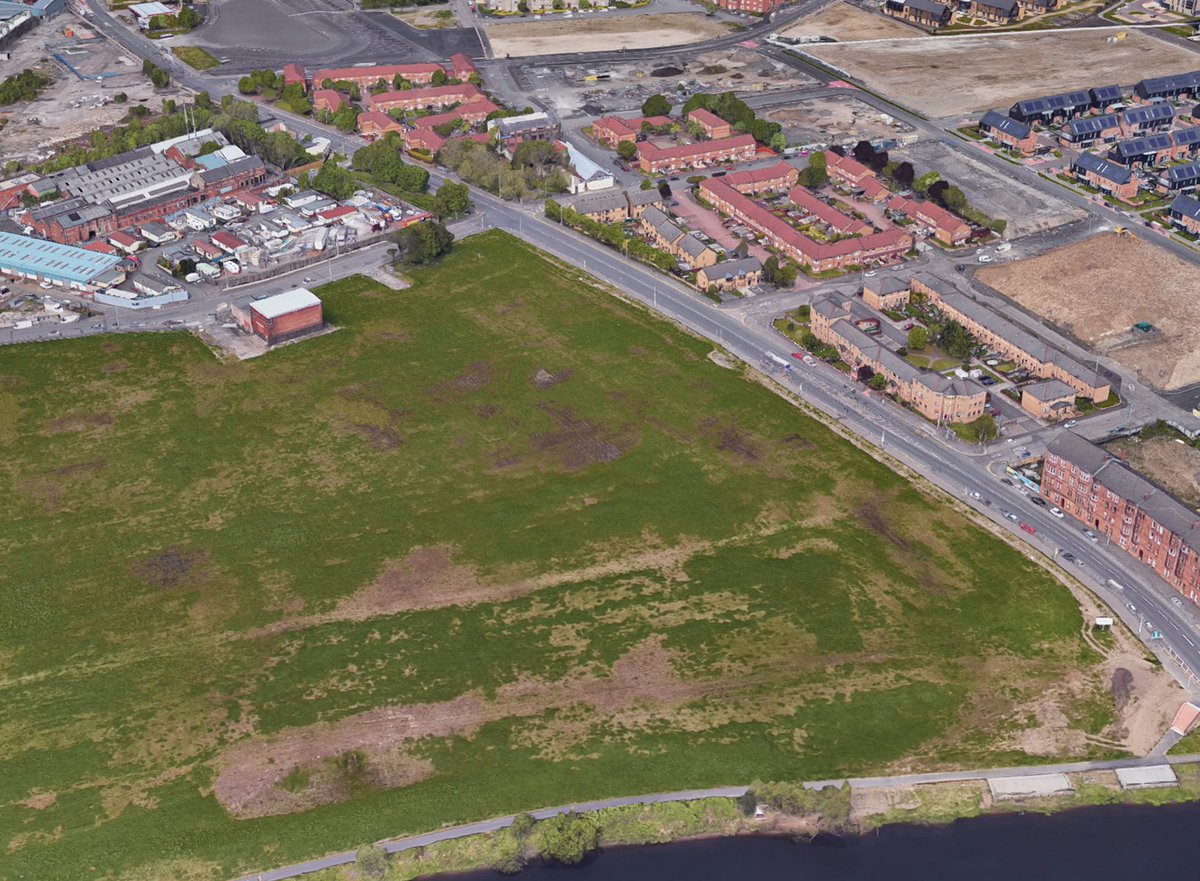
Somebody should do something. 


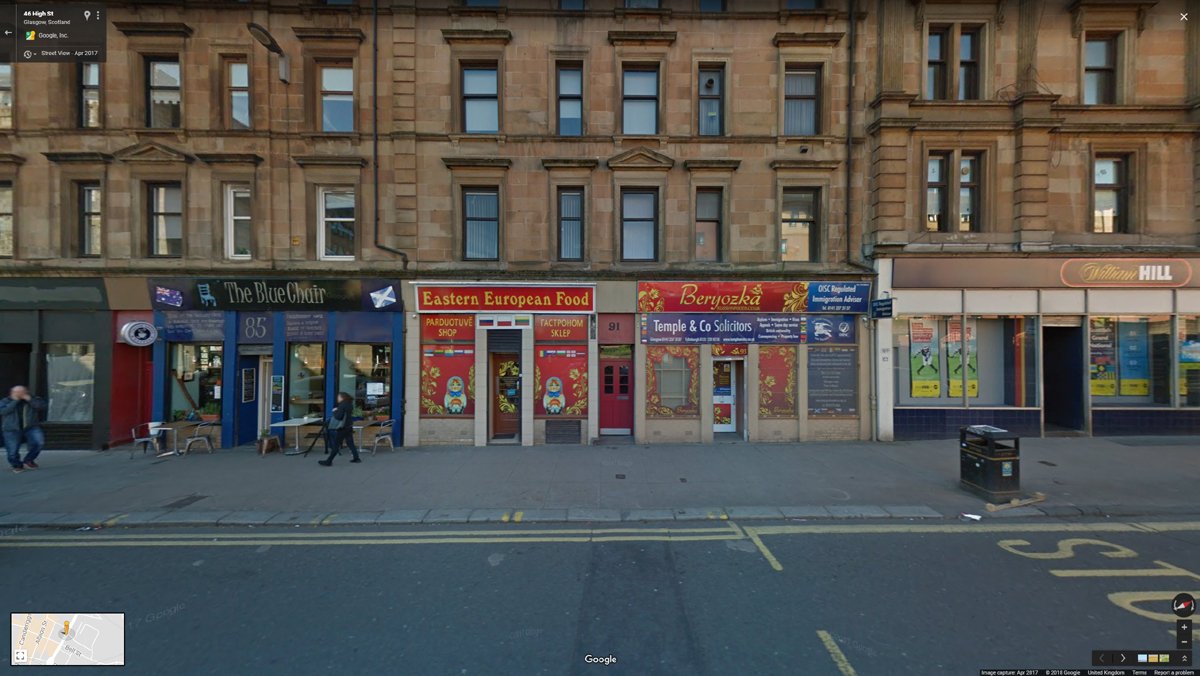
Suggestions? 


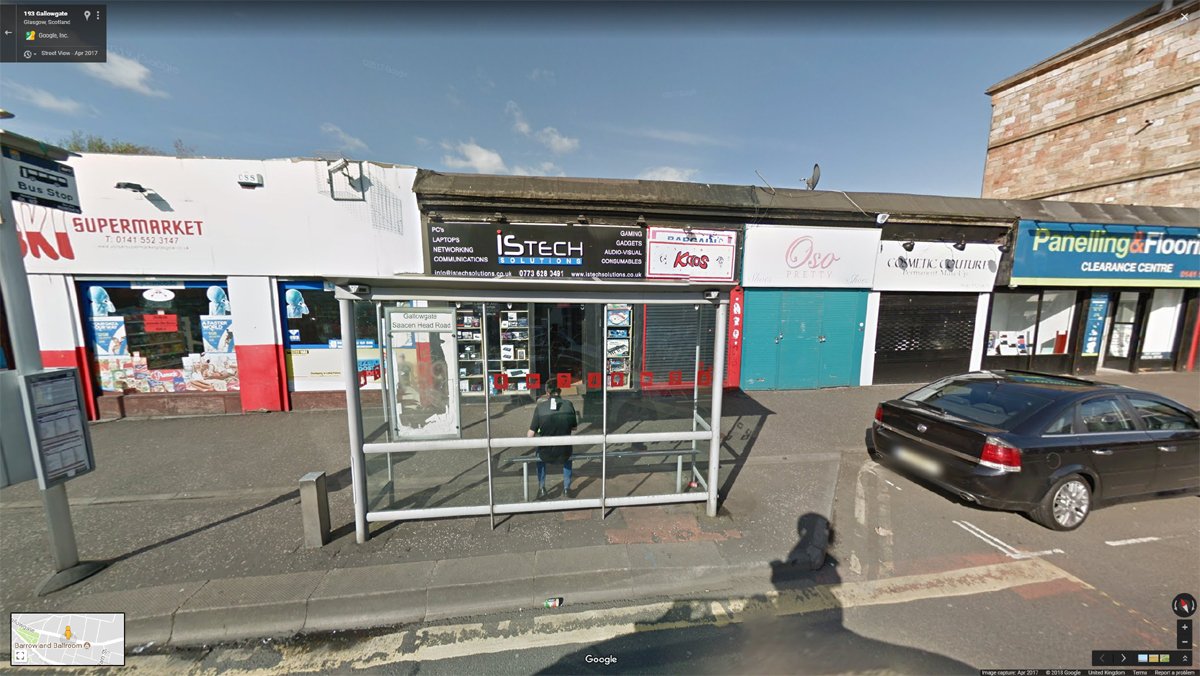
How about a new carpet? 

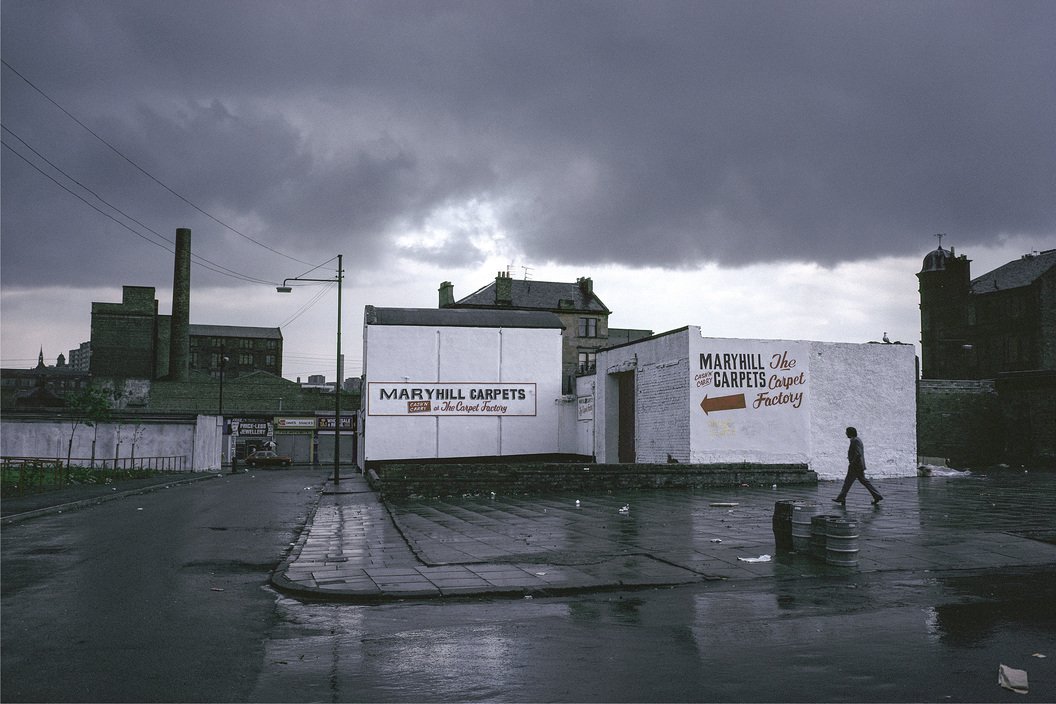
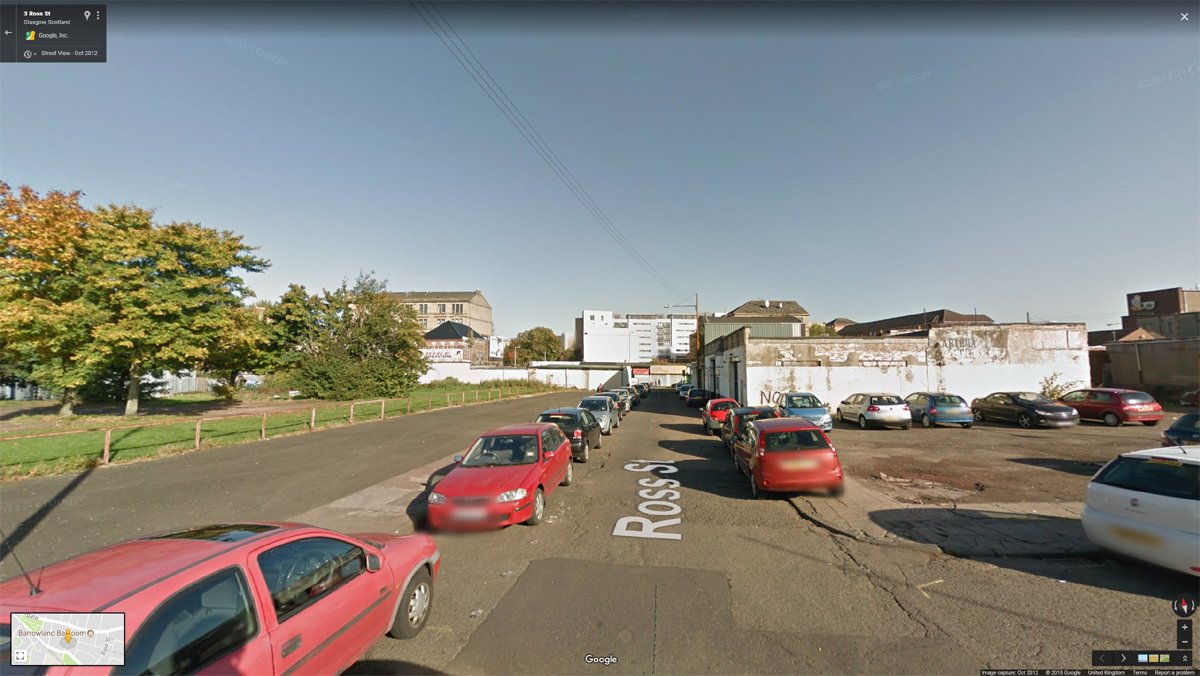
A night by the lounge fire? 

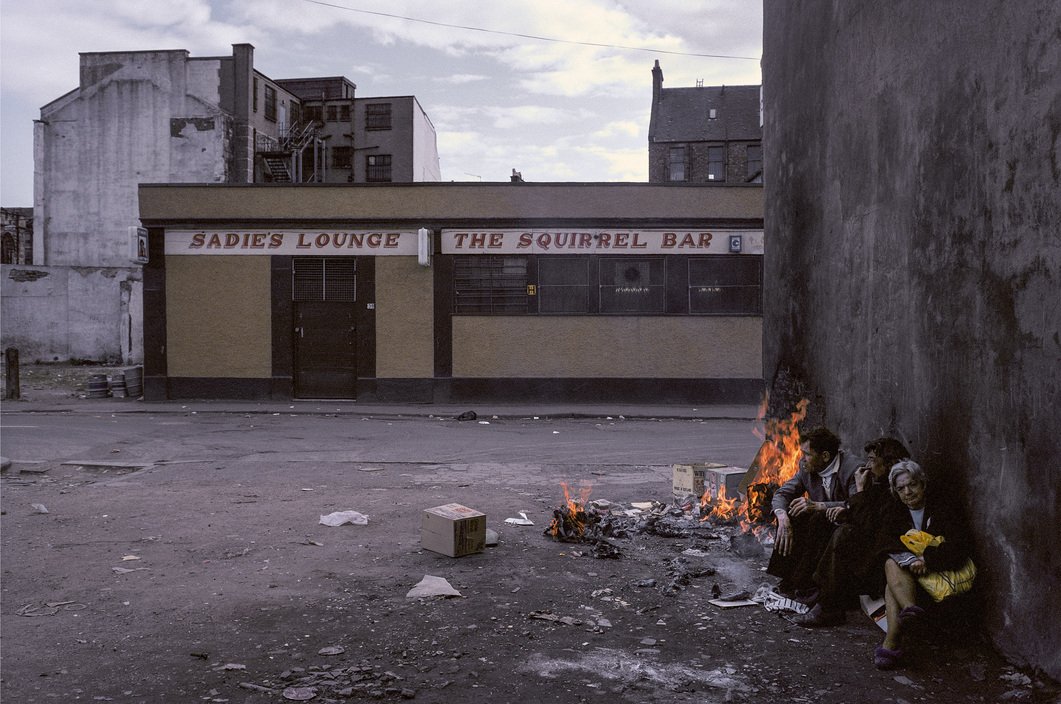
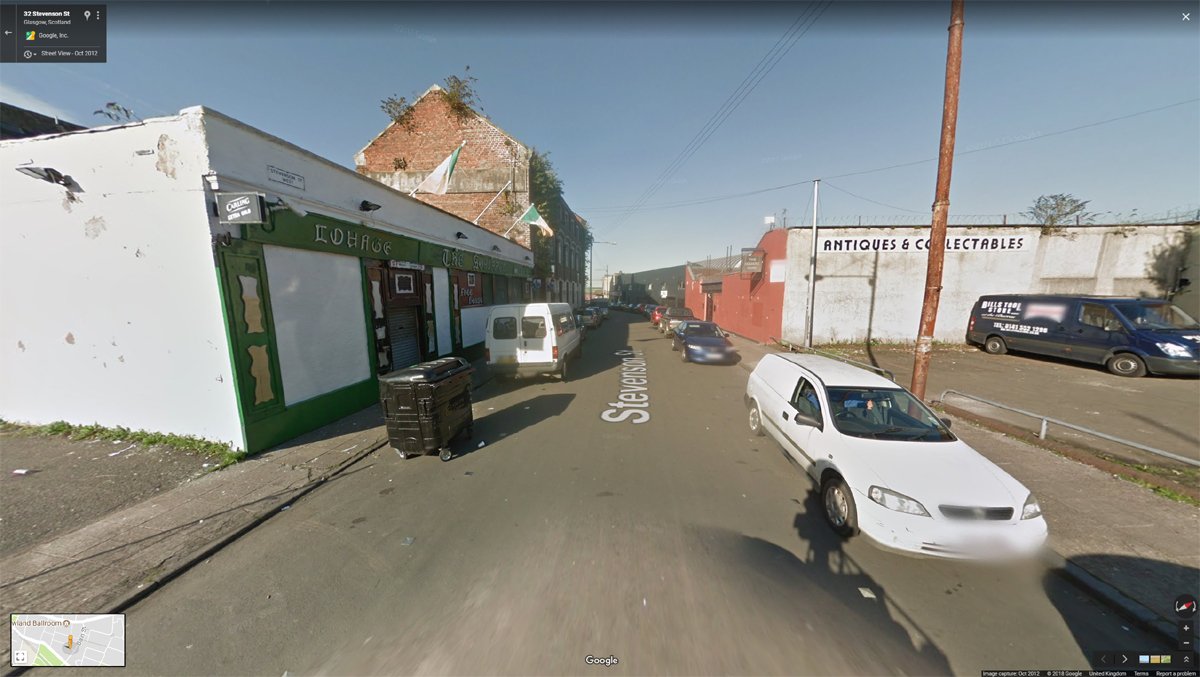
Fine wine. Slippers… 
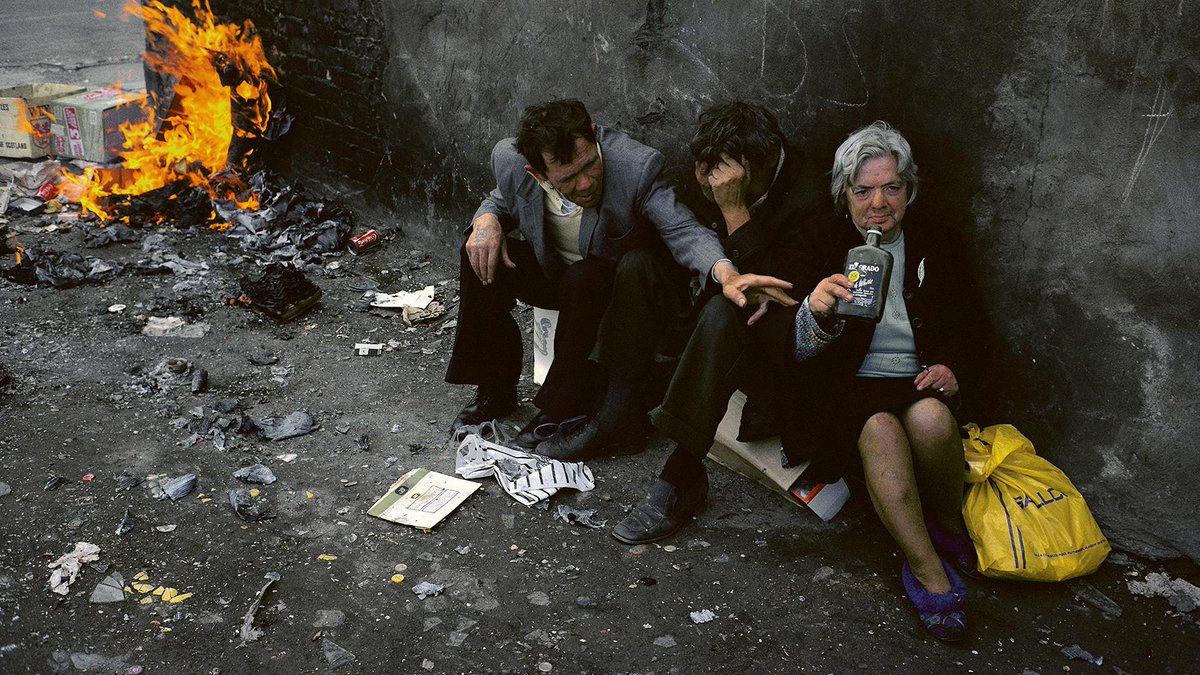
Something practical. 



A bunnet? 

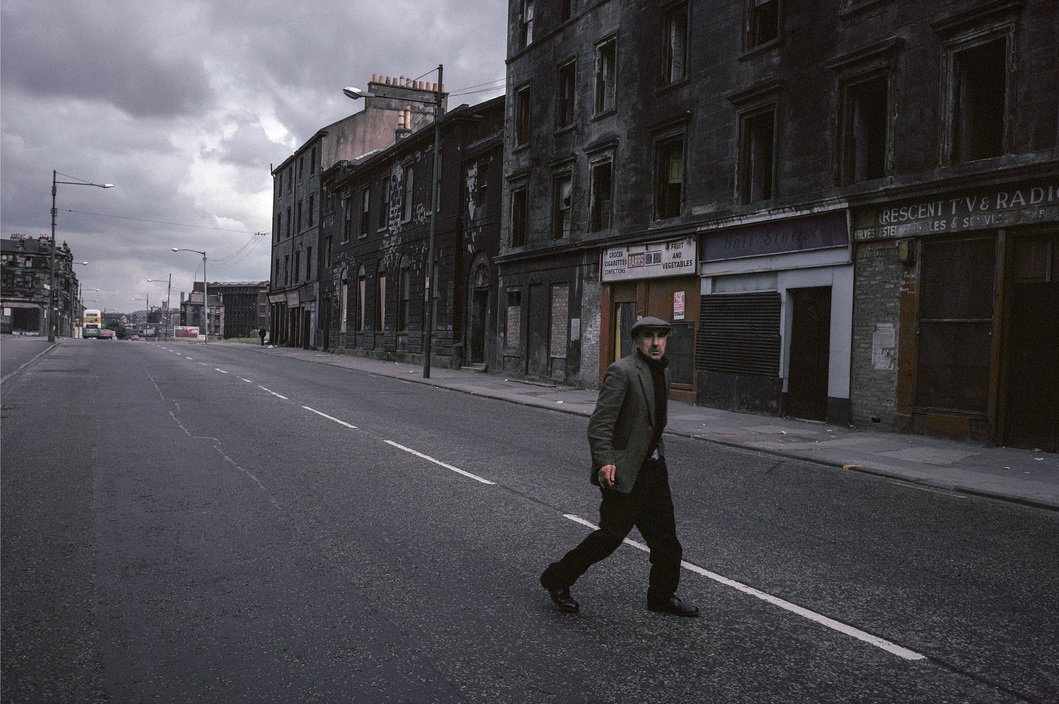
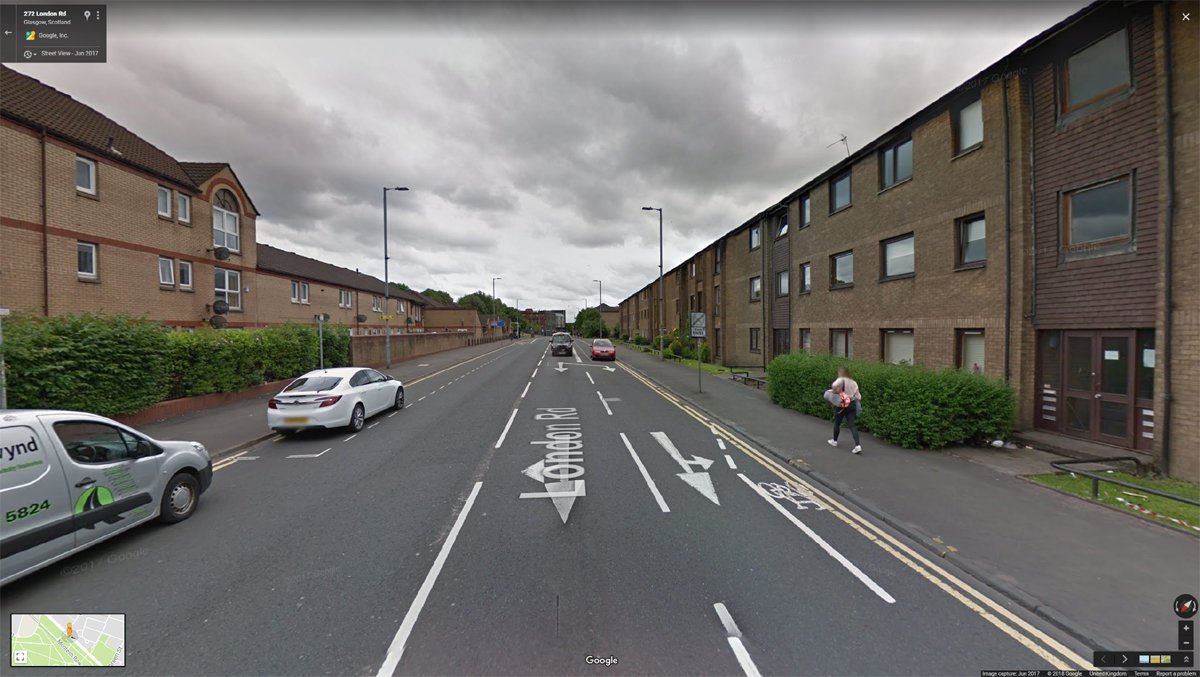
I fancy some G-Plan furniture. I hear that in 30 years time all the 50 year olds will go mad for it…🤑 

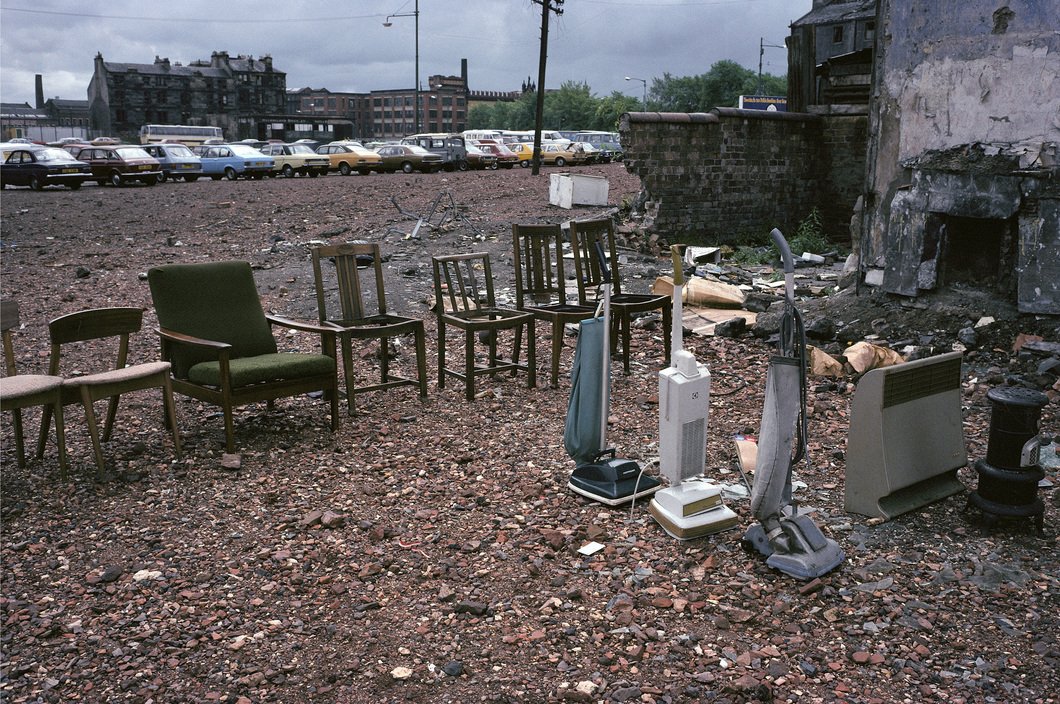
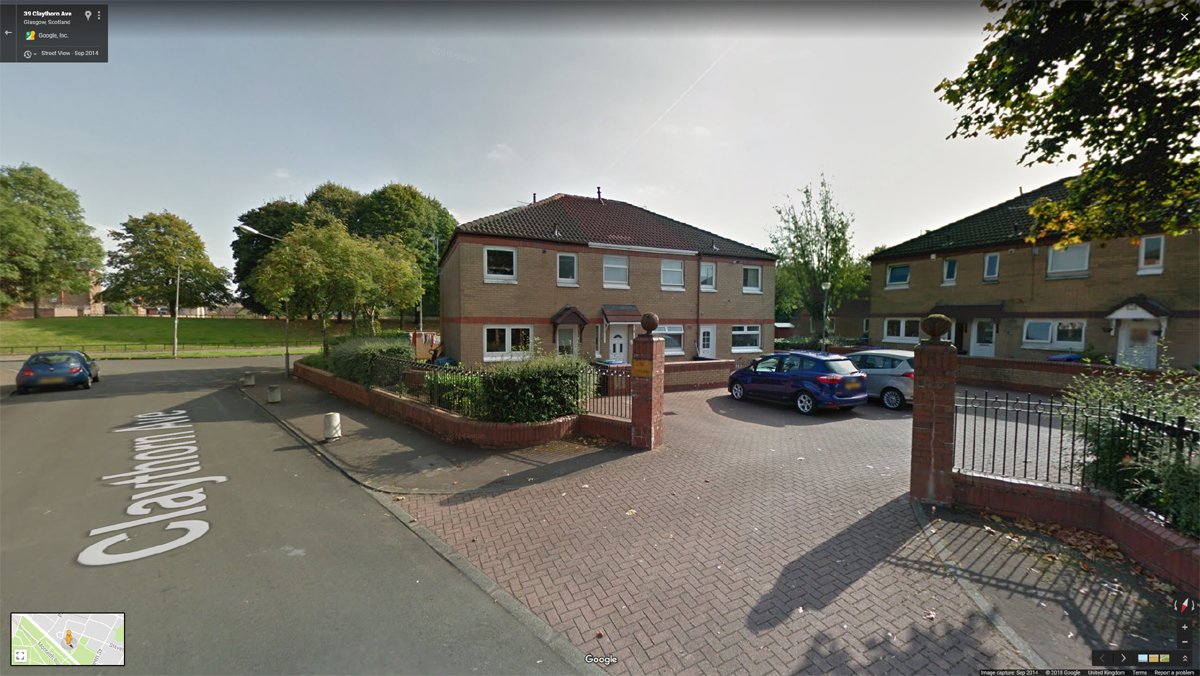
But the shop shut. 

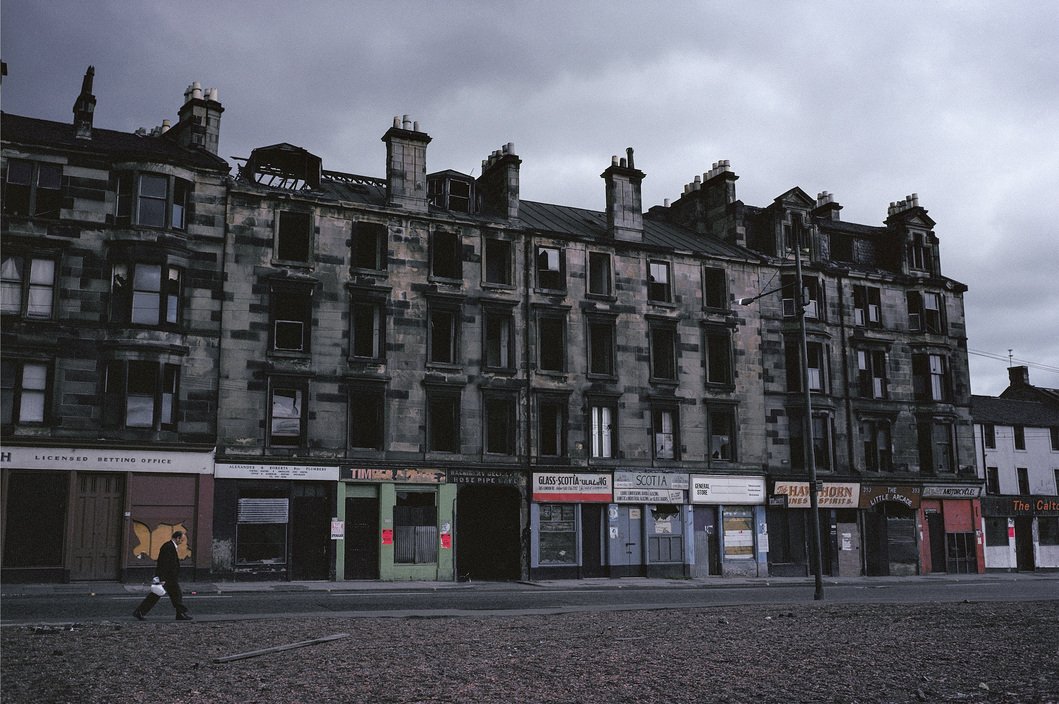
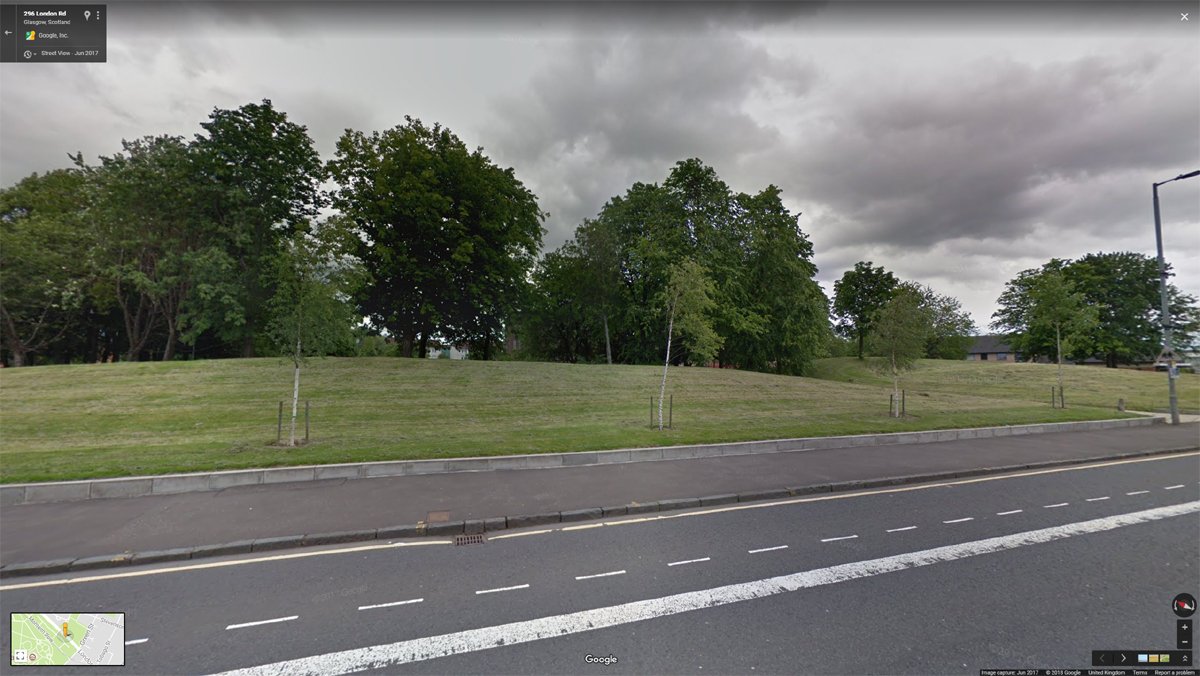
Nearly everything has shut. 


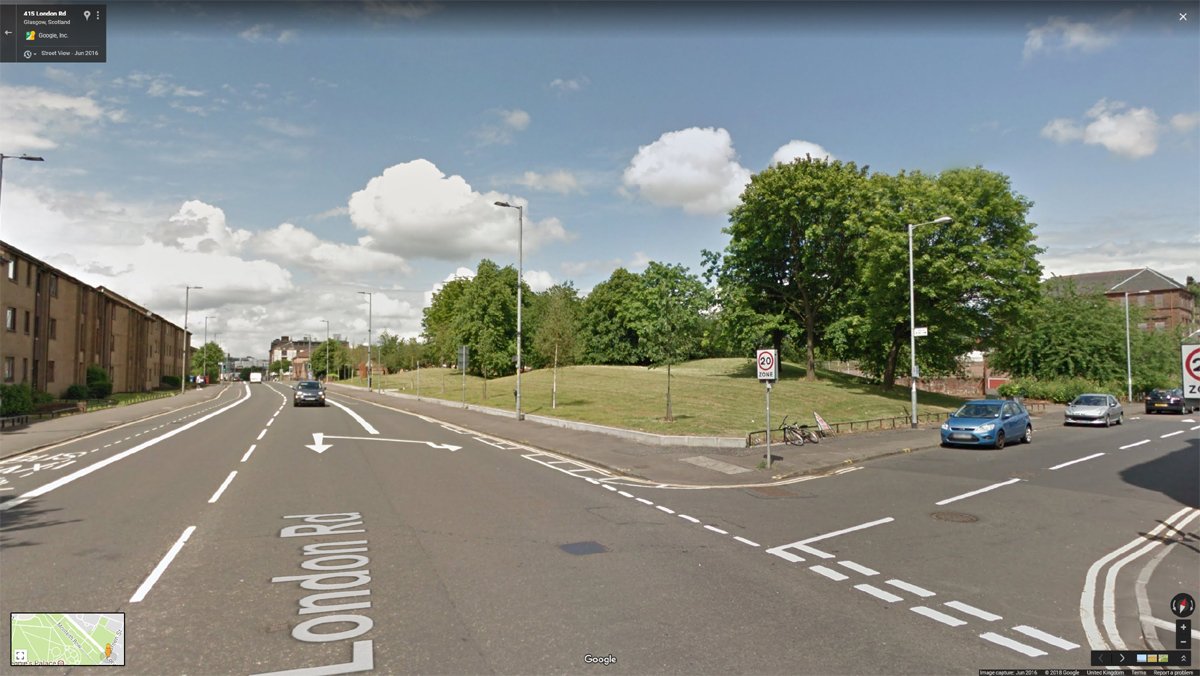
Or is shutting. 

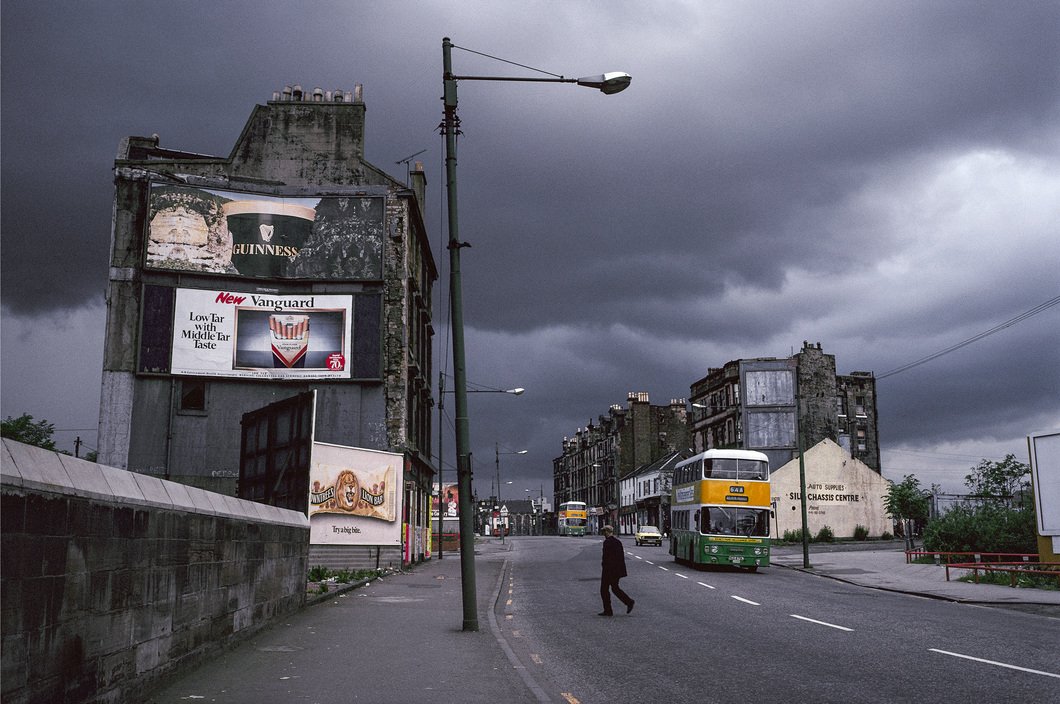
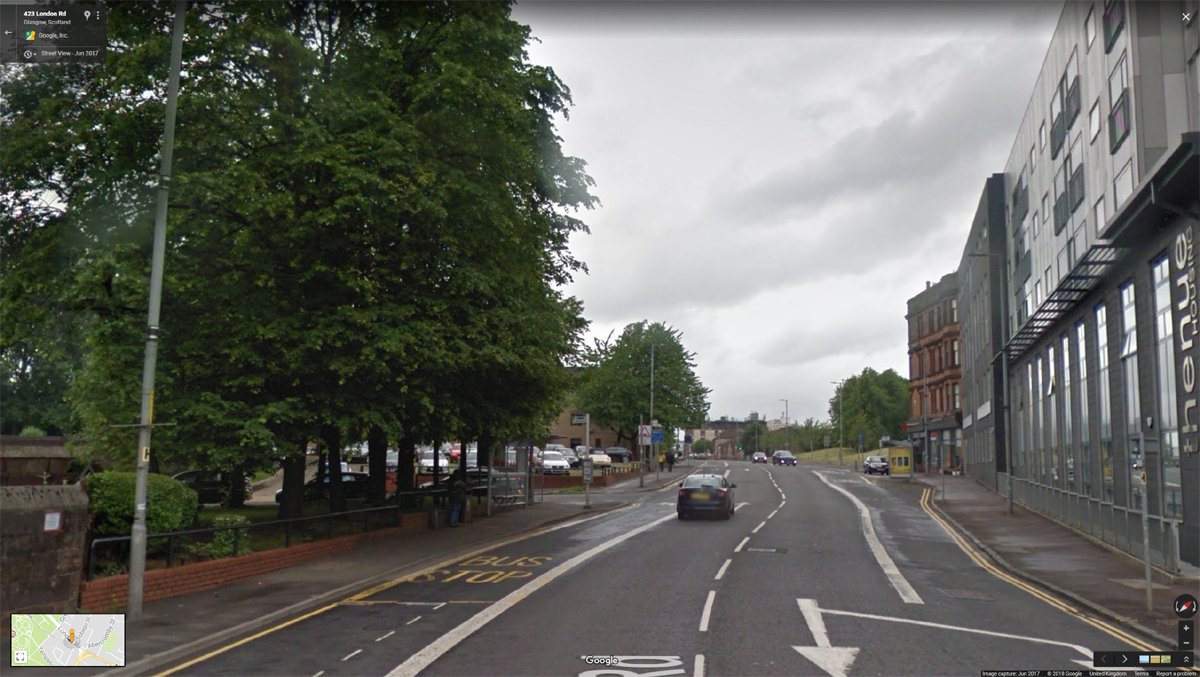
On the banes a'their arses. 

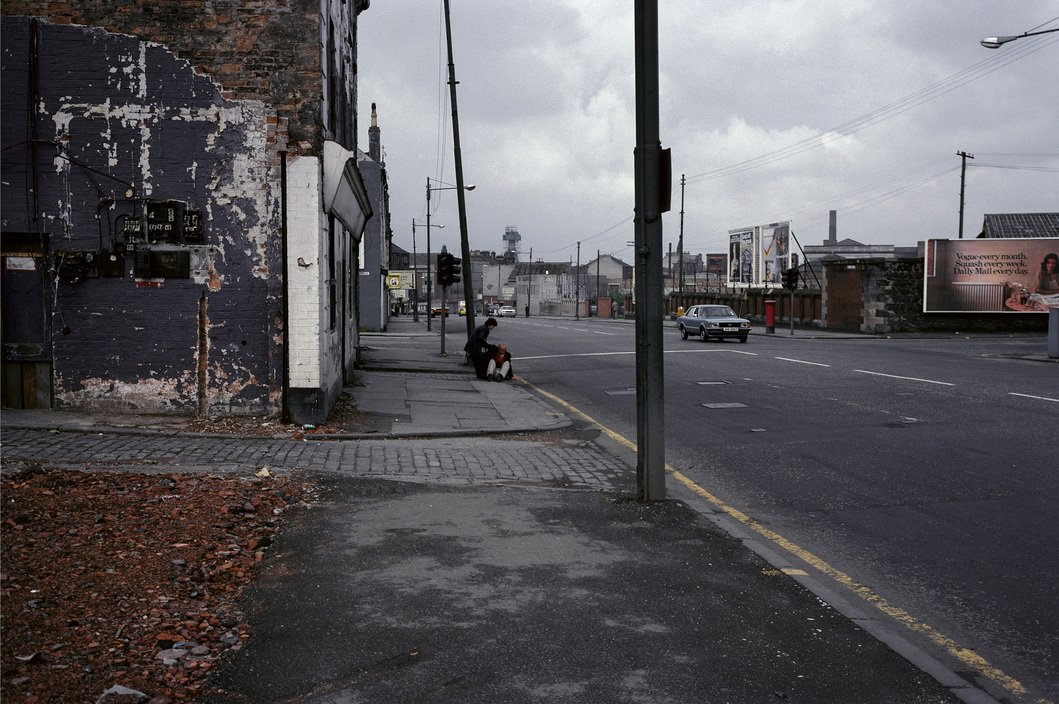
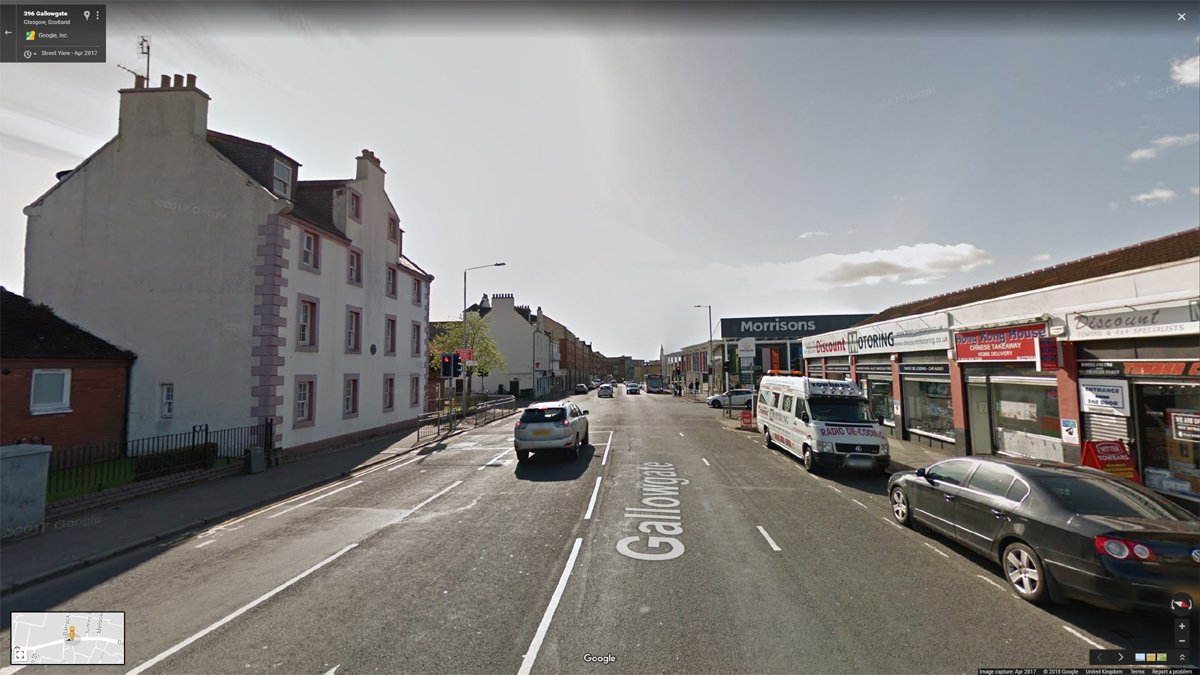
The grass and trees will be nice when they mature. And this wound heals. 

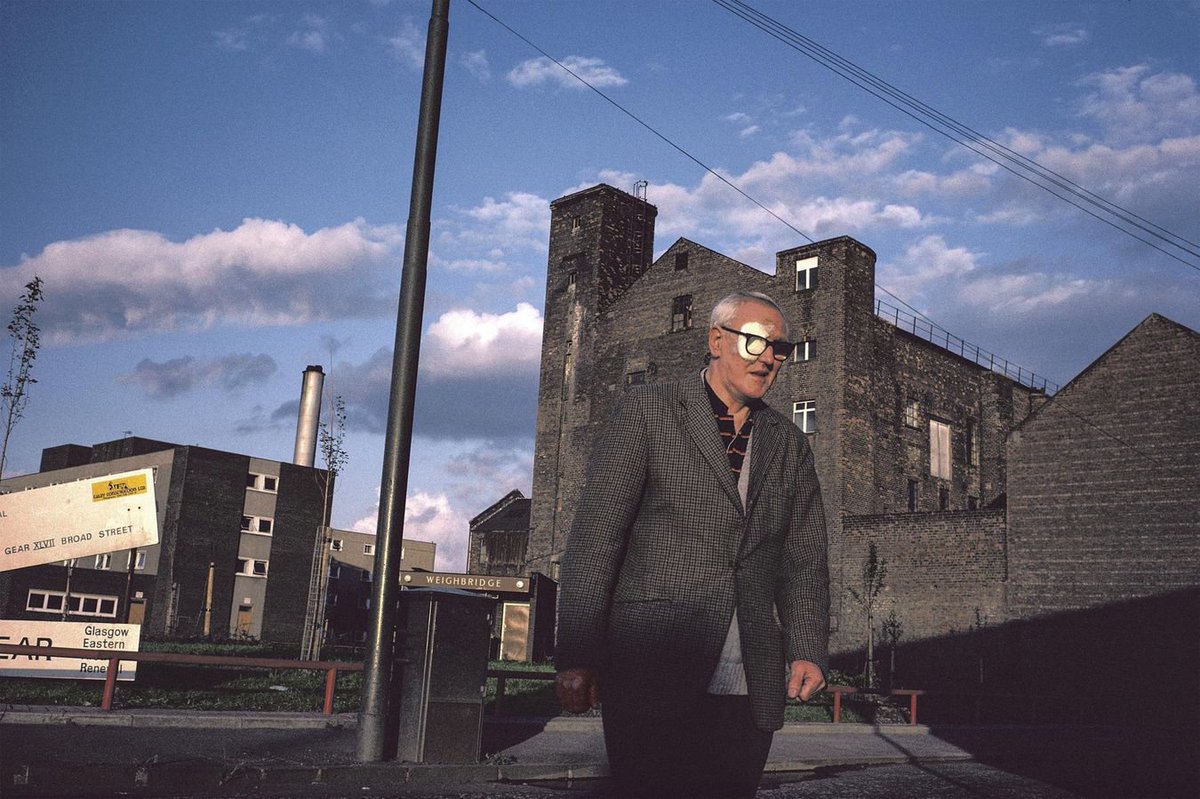
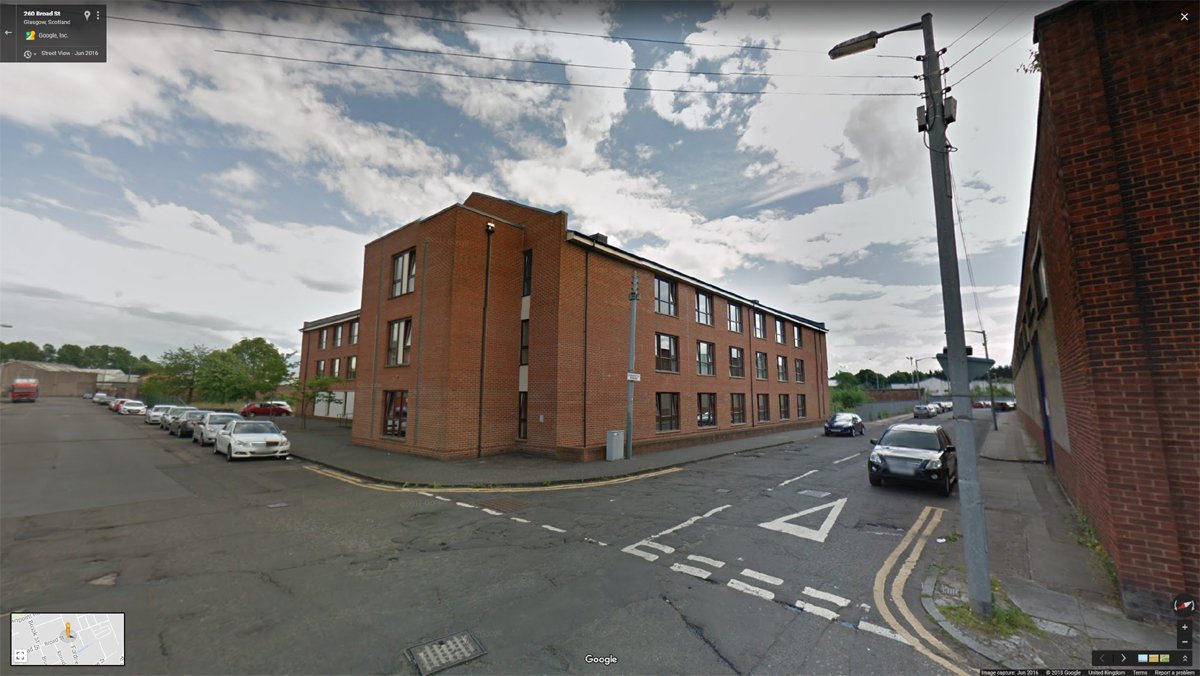
Turtle Wax?
No, sandblast soot removal.

No, sandblast soot removal.

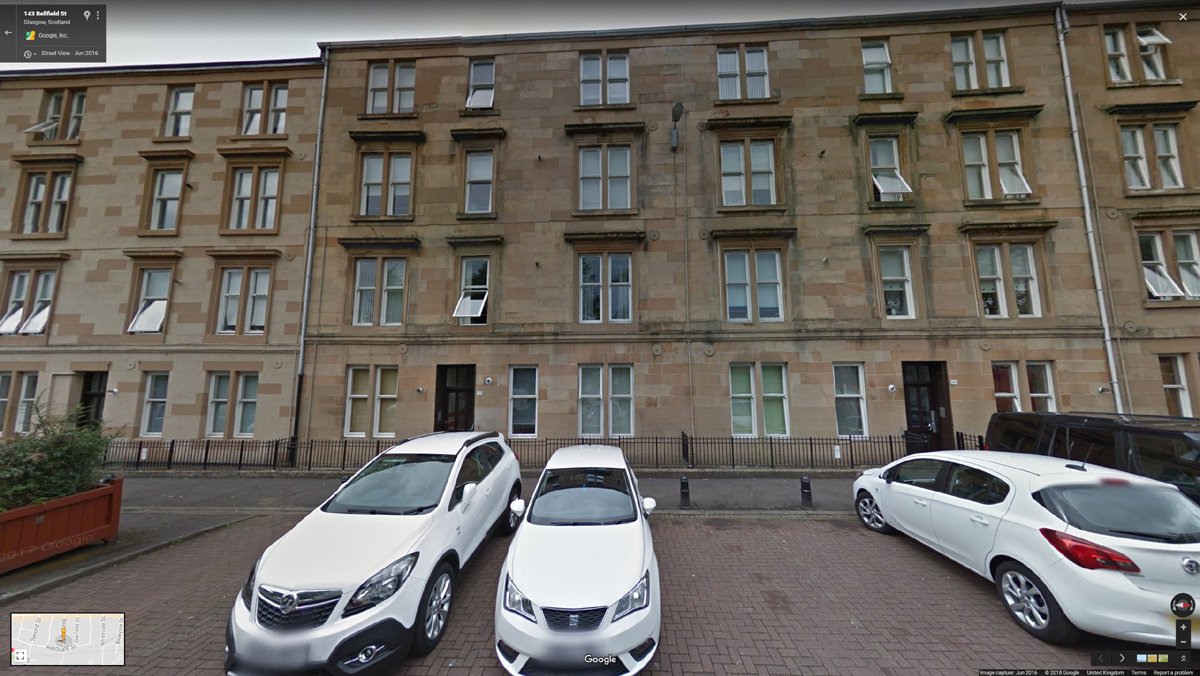
Time to take stock. Consider out options. Dreepy this fence… 

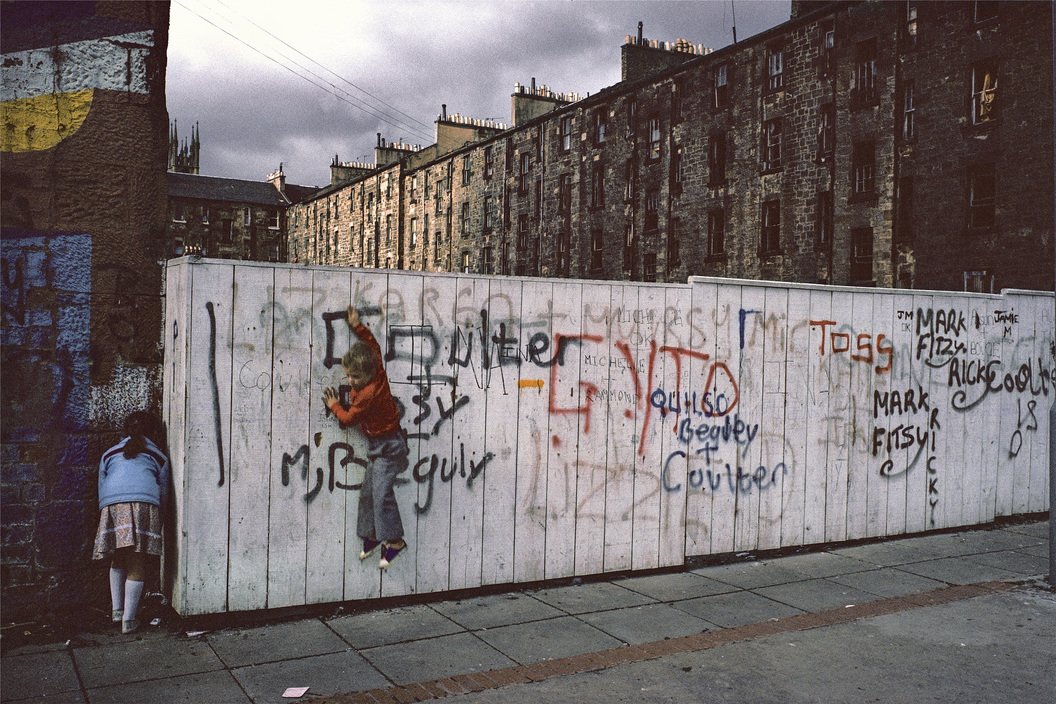
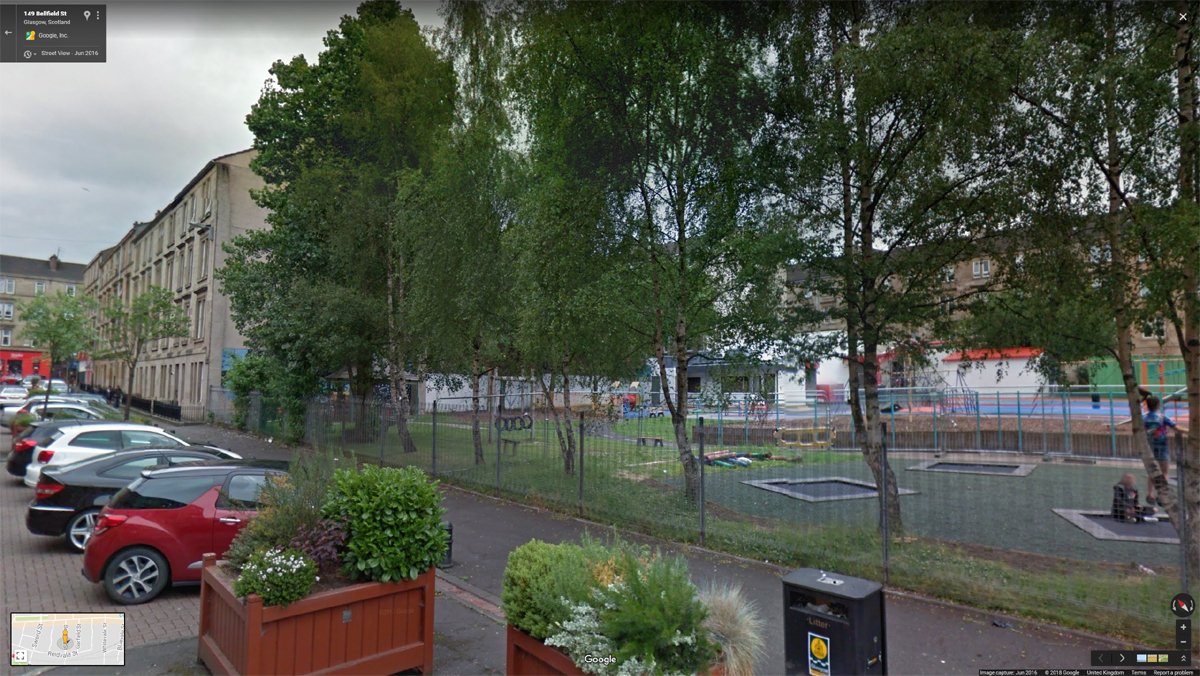
Enjoy the surreal and slightly terrifying beauty of industrial Glasgow in the rain. 



Take in the spectacle of the tallest tenements in Scotland. Streets in the sky. 

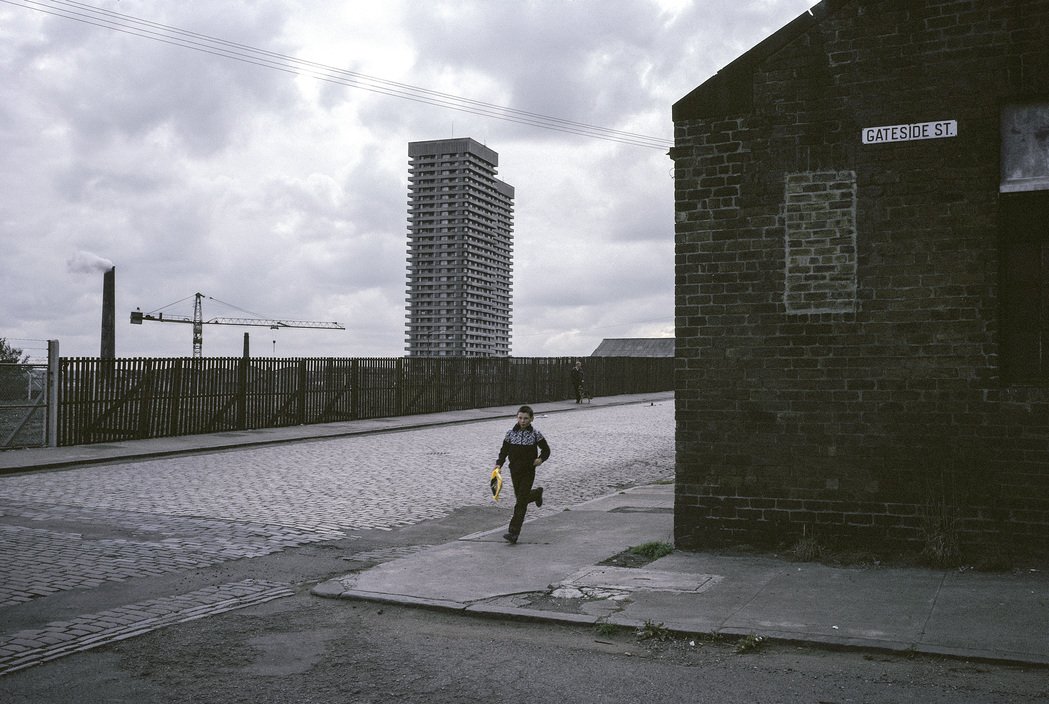
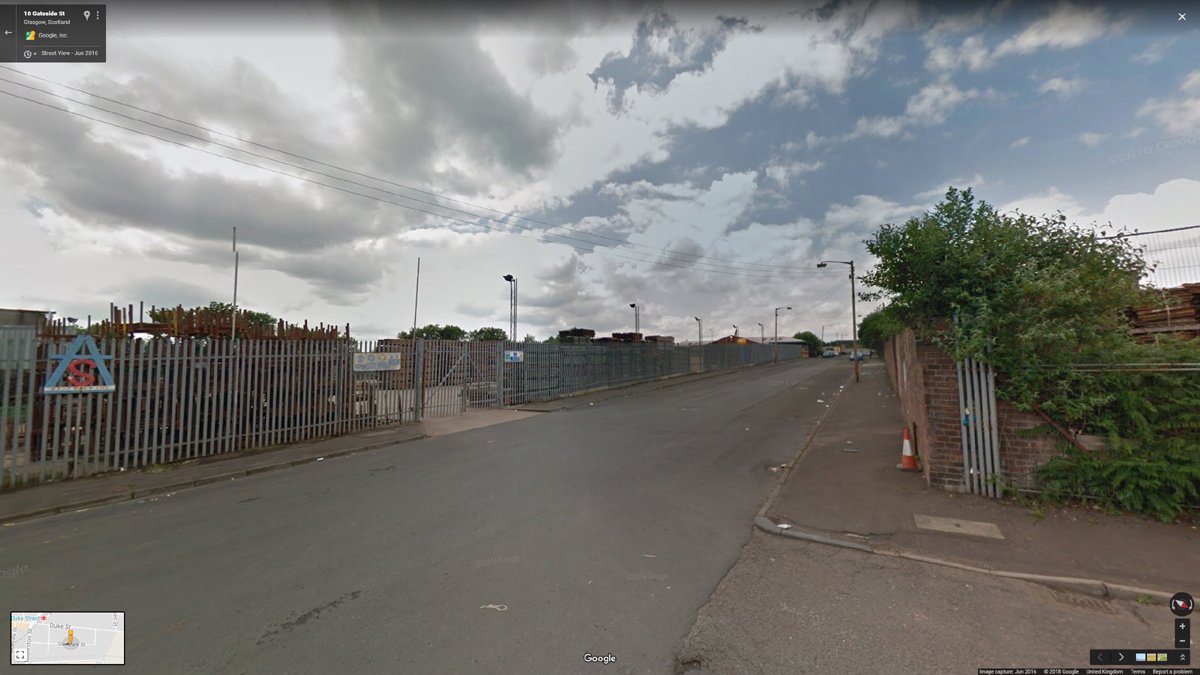
Built to last… 

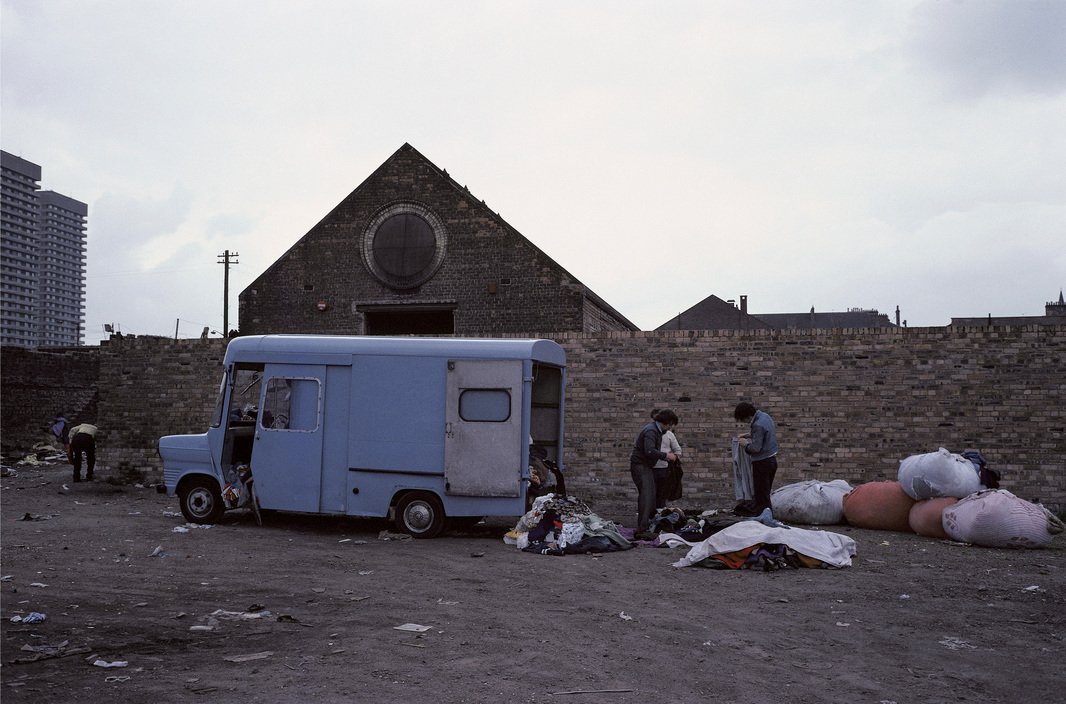
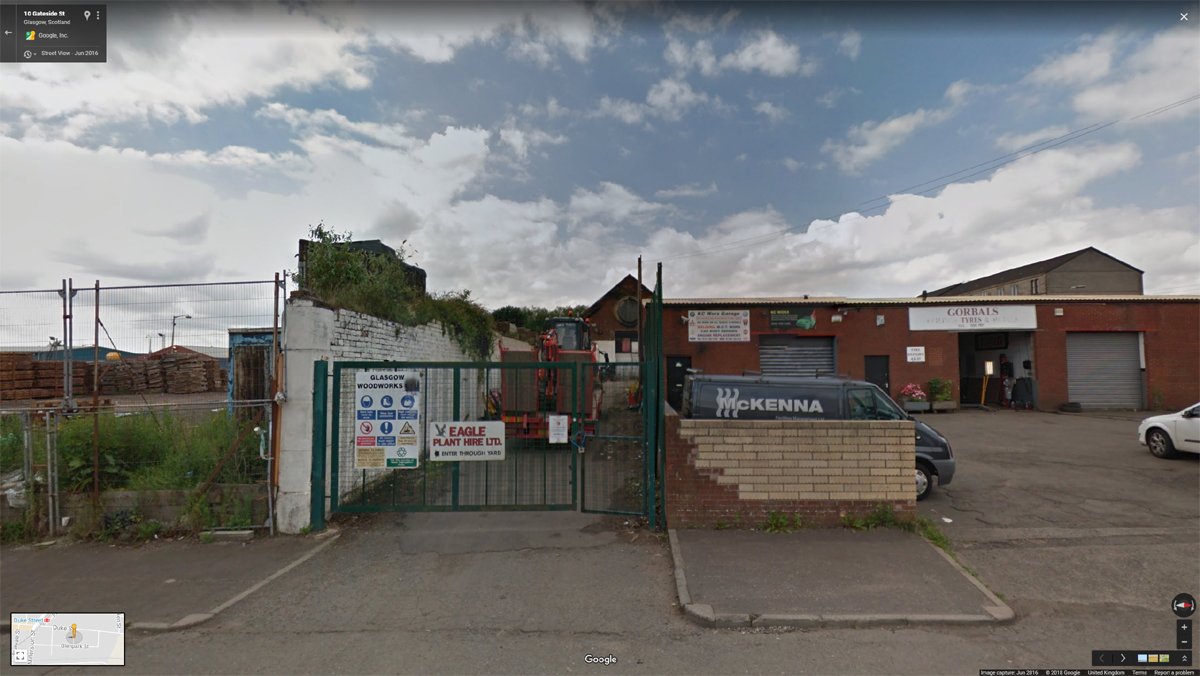
Such beneficence literally had people doing cartwheels. 

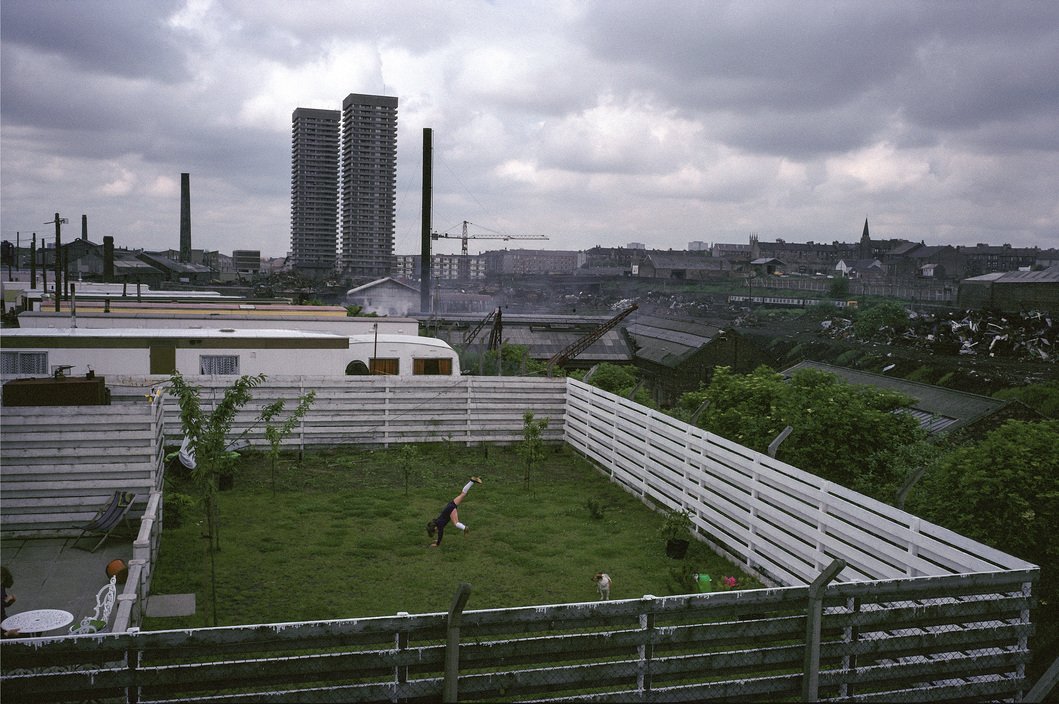
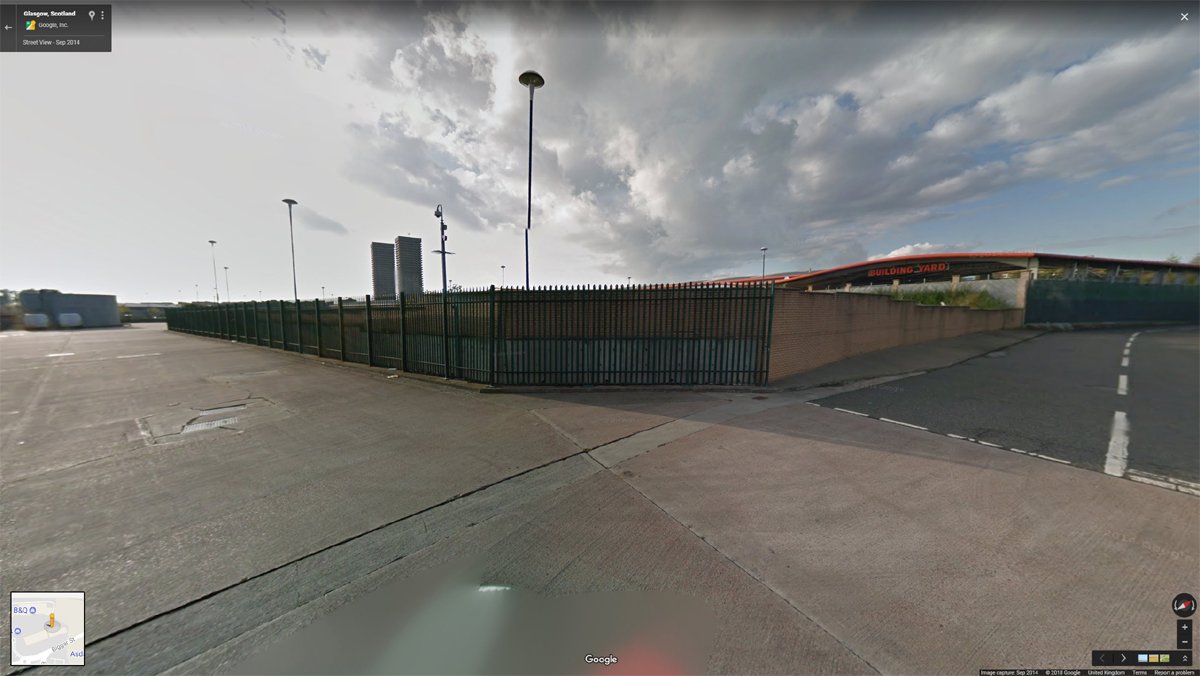
~Overview of the last 17 images: the Barras, Calton, Bridgeton, Denistoun and Camlachie lie east of the city centre. The majority of these areas were obliterated, Dennistoun fared best out of all of them. 


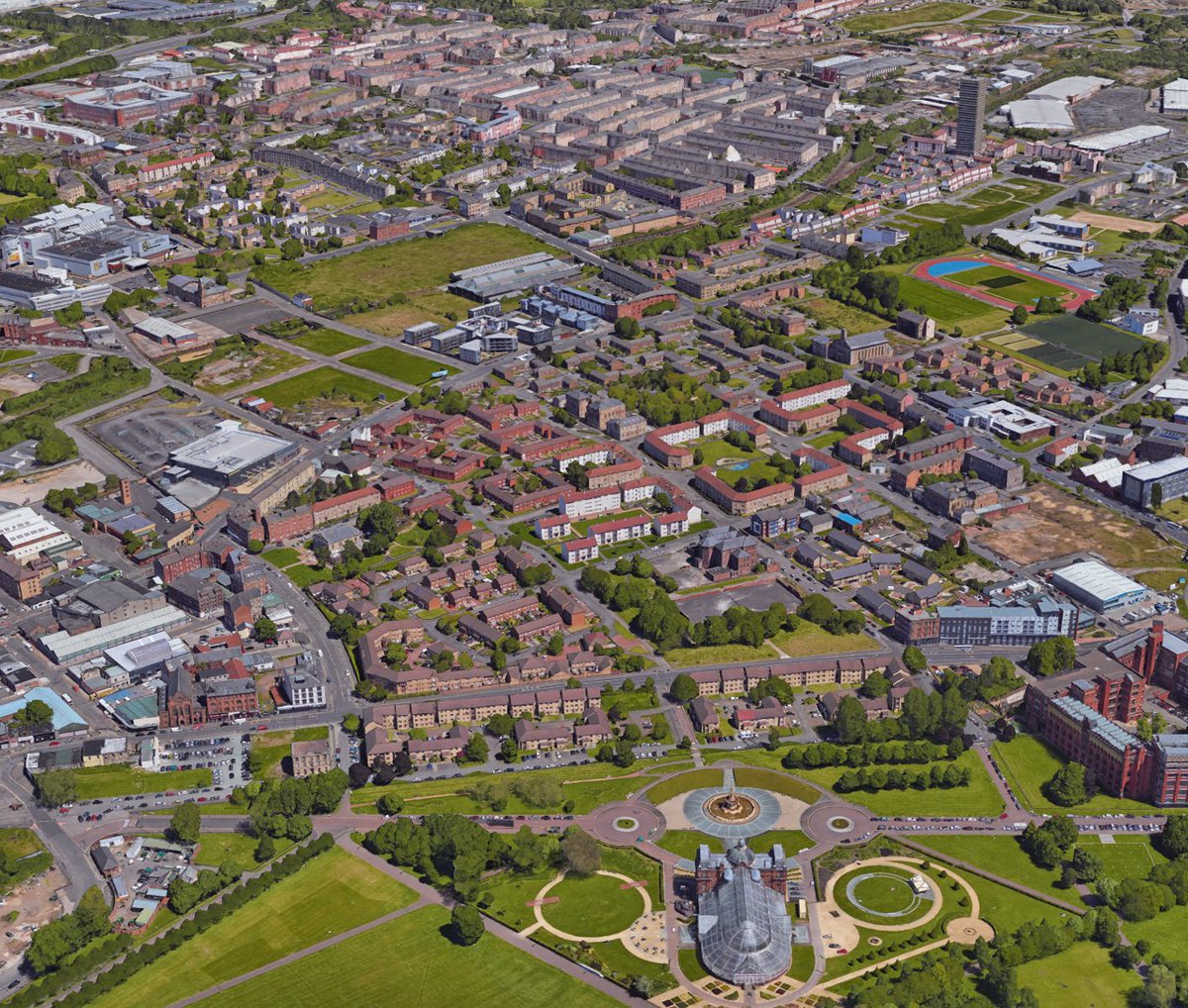
There is continuity in streetlight-mounted bins. 

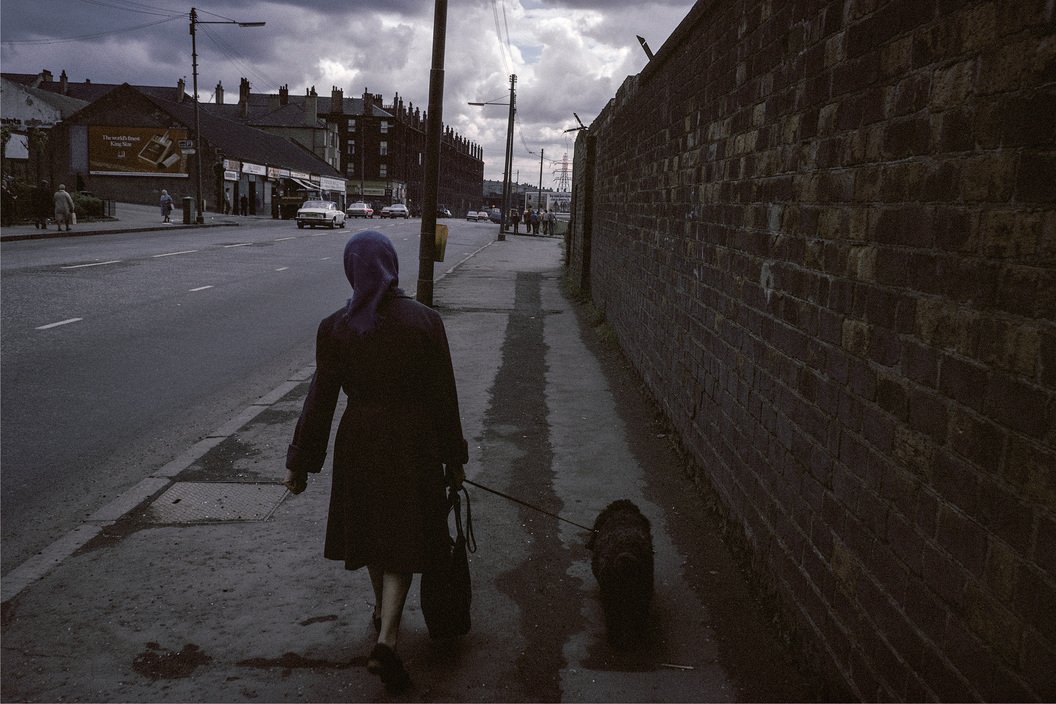

Bus stops not so much. 

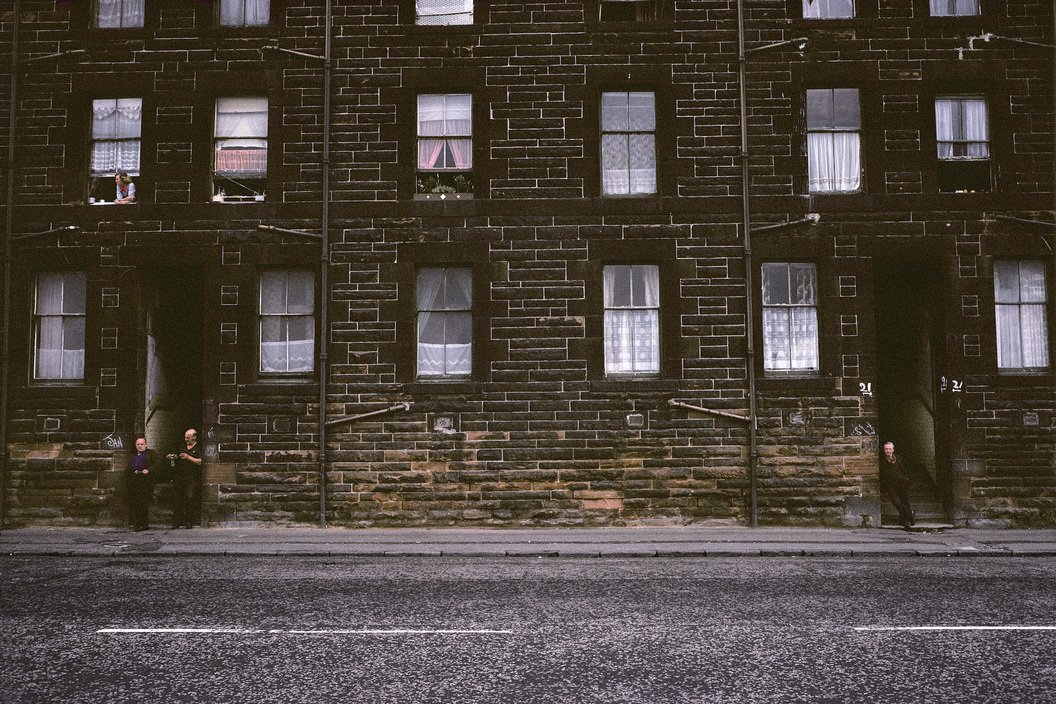
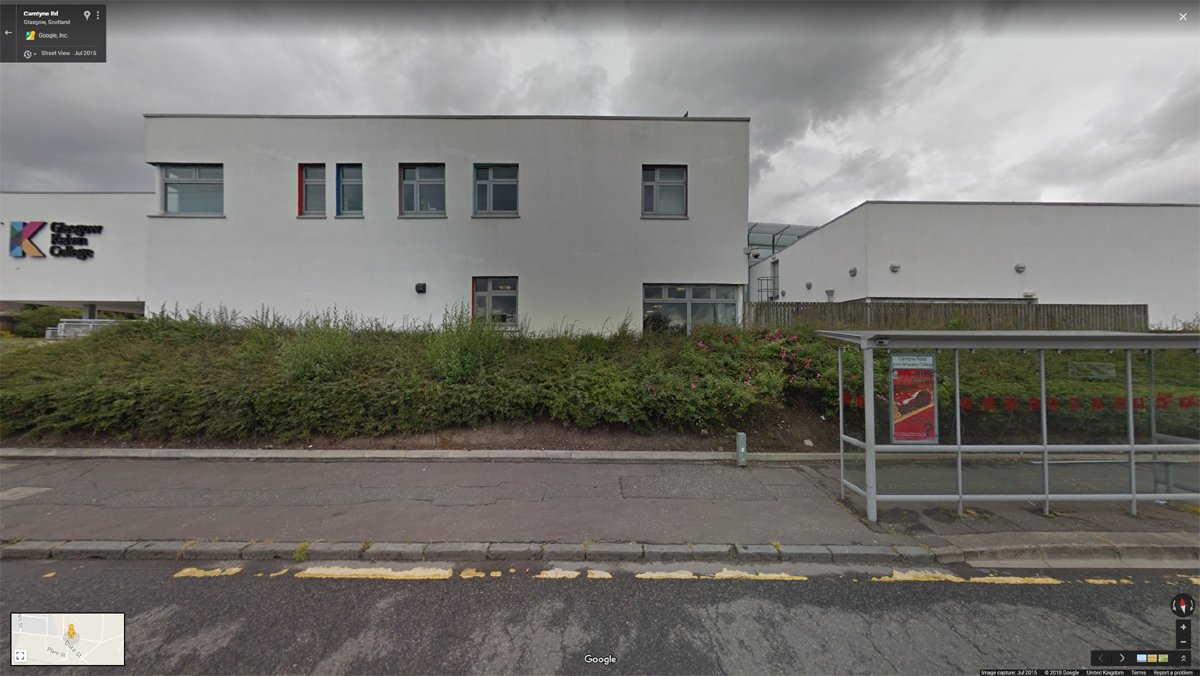
Bill boards are ever present. 

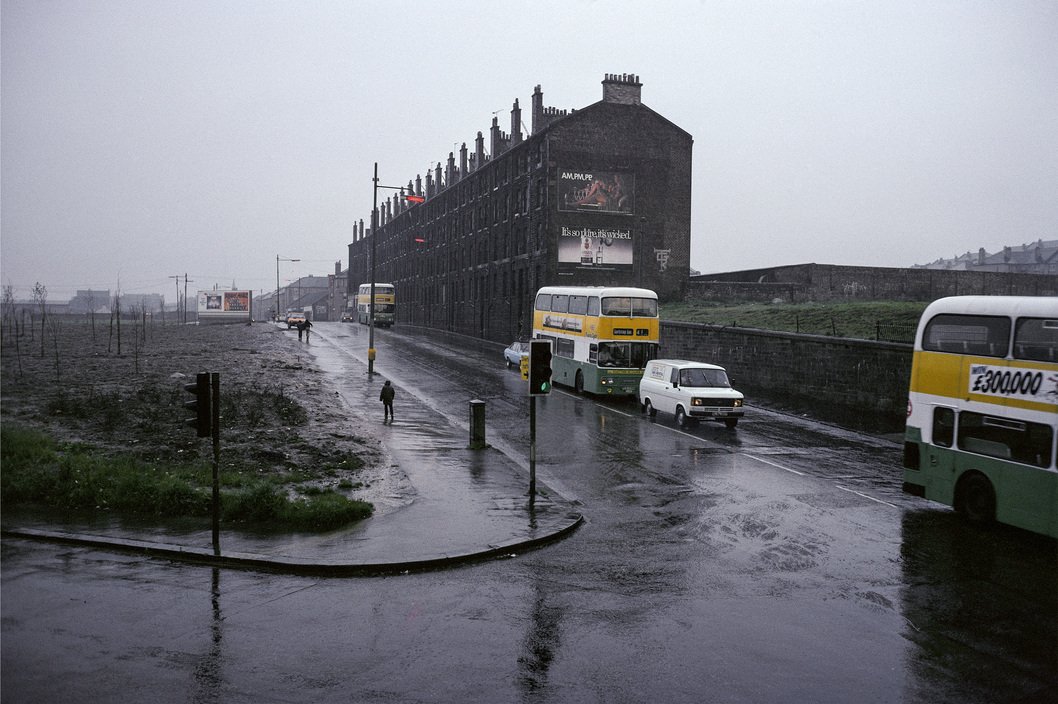
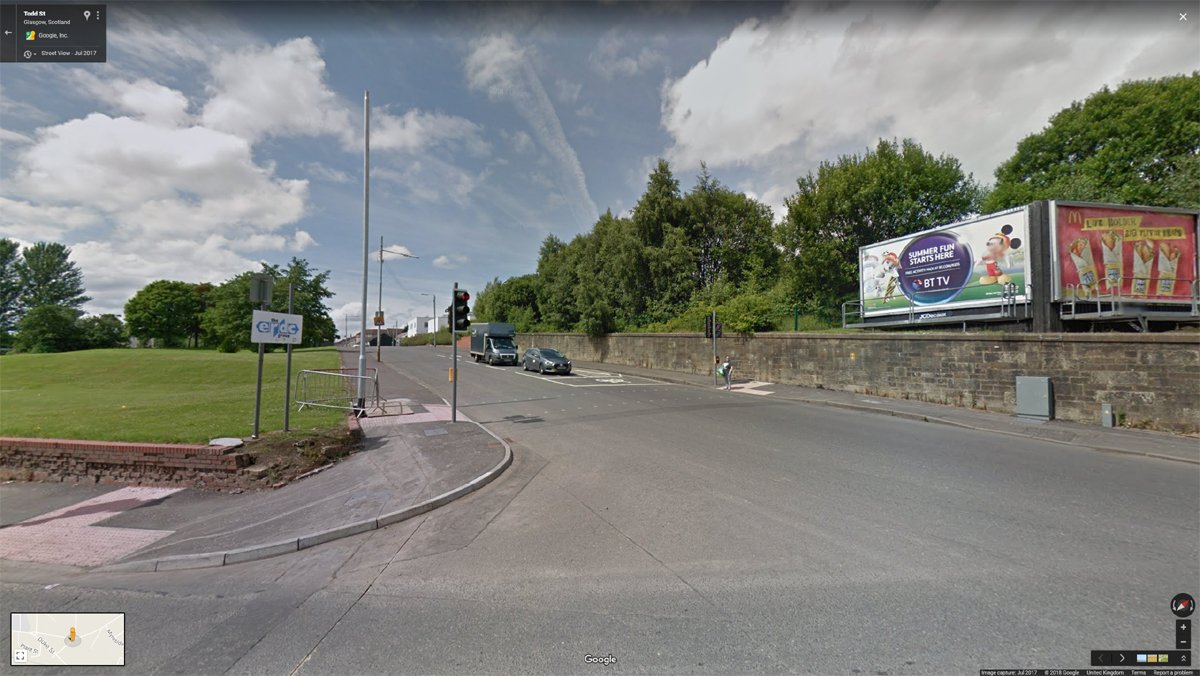
Train lines come and go. 
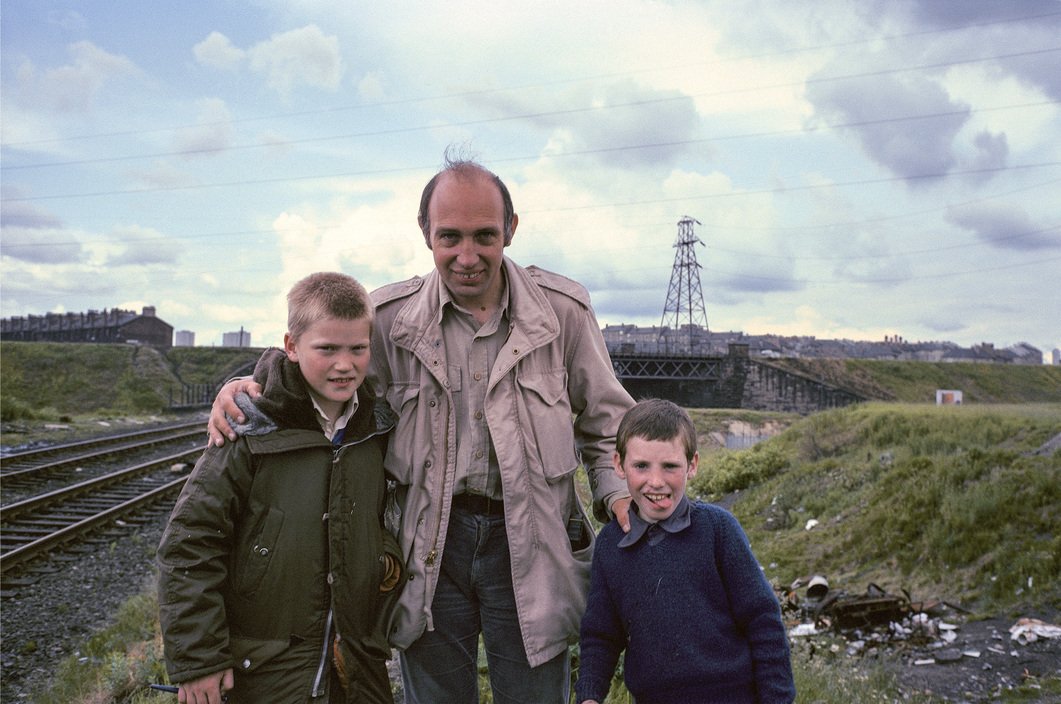
As do jobs. 

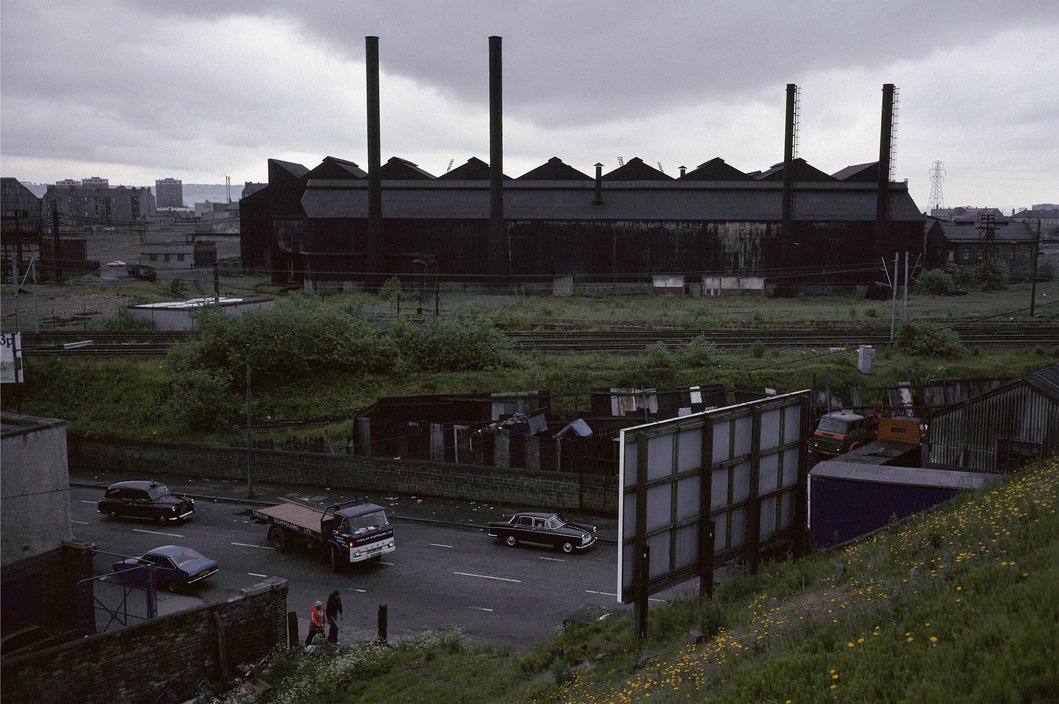

The steam hammers that for generations forged steel are silenced. 

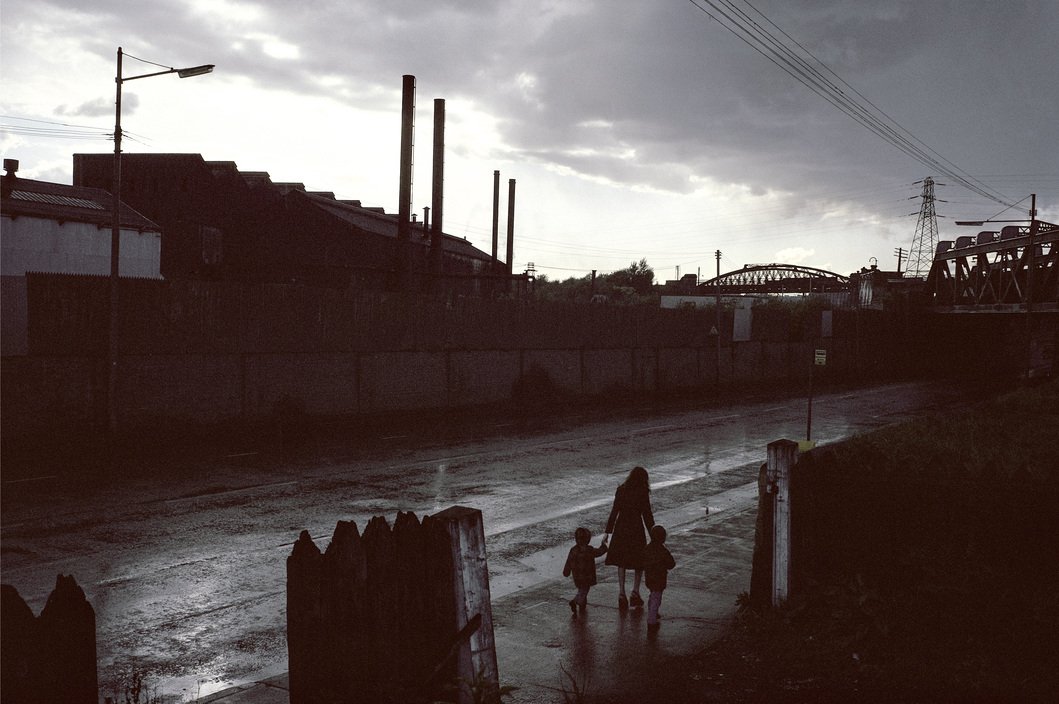
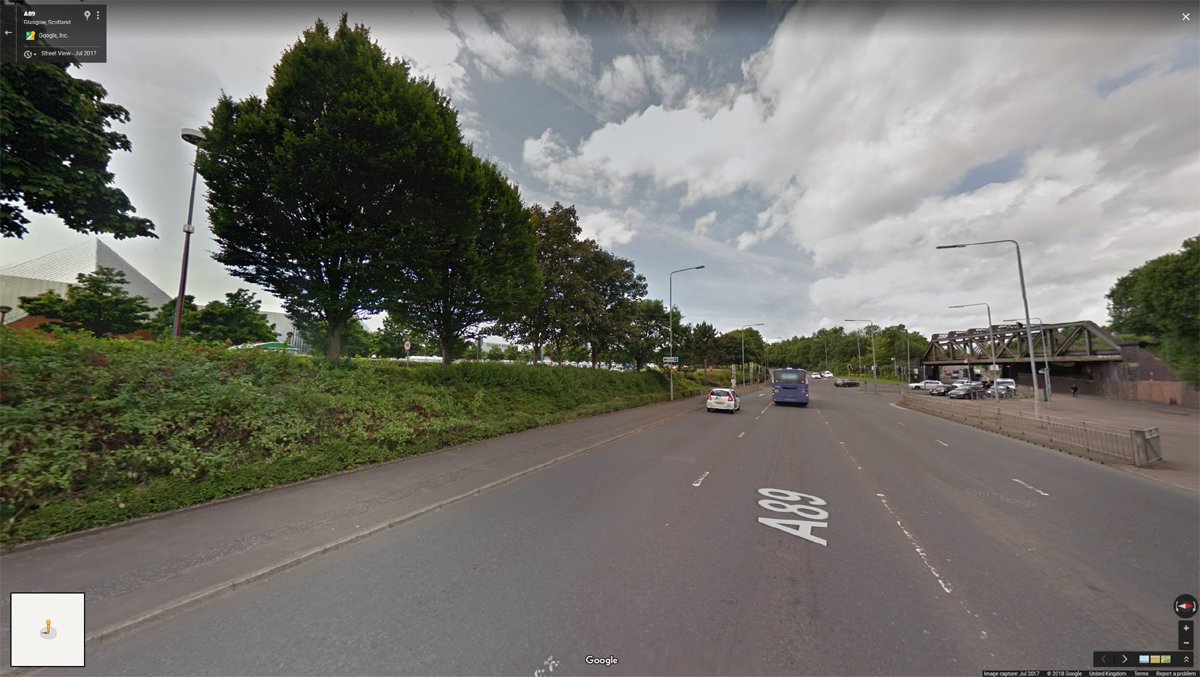
But old sheds are replaced with new sheds. 

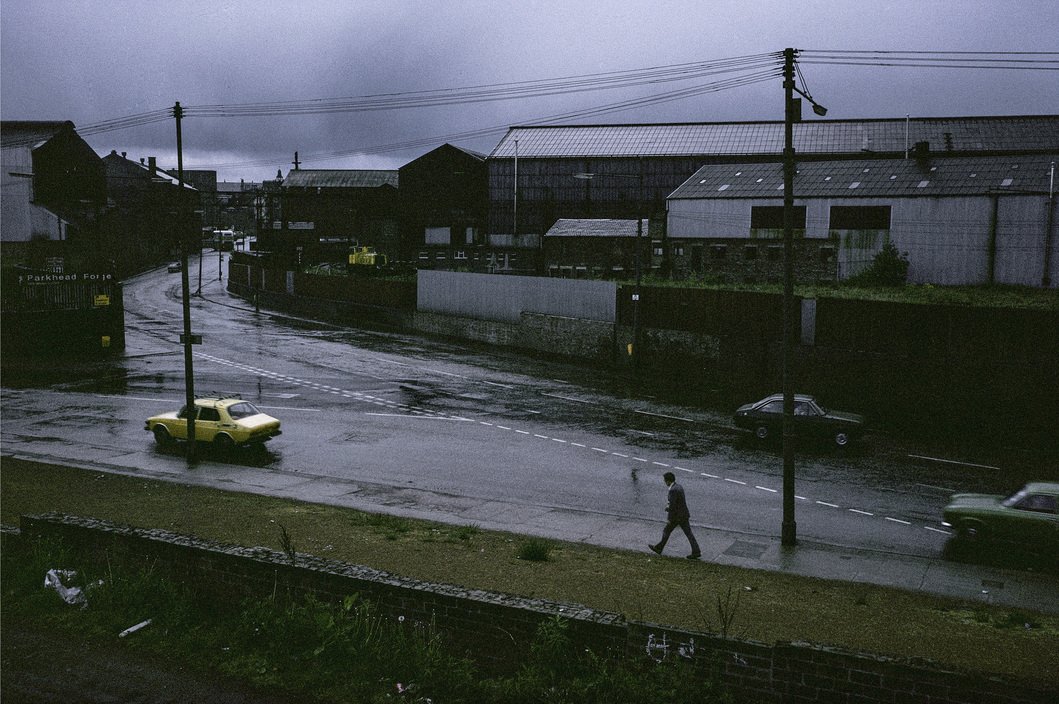
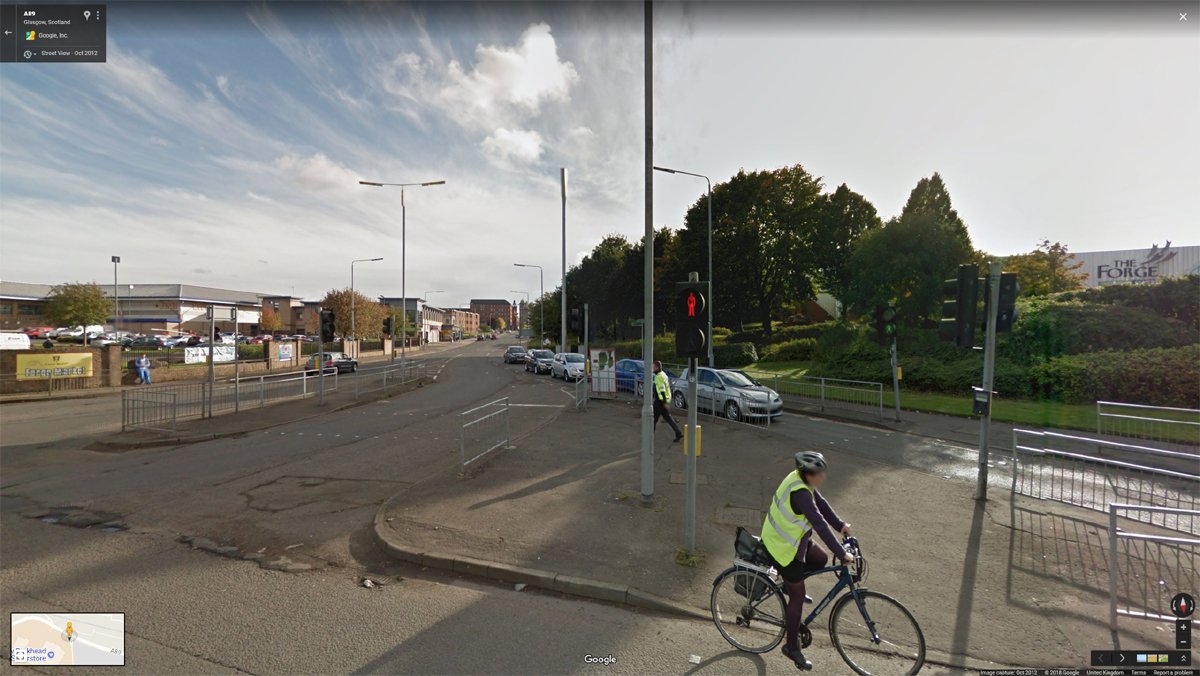
Coz where there's muck there's brass... and bricks... and barrels of oil… 
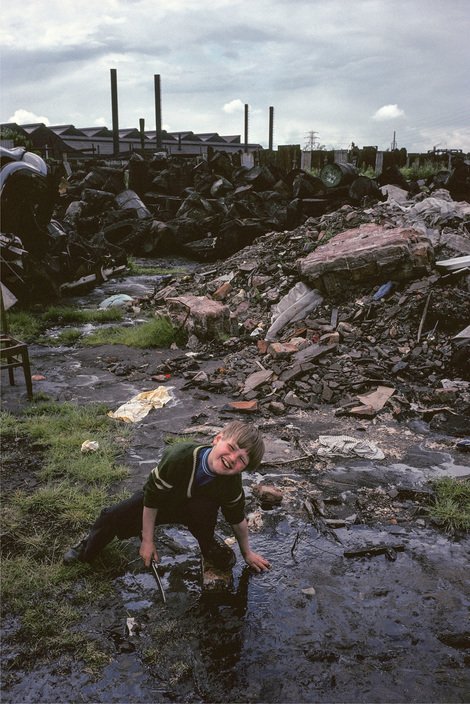
The detritus of dereliction. 


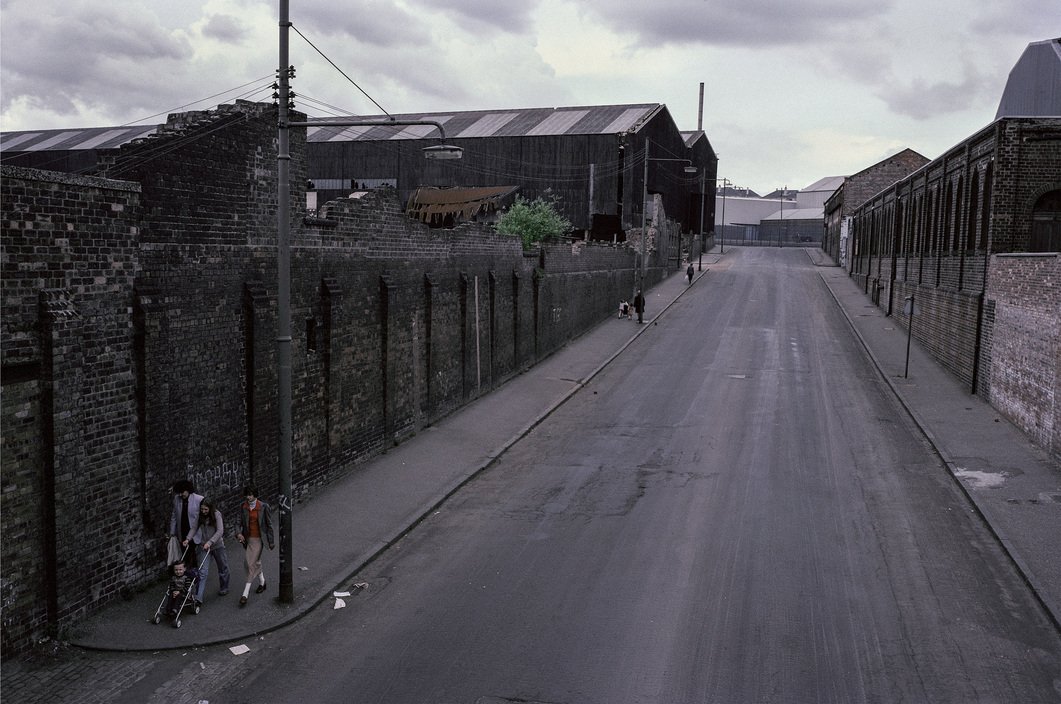
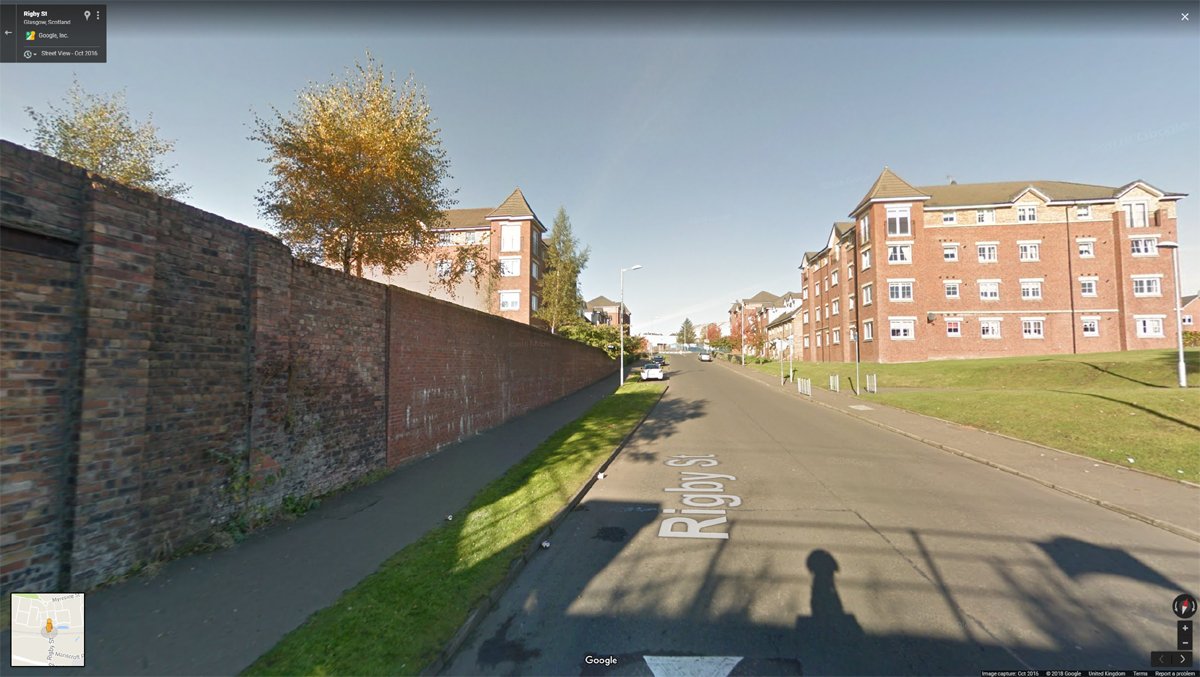
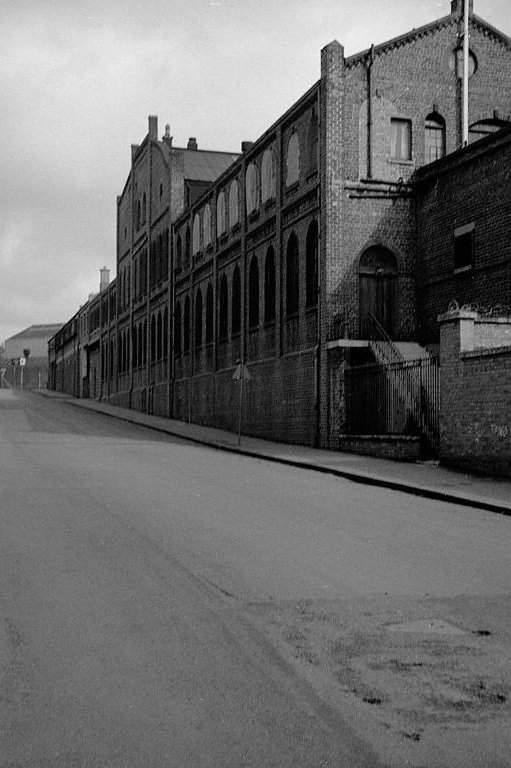
Overview of the last 5 images: Beardmore's Forge at Parkhead, this once sprawling complex produced all manner of heavy steel products from cannon to cranes. All that really remains of it are a retaining wall and a few little sheds. 



So, I heard something about doing something.
You in?

You in?

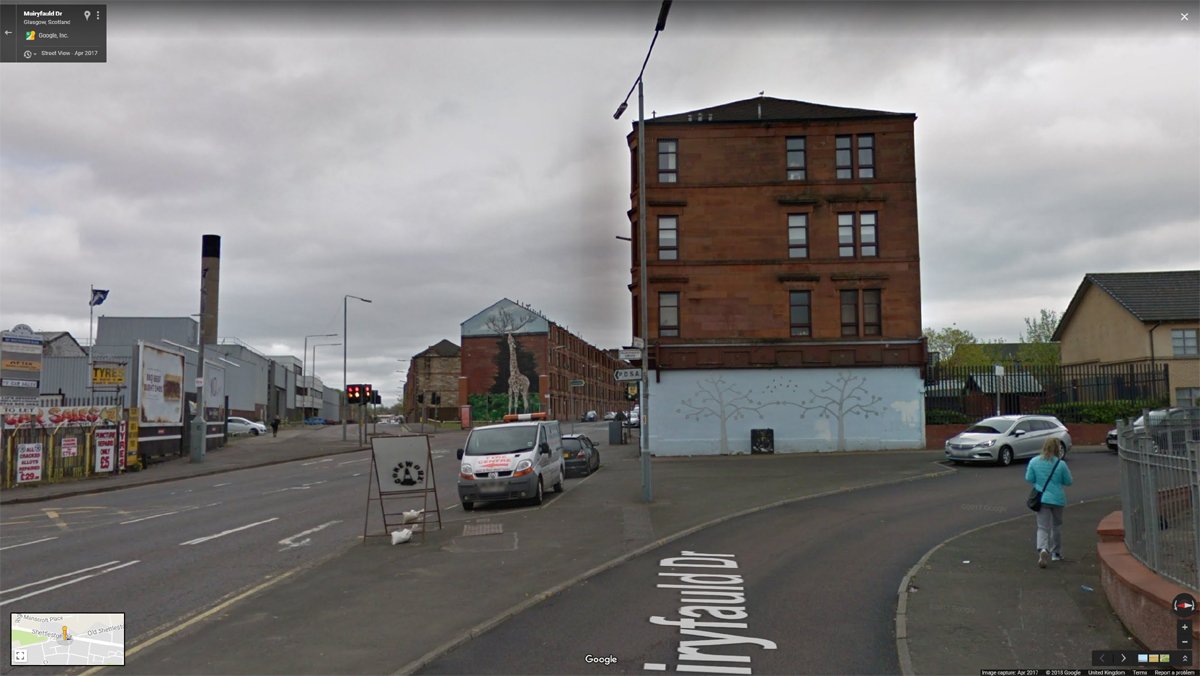
Aye.
Here's an idea, start with the basics - somewhere safe and clean I can hang my washing and the waens can play.

Here's an idea, start with the basics - somewhere safe and clean I can hang my washing and the waens can play.
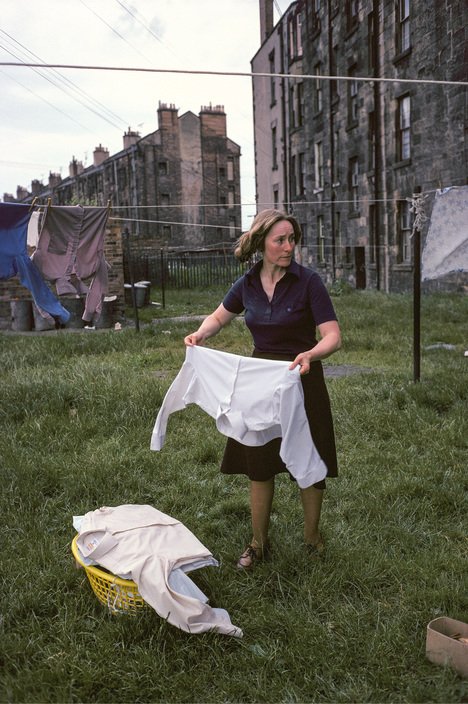
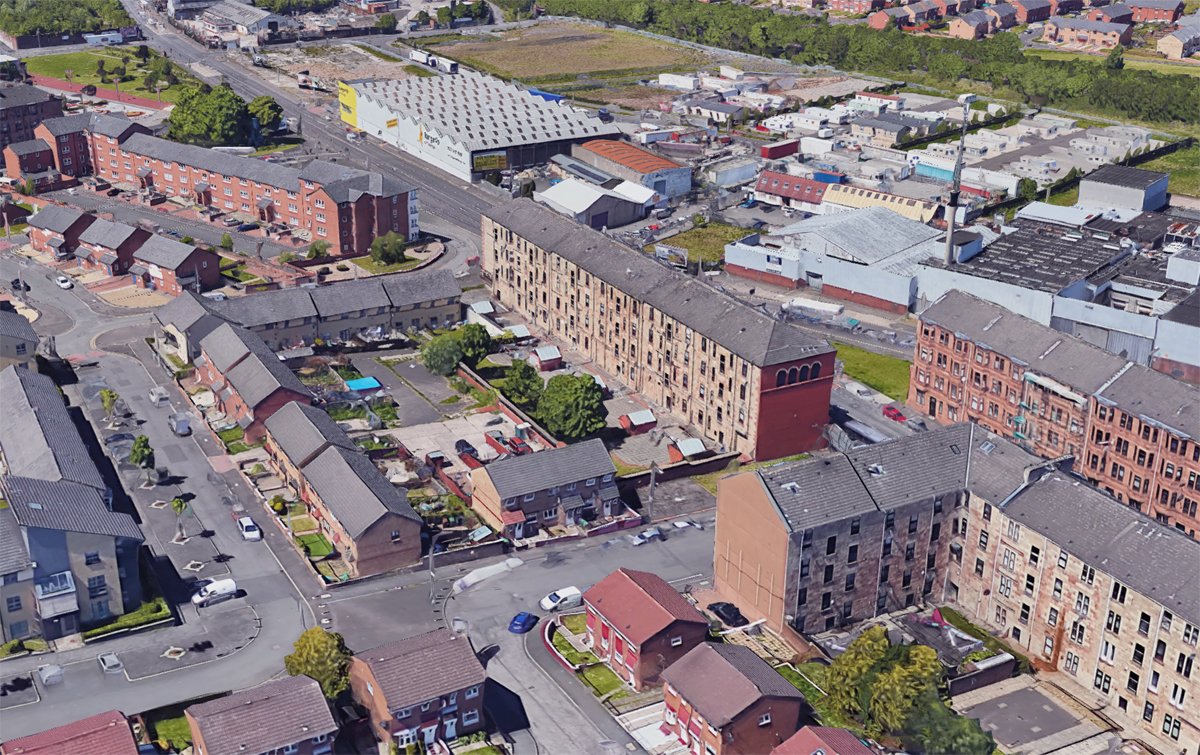
So the people of Glasgow, after enduring 50 years of an uncertain fate, took matters into their own hands. They pulled together & reformed the fragments of their shattered & neglected communities into groups to provide the decent quality housing that had so far failed to arrive. 
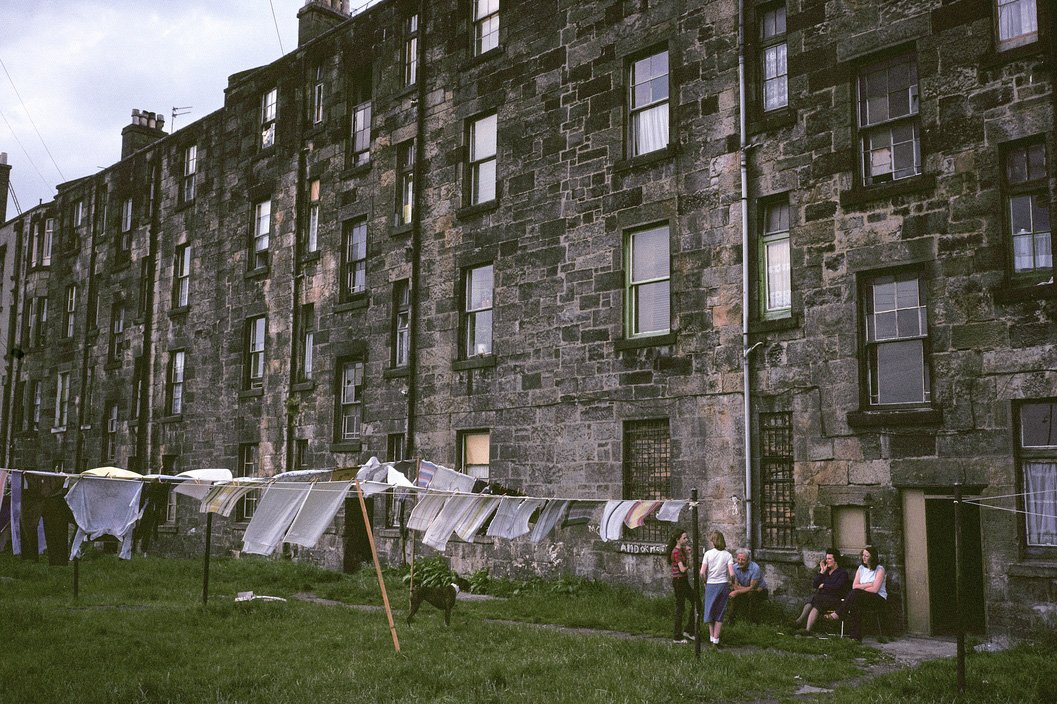
But they would take a new approach, that of renovation. Housing Associations made up of local communities started buying up the tenements, improving the communal areas, reconfiguring the layout of the flats, upgrading their services and cleaning up their stonework. Modern homes. 





Gap sites where tenements had once stood would be filled. The private sector would play their role to varying degrees in different areas. Under construction in this image is the first privately funded development to take place in the east end since the first world war. 

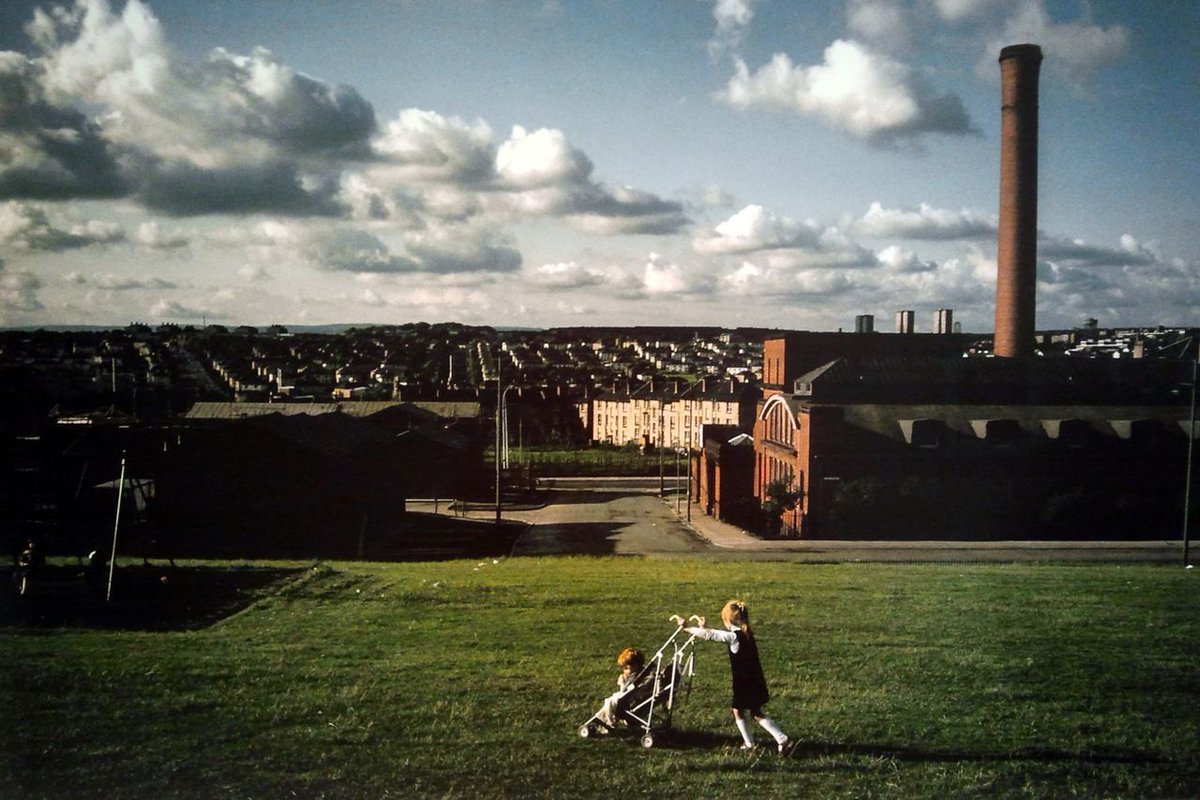

Had those communities been empowered from the outset, rather than having successive visions imposed upon them, who knows how much more of Glasgow might have survived.
Geezahawn up the road...
For more on Shettleston (the last 5 images) see this thread:

Geezahawn up the road...
For more on Shettleston (the last 5 images) see this thread:
External Tweet loading...
If nothing shows, it may have been deleted
by @OssianLore view original on Twitter
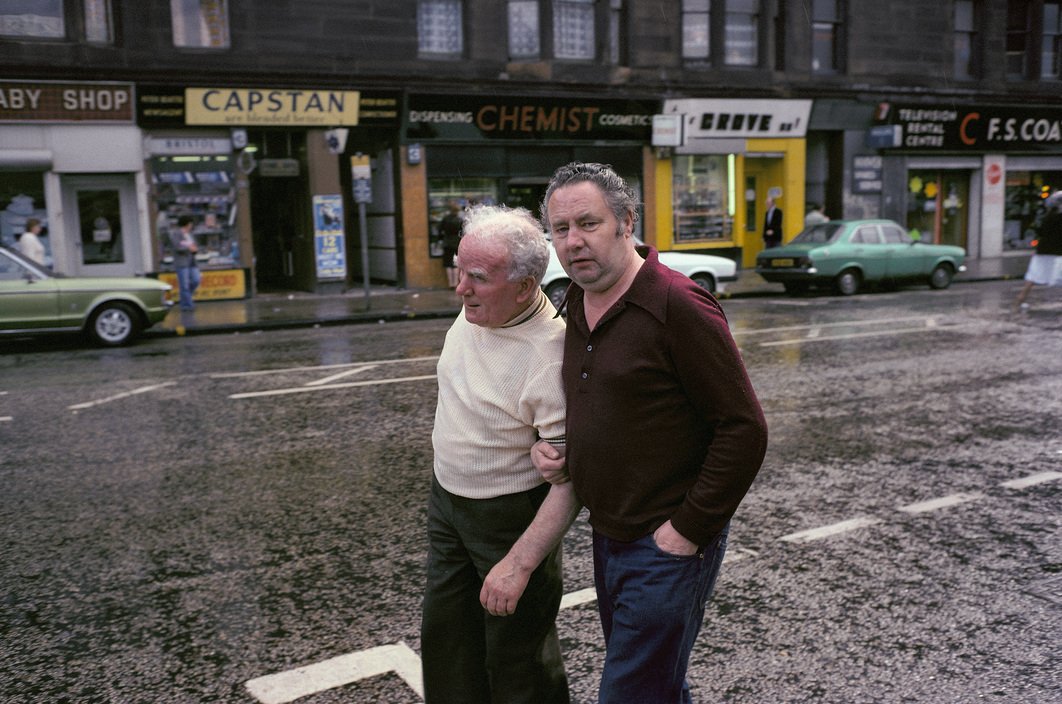
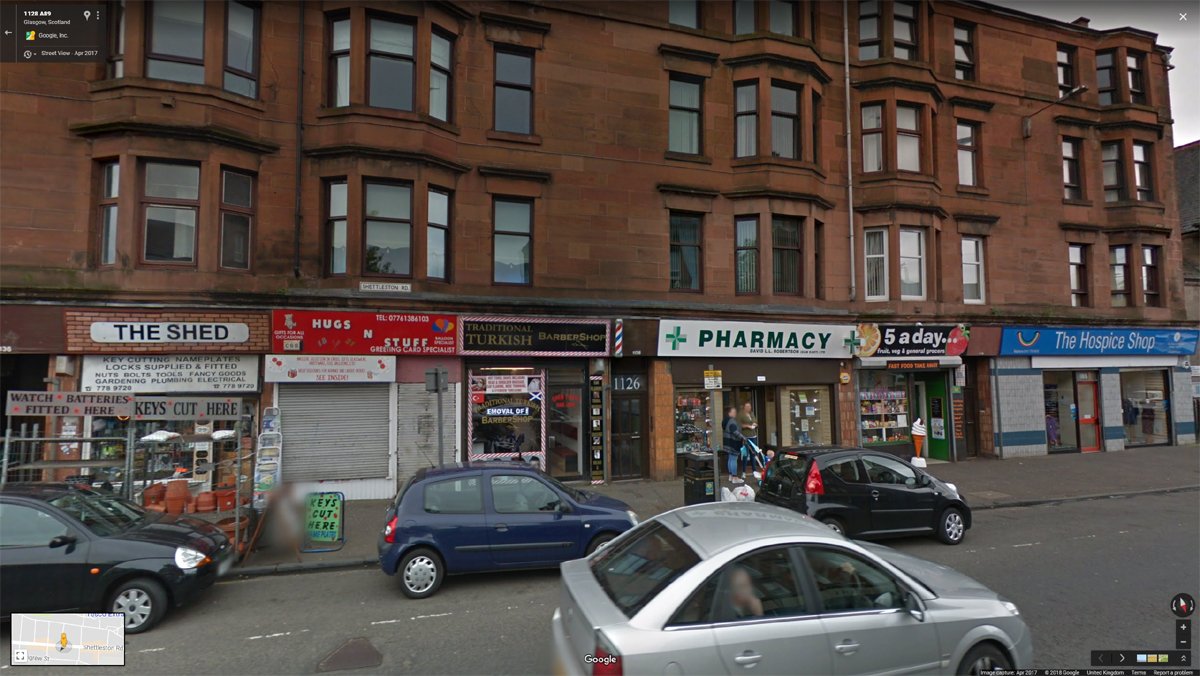
This little tour was done for no real purpose other than my own amusement, and I claim no special insight into the work of Raymond Depardon. It was sad, but kinda fun (which is kinda sad in itself…) to locate these images today but there are 4 which (infuriatingly) elude me.
I just couldn’t pin it, feels Caltony to me 
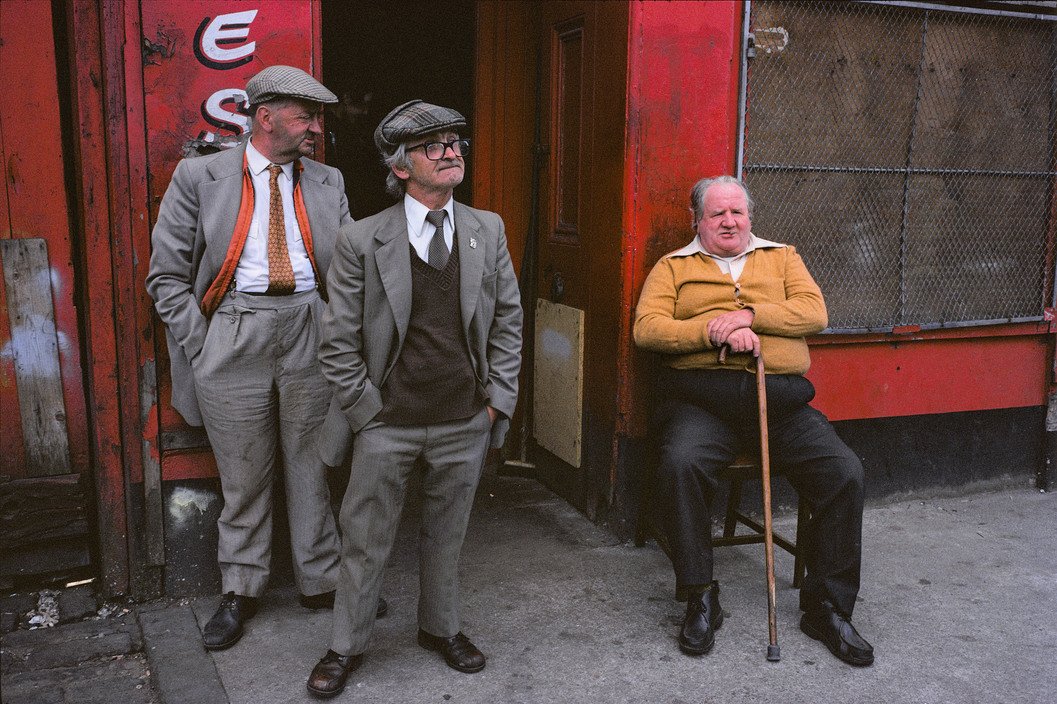
This one seems so obvious, feels like its around Gallowgate 
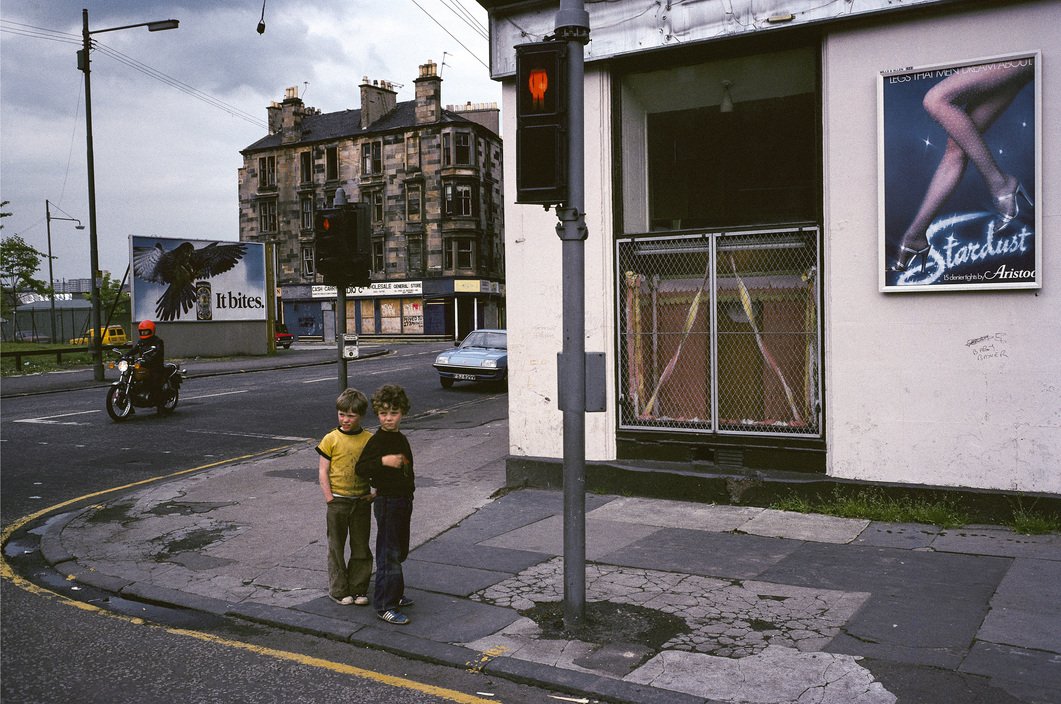
Off to the steamie… Whitevale? 
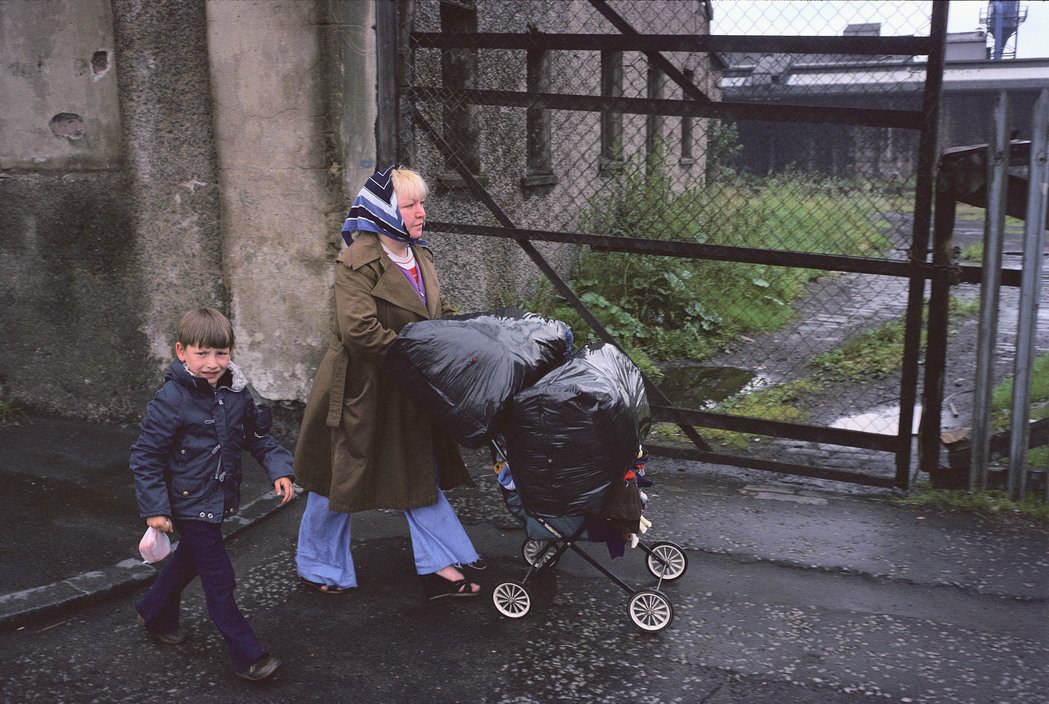
My feeling is east but it could be anywhere 
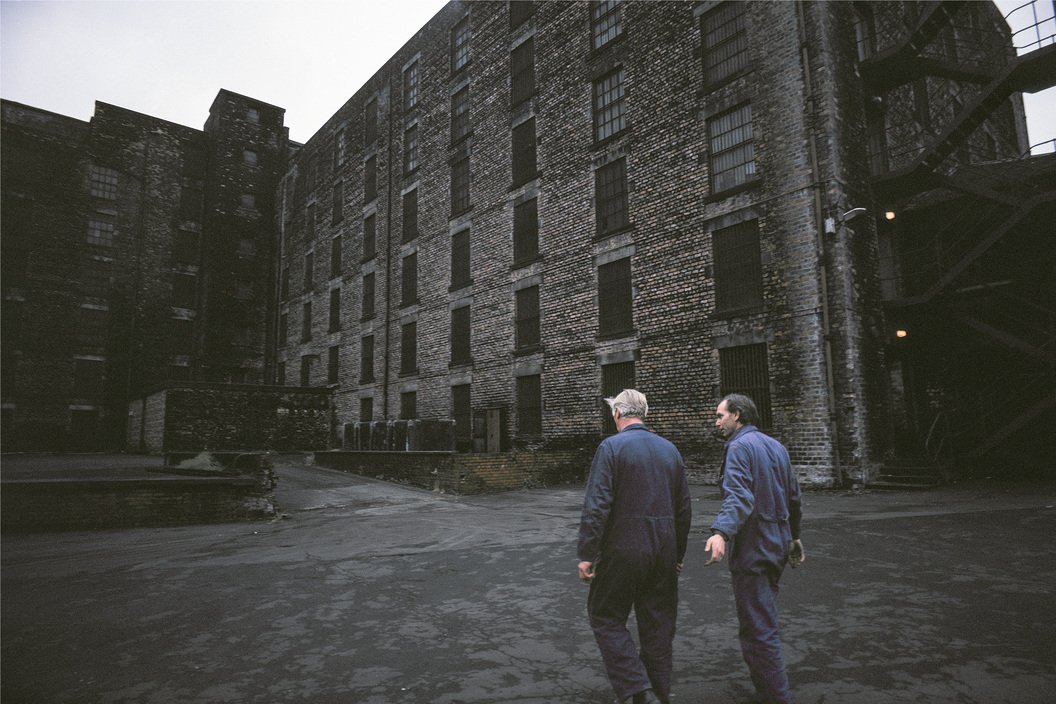
Answers on a postcard…
You can read a brief interview with #RaymondDepardon talking about his visits to Glasgow to take these images on Vice:
vice.com/en_uk/article/…
vice.com/en_uk/article/…
• • •
Missing some Tweet in this thread? You can try to
force a refresh





